Forums
- Forums
- Axis And Allies Forum
- General Discussion
- Aviation News
Aviation News
Post a reply
- Go to Previous topic
- Go to Next topic
- Go to Welcome
- Go to Introduce Yourself
- Go to General Discussion
- Go to Screenshots, Images and Videos
- Go to Off topic
- Go to Works in Progress
- Go to Skinning Tips / Tutorials
- Go to Skin Requests
- Go to IJAAF Library
- Go to Luftwaffe Library
- Go to RAF Library
- Go to USAAF / USN Library
- Go to Misc Library
- Go to The Ops Room
- Go to Made in Germany
- Go to Campaigns and Missions
- Go to Works in Progress
- Go to Juri's Air-Raid Shelter
- Go to Campaigns and Missions
- Go to Works in Progress
- Go to Skinpacks
- Go to External Projects Discussion
- Go to Books & Resources
-
 Main AdminAn F/A-18 Hornet with Marine Fighter Attack Squadron (VMFA) 323, MAG-11, 3rd Marine Aircraft Wing (MAW), carrying ten AIM-120 and two AIM-9X Air-to-Air missiles, completes refueling prior to a training mission over the W-291 training area in southern California, March 6. MAG-11 supports and integrates aviation combat power and capabilities while enhancing 3rd MAW's ability generate lethality for the supported Marine Air-Ground Task Force (MAGTF). (U.S Marine Corps photo's by Sgt. Dominic Romero)
Main AdminAn F/A-18 Hornet with Marine Fighter Attack Squadron (VMFA) 323, MAG-11, 3rd Marine Aircraft Wing (MAW), carrying ten AIM-120 and two AIM-9X Air-to-Air missiles, completes refueling prior to a training mission over the W-291 training area in southern California, March 6. MAG-11 supports and integrates aviation combat power and capabilities while enhancing 3rd MAW's ability generate lethality for the supported Marine Air-Ground Task Force (MAGTF). (U.S Marine Corps photo's by Sgt. Dominic Romero)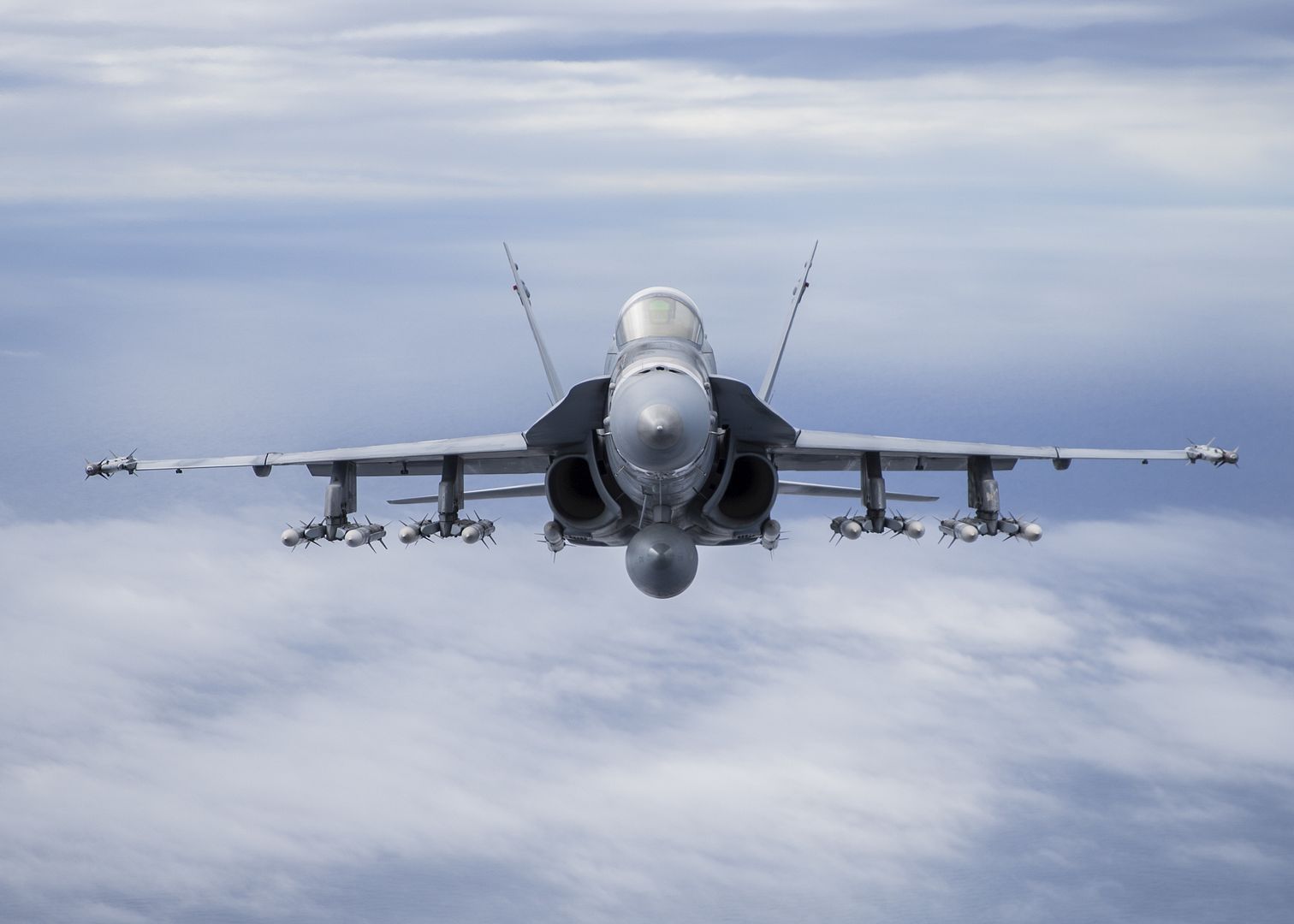
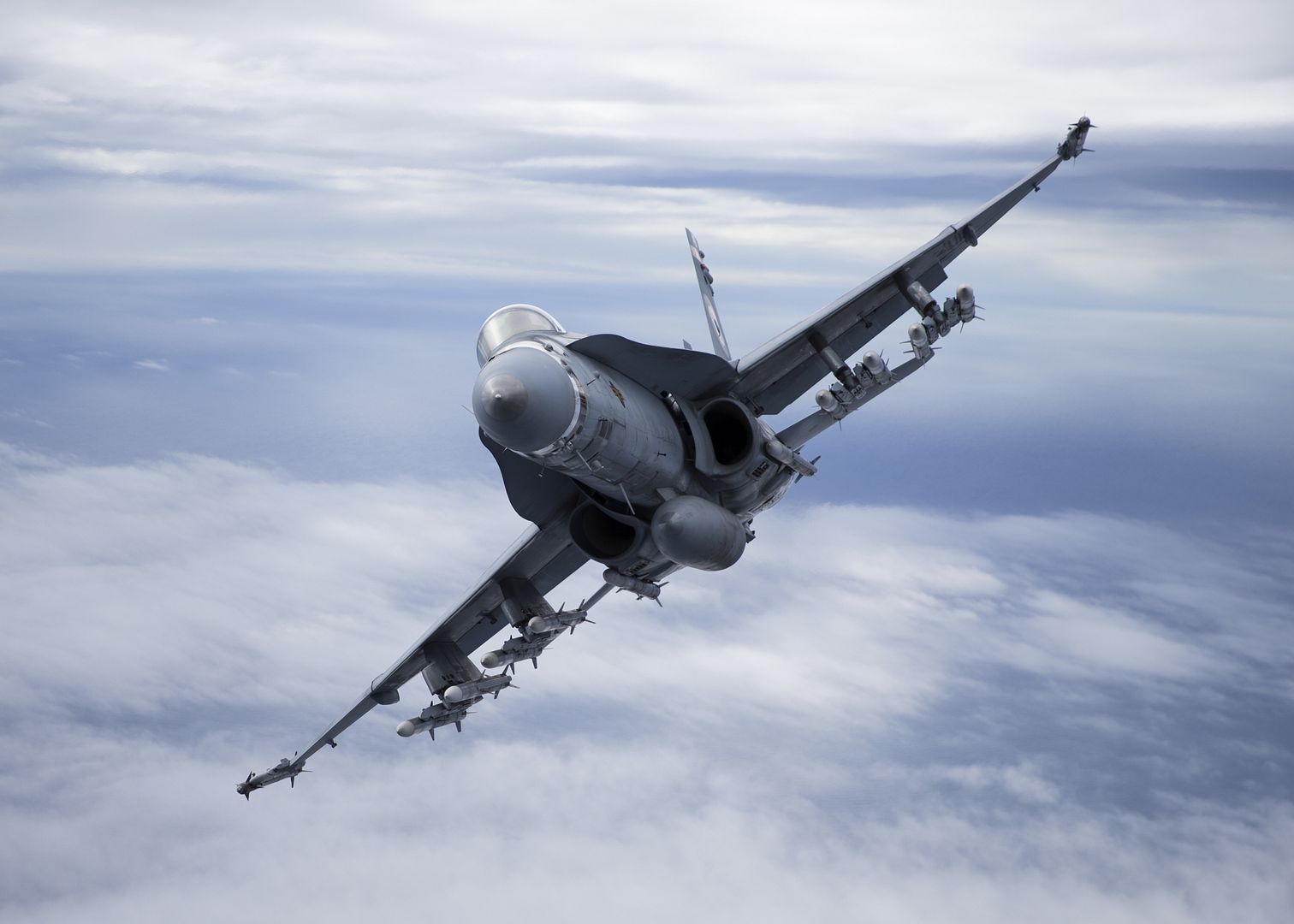
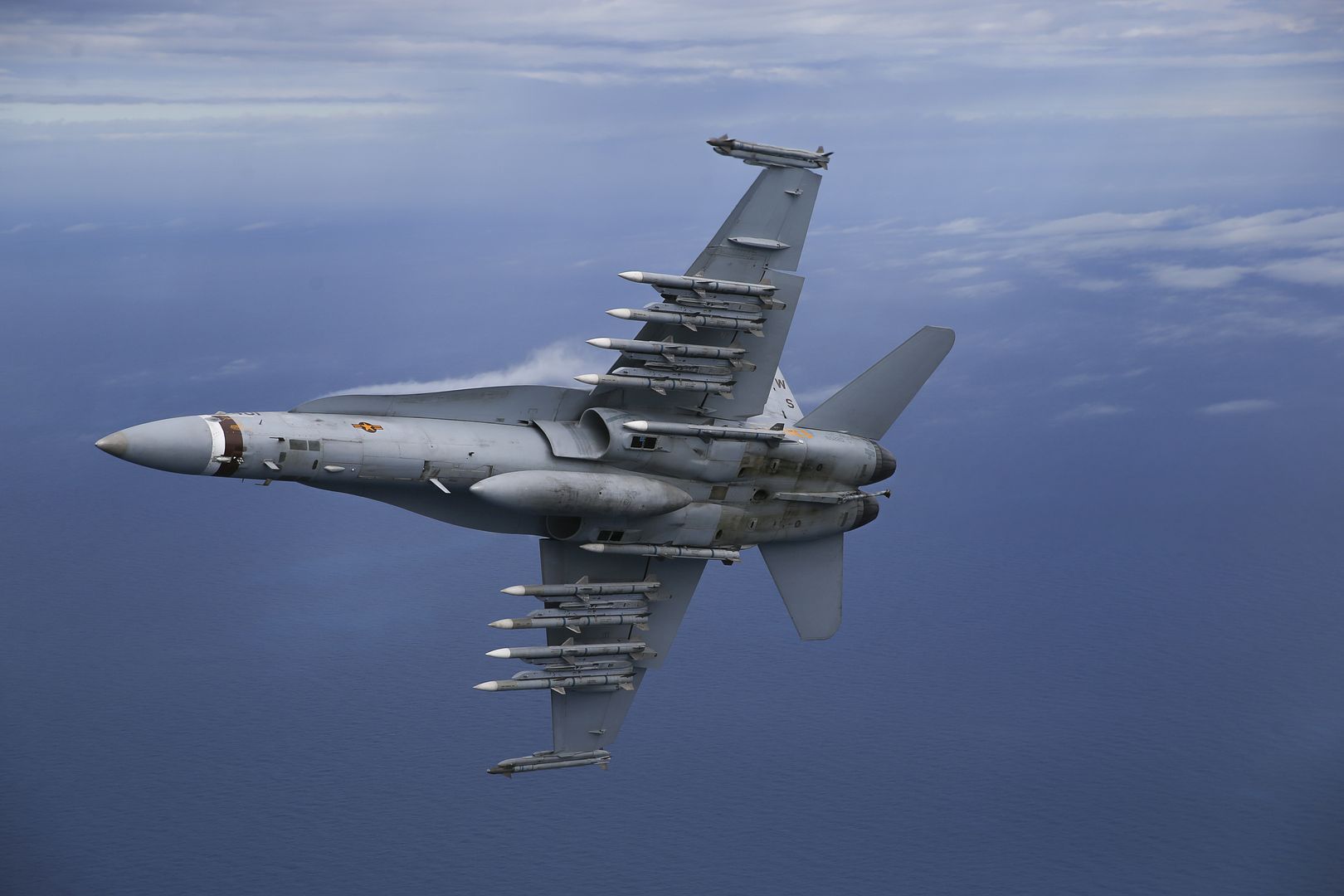
INDIAN OCEAN (March 7, 2019) An F/A-18E Super Hornet assigned to Strike Fighter Squadron (VFA) 151 launches from the flight deck of the aircraft carrier USS John C. Stennis (CVN 74) in the Indian Ocean, March 7, 2019. John C. Stennis is deployed in the U.S. 7th Fleet area of operations in support of security and stability in the Indo-Pacific region. (U.S. Navy photo by Mass Communication Specialist 3rd Class Grant G. Grady/Released)
Air Senegal has taken delivery of its first A330-900 from Airbus? production line in Toulouse. The carrier is the first African airline to fly Airbus? new generation widebody aircraft featuring latest technology engines, new wings with enhanced aerodynamics and a curved wingtip design, drawing best practices from the A350 XWB.
Fitted with a three-class cabin comprising 32 Business class, 21 Premium Plus and 237 Economy class seats, Air Senegal plans to operate its first A330neo on its Dakar-Paris route and to further develop its medium and long-haul network.
The A330neo is the true new generation aircraft building on the best-selling widebody A330?s features and leveraging on A350 XWB technology. Powered by the latest Rolls-Royce Trent 7000 engines, the A330neo provides an unprecedented level of efficiency ? with 25% lower fuel burn per seat than previous generation competitors. Equipped with the Airspace by Airbus cabin, the A330neo offers a unique passenger experience with more personal space and the latest generation in-flight entertainment system and connectivity.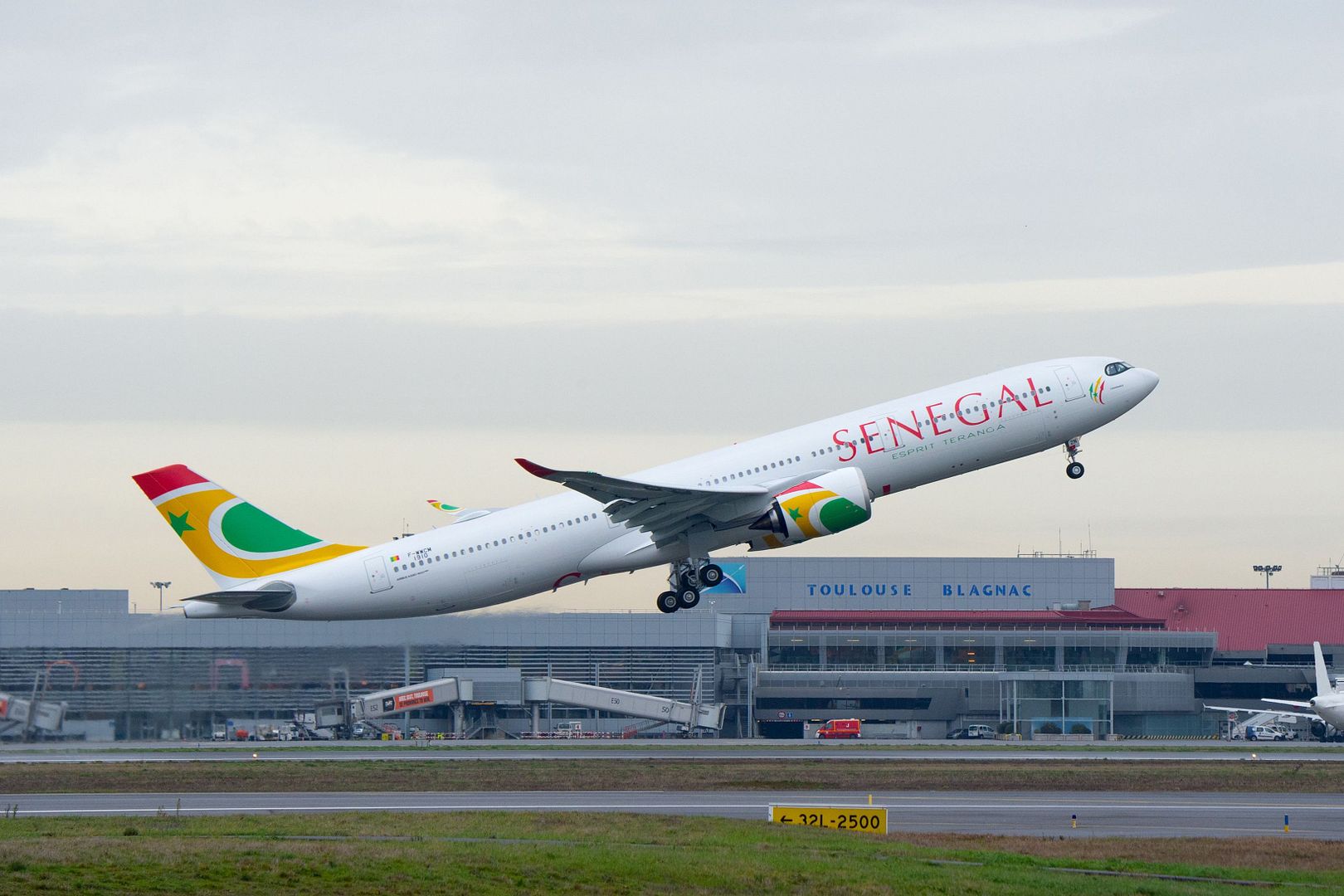
-
 Main AdminThe Tora, Tora, Tora Commemorative Air Force conducts their flight demonstration on the Marine Corps Air Station (MCAS) Yuma flight line during the 2019 Twilight Show, March 8, 2019. "Tora, Tora, Tora" is the Commemorative Air Force's re-creation of the Japanese attack on Pearl Harbor. (U.S. Marine Corps photo's by Cpl. Hanna Powell)
Main AdminThe Tora, Tora, Tora Commemorative Air Force conducts their flight demonstration on the Marine Corps Air Station (MCAS) Yuma flight line during the 2019 Twilight Show, March 8, 2019. "Tora, Tora, Tora" is the Commemorative Air Force's re-creation of the Japanese attack on Pearl Harbor. (U.S. Marine Corps photo's by Cpl. Hanna Powell)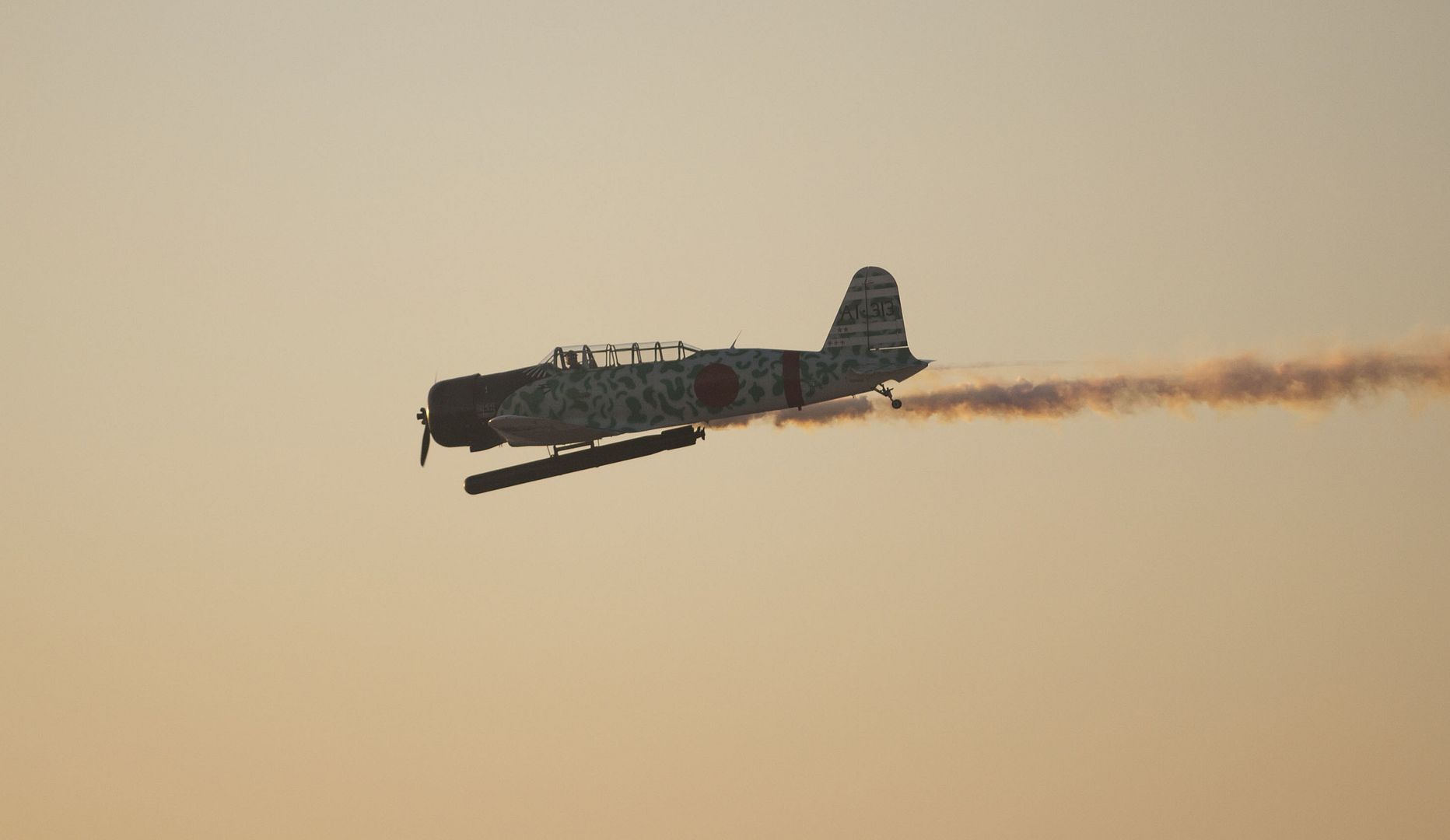
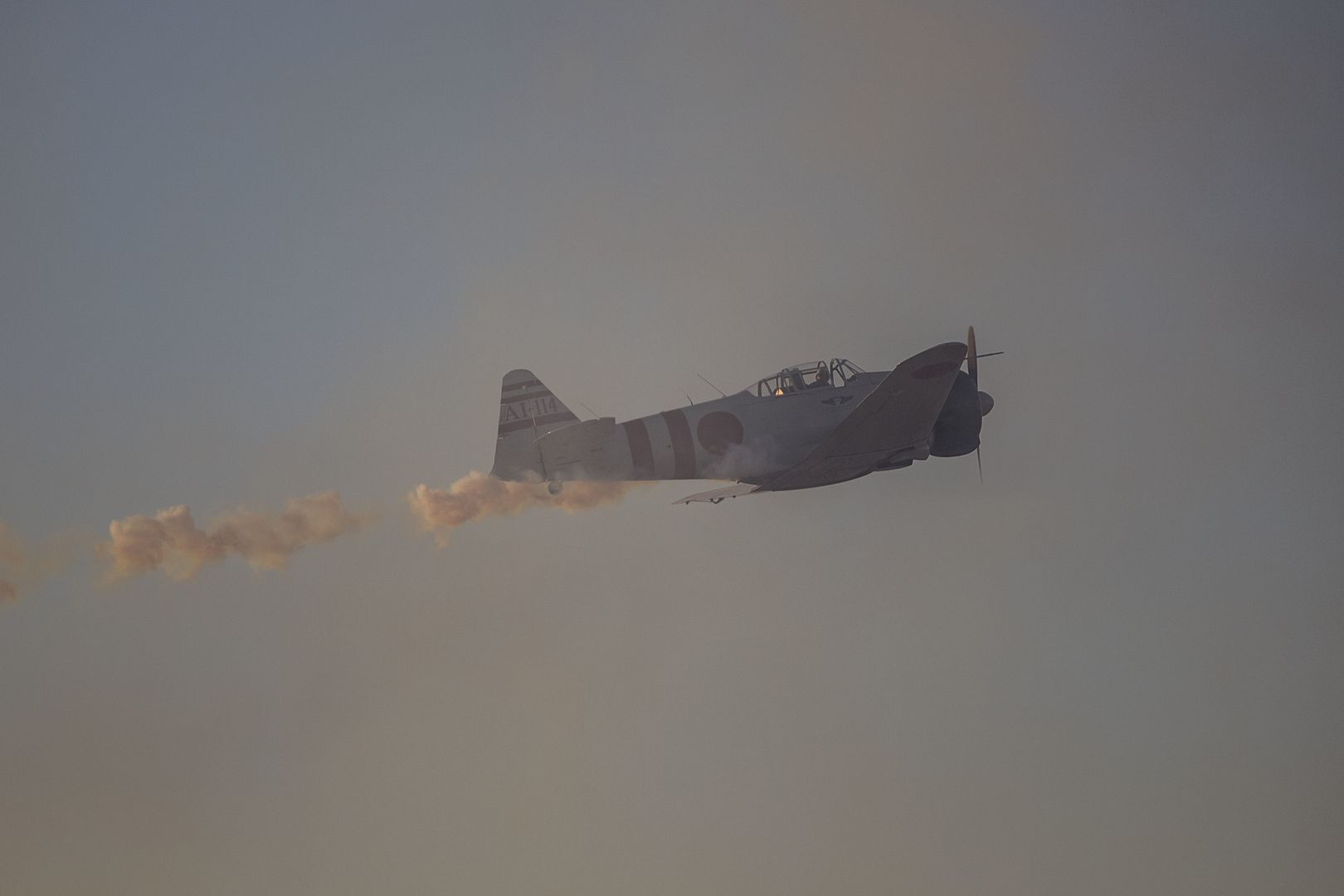
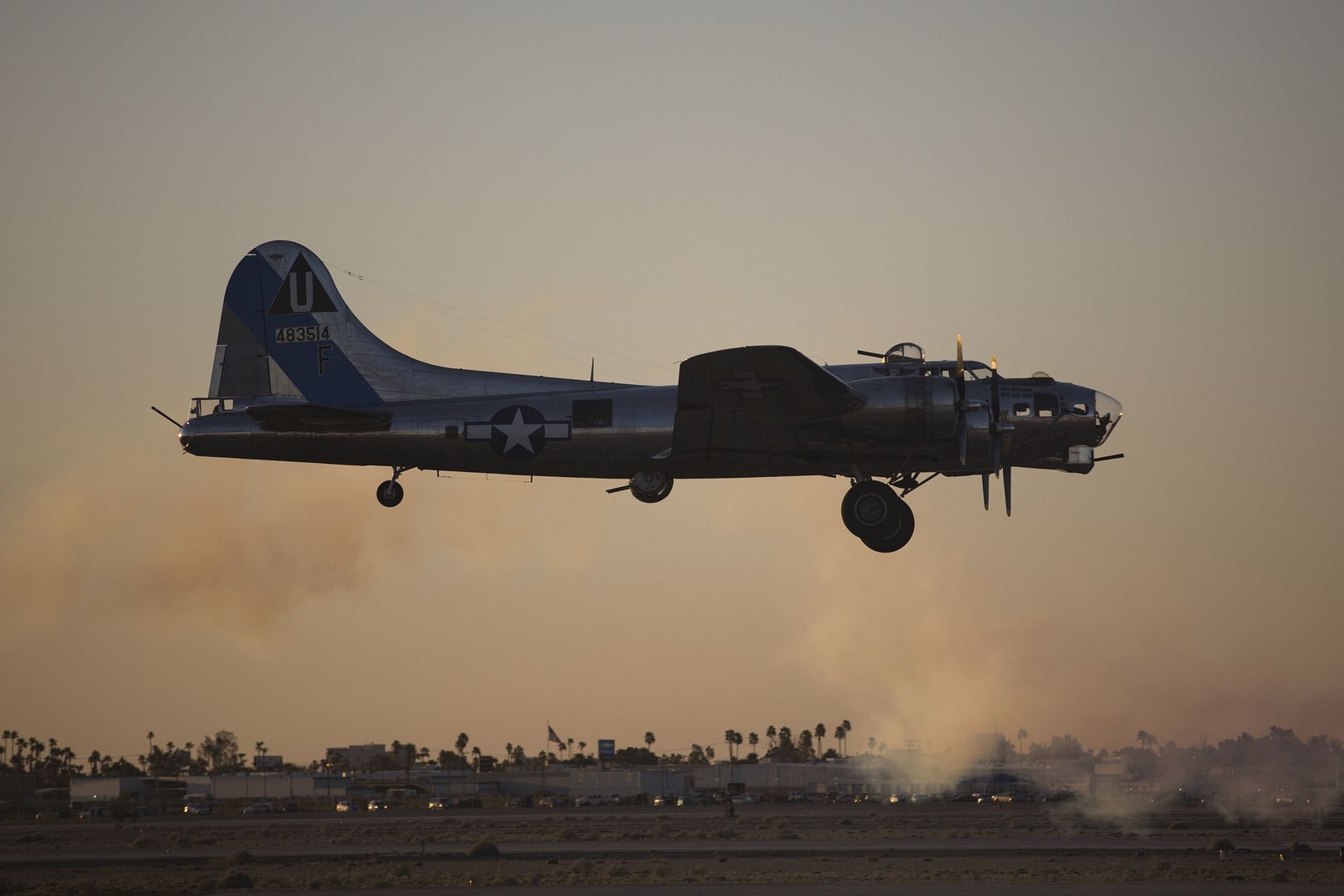
U.S. Marine Corps F-35B Lightning II assigned to Marine Fighter Attack Squadron 122 prepares to showcase is aerial capabilities to spectators during the 2019 Yuma Twilight Show hosted by Marine Corps Air Station (MCAS) Yuma Ariz., March 8, 2019. The airshow is MCAS Yuma's only military airshow of the year and provides the community an opportunity to see thrilling aerial and ground performers for free while interacting with Marines and Sailors. (U.S. Marine Corps photo by Lance Cpl. Joel Soriano)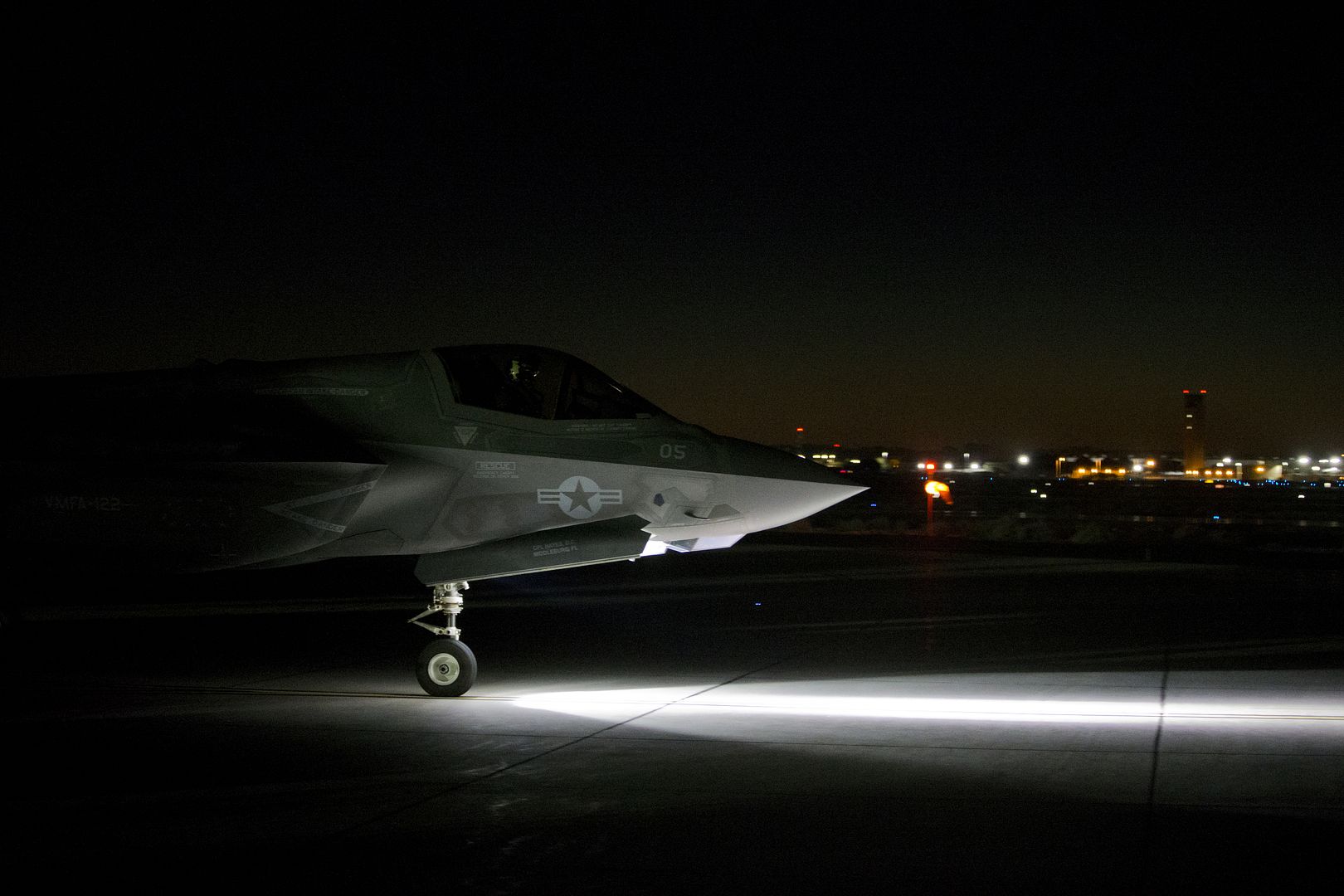
A U.S. Air Force A-10 Thunderbolt II and P-51D conduct a heritage flight during the 2019 Yuma Airhow hosted by Marine Corps Air Station (MCAS) Yuma Ariz., March 9, 2019. The airshow is MCAS Yuma's only military airshow of the year and provides the community an opportunity to see thrilling aerial and ground performers for free while interacting with Marines and Sailors. (U.S. Marine Corps photo by Sgt. Allison Lotz)
The U.S. Marine Corps F-35B displays their capabilities during the 2019 Yuma Airhow hosted by Marine Corps Air Station (MCAS) Yuma Ariz., March 9, 2019. The airshow is MCAS Yuma's only military airshow of the year and provides the community an opportunity to see thrilling aerial and ground performers for free while interacting with Marines and Sailors. (U.S. Marine Corps photo by Sgt. Allison Lotz)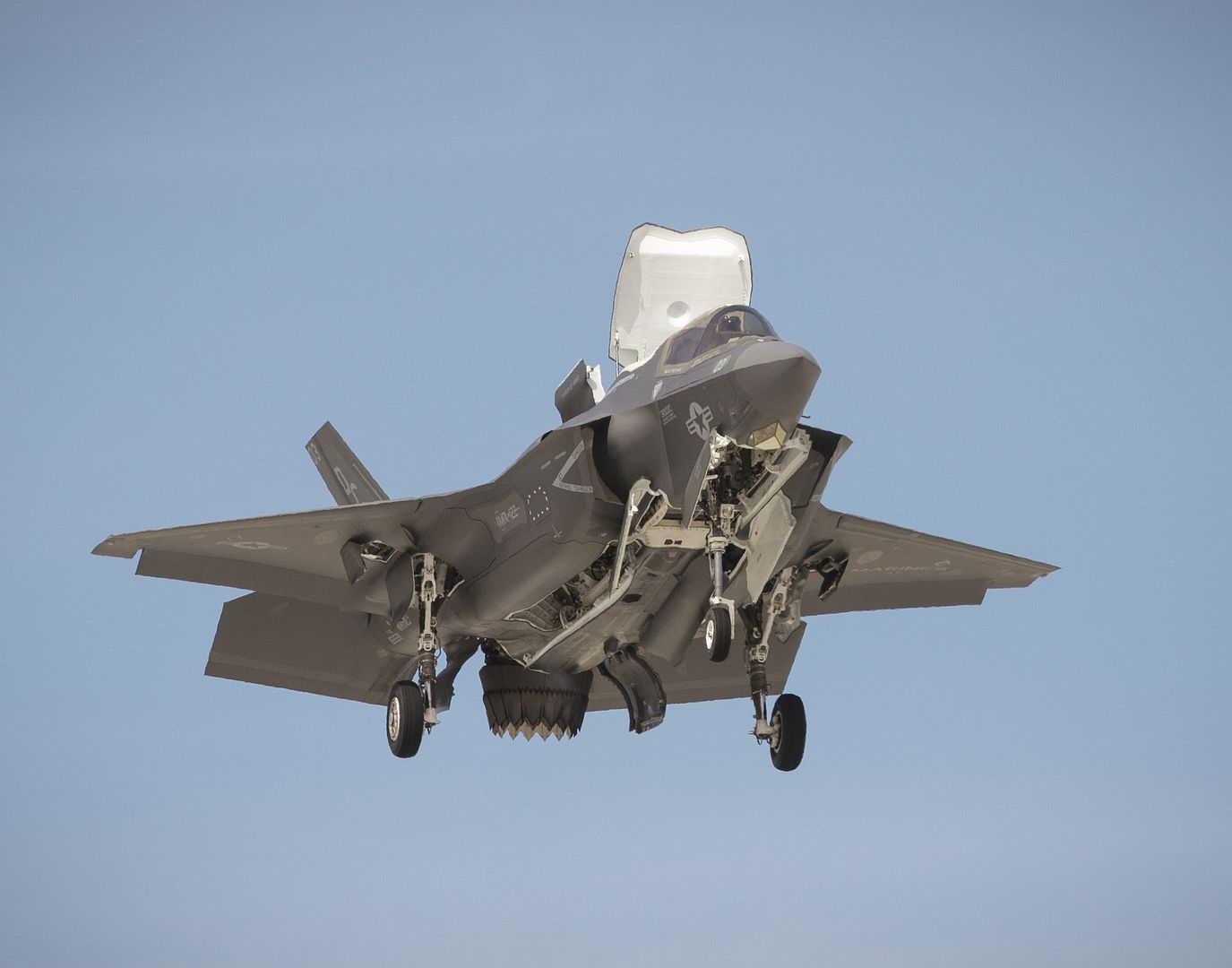
GULF OF OMAN (March 9, 2019) ? An AV-8B Harrier with the 22nd Marine Expeditionary Unit hovers prior to landing on the flight deck of the Wasp-class amphibious assault ship USS Kearsarge (LHD-3). The Harrier, with Marine Medium Tiltrotor Squadron 264 (Reinforced), performed confidence flights to ensure it is ready to carry out any potential missions. Marines and Sailors with the 22nd MEU and Kearsarge Amphibious Ready Group are currently deployed to the U.S. 5th Fleet area of operations in support of naval operations to ensure maritime stability and security in the Central region, connecting the Mediterranean and the Pacific through the western Indian Ocean and three strategic choke points. (U.S. Marine Corps photo by Sgt. Aaron Henson/Released)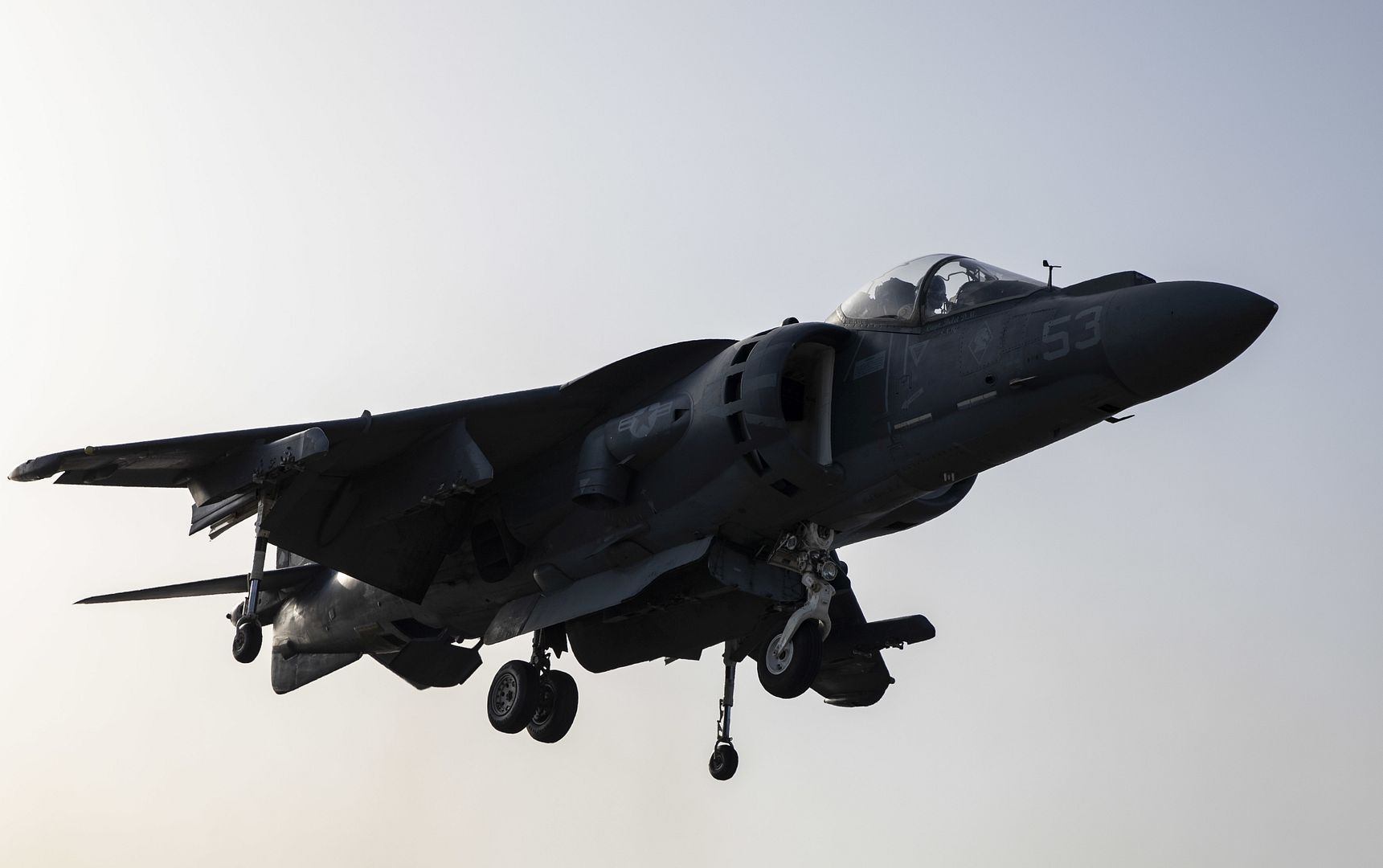
A 210th Rescue Squadron (RQS) Airman, out of Joint Base Elmendorf-Richardson, Alaska, looks out from a 210th RQS HH-60 Pave Hawk helicopter March 6, 2019, during Arctic Gold (AG) 19-4 near Eielson Air Force Base, Alaska. AG 19-4 simulated a downed aircraft in the Alaska wilderness. The purpose of the exercise was to test emergency services ability to effectively and efficiently respond to a crisis. (U.S. Air Force photo by Airman 1st Class Eric M. Fisher)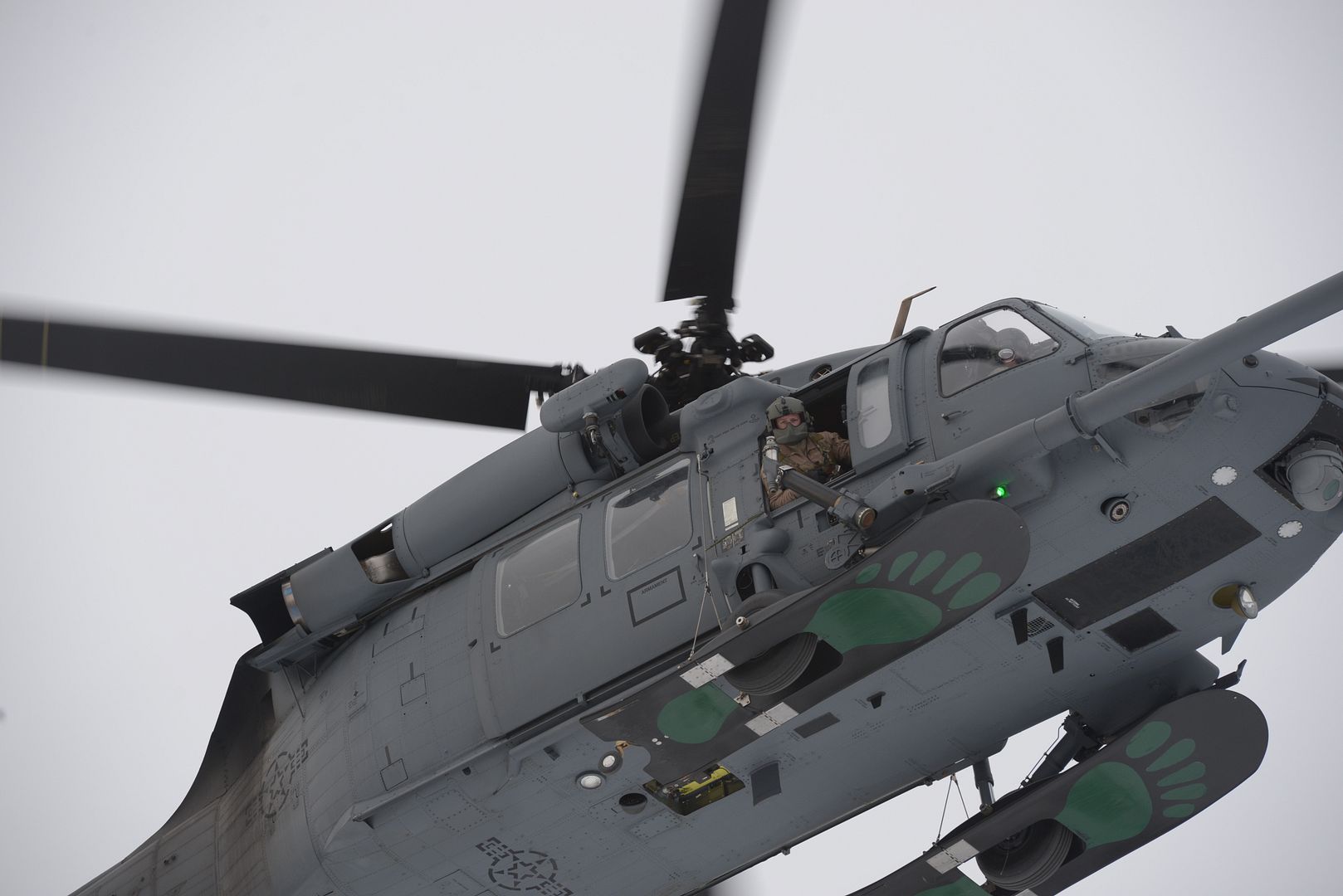
CHERRY POINT, N.C. (March 8, 2019) A U.S. Marine Corps EA-6B Prowler prepares for flight during a sundown ceremony for the aircraft at Marine Corps Air Station Cherry Point, North Carolina, March 8, 2019. Marine Tactical Electronic Warfare (VMAQ) 2 conducted the ceremony as the last remaining Prowler squadron in the Marine Corps to render a final farewell to the aircraft. The Prowler has been active since 1977, flying operations in support of NATO, Southeast Asia, Operation Desert Storm, Operation Iraqi Freedom, Operation Enduring Freedom and Operation Inherent Resolve. The aircraft is assigned to VMAQ-2, Marine Aircraft Group 14, 2nd Marine Aircraft Wing. (U.S. Marine Corps photo by Lance Cpl. Liam D. Higgins/Released)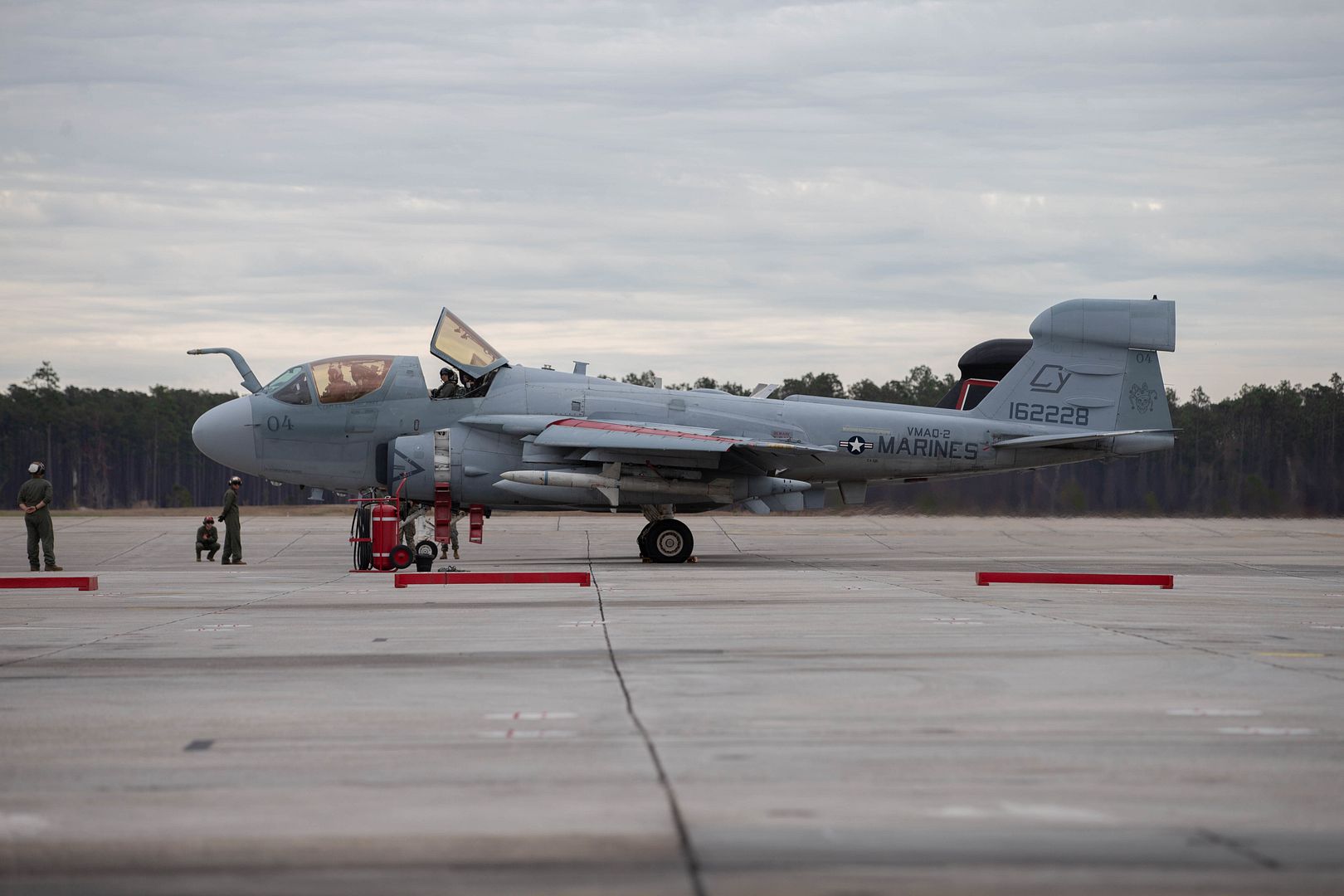
EL CENTRO, Calif. (March 9, 2019) The U.S. Navy Flight demonstration squadron, the Blue Angels, fly in the delta formation over the Imperial Valley, March 9, 2019. The Blue Angels are conducting winter training at Naval Air Facility El Centro, California, in preparation for the 2019 show season. The team is scheduled to conduct 61 flight demonstrations at 32 locations across the country to showcase the pride and professionalism of the U.S. Navy and Marine Corps to the American public in 2019. (U.S. Navy photo by Mass Communication Specialist 2nd Class Timothy Schumaker/Released)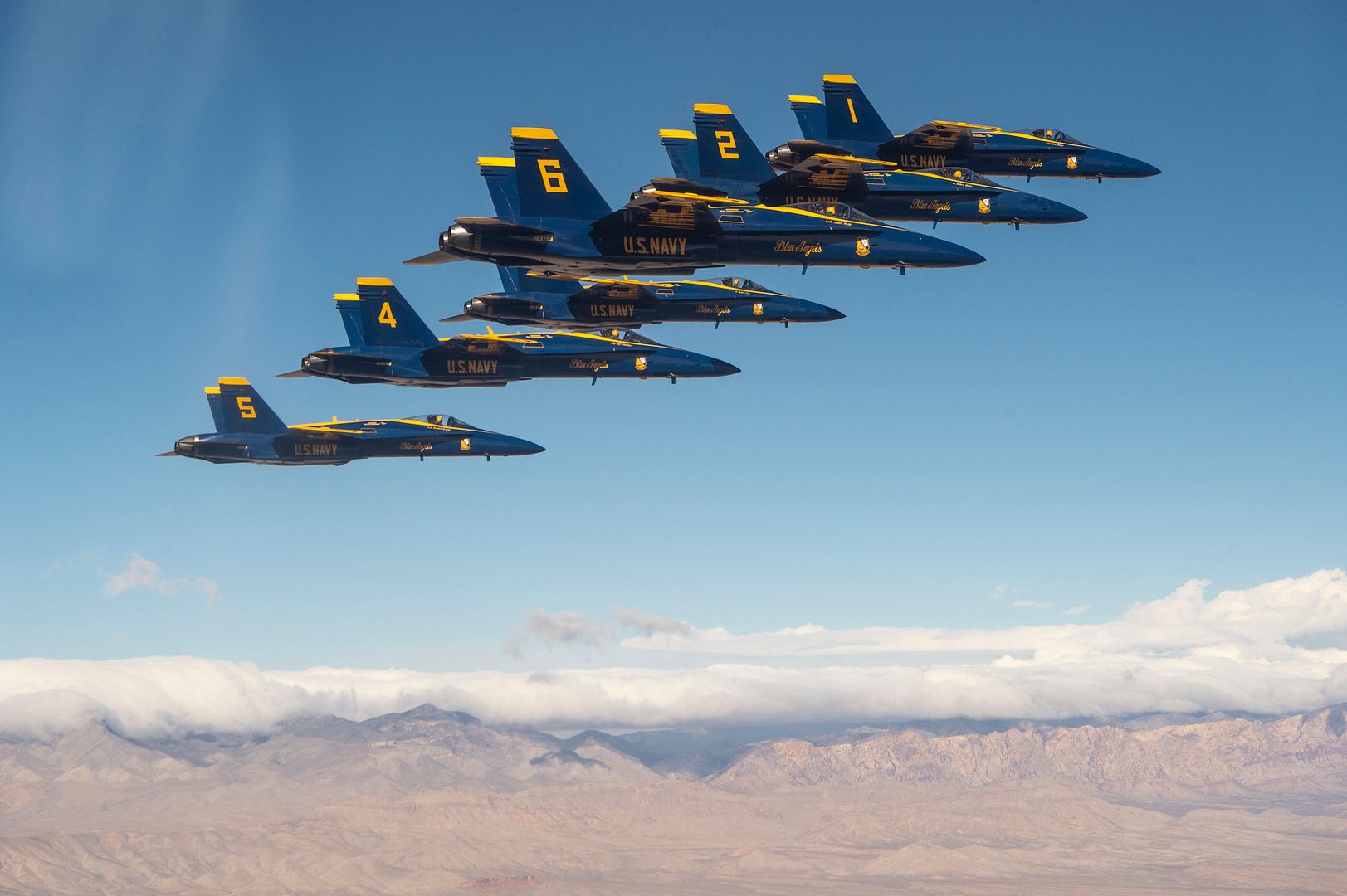
U.S. 5TH FLEET AREA OF OPERATIONS (March 10, 2019) Aviation Boatswain's Mate (Handling) 2nd Class Reymond Rallos gives the signal to launch an AV-8B Harrier on the flight deck of the Wasp-class amphibious assault ship USS Kearsarge (LHD 3), March 10, 2019. Kearsarge is the flagship for the Kearsarge Amphibious Ready Group and, with the embarked 22nd Marine Expeditionary Unit, is deployed to the U.S. 5th Fleet area of operations in support of naval operations to ensure maritime stability and security in the Central Region, connecting the Mediterranean and the Pacific through the western Indian Ocean and three strategic choke points. (U.S. Navy photo by Mass Communication Specialist 2nd Class Casey Moore/Released)
-
 Main AdminA Colombian Air Force Boeing KC-767 prepares to take flight while participating in Red Flag 19-2 at Nellis Air Force Base, Nev., March 11, 2019. The Kc-767 is a military aerial refueling and strategic transport aircraft. (U.S. Air Force photo by Airman 1st Class Bailee A. Darbasie)
Main AdminA Colombian Air Force Boeing KC-767 prepares to take flight while participating in Red Flag 19-2 at Nellis Air Force Base, Nev., March 11, 2019. The Kc-767 is a military aerial refueling and strategic transport aircraft. (U.S. Air Force photo by Airman 1st Class Bailee A. Darbasie)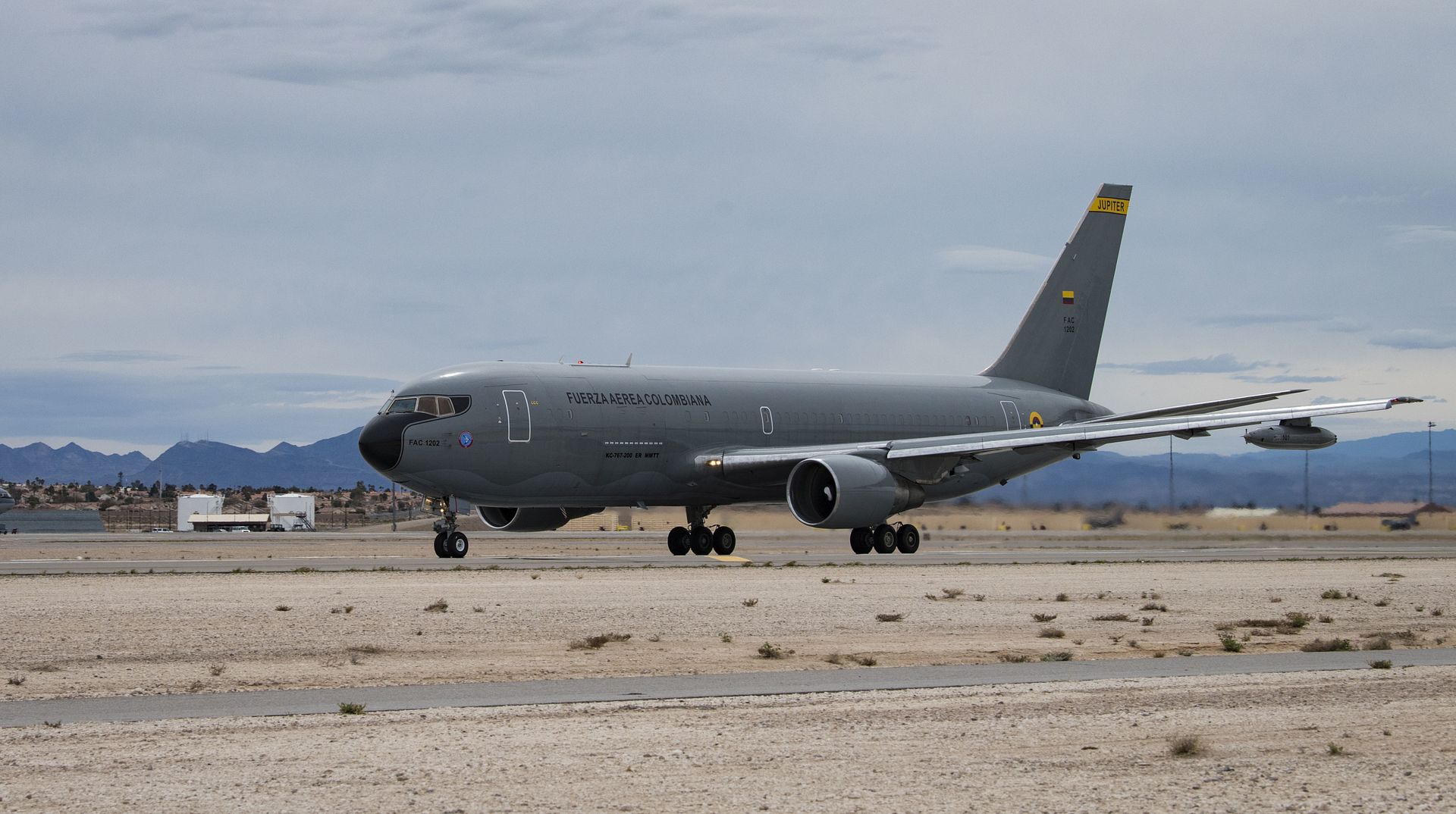
PACIFIC OCEAN (March 10, 2019) A T-45C Goshawk training aircraft launches from the flight deck of the aircraft carrier USS Theodore Roosevelt (CVN 71). Theodore Roosevelt is conducting routine operations in the Eastern Pacific. (U.S. Navy photo by Mass Communication Specialist 3rd Class Zachary Wheeler/Released)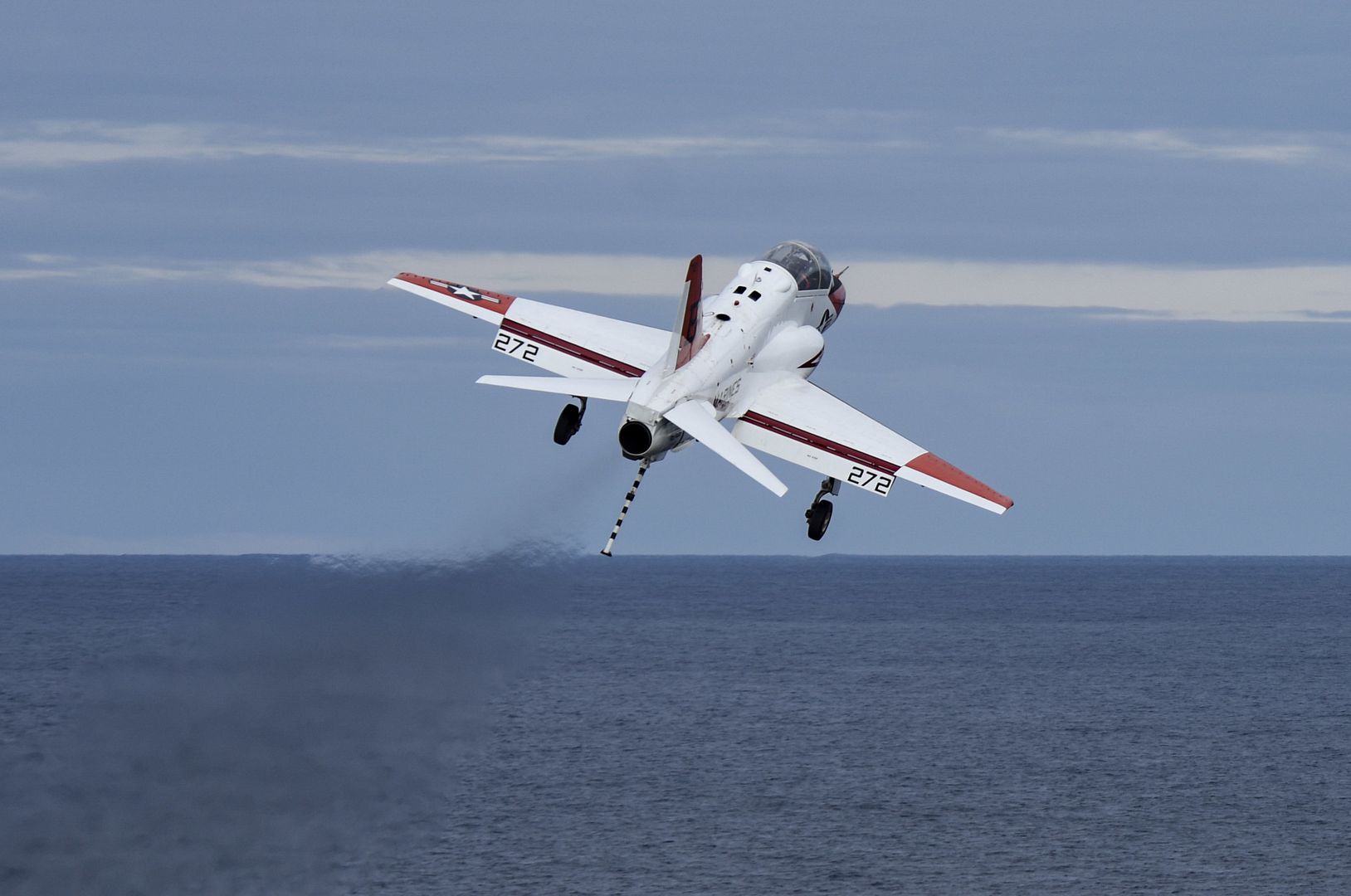
ATANTIC OCEAN (Mar. 11, 2019) A CH-53E Super Stallion helicopter, assigned to Marine Heavy Helicopter Squadron (HMH) 464, lands on the flight deck aboard the amphibious assault ship USS Bataan (LHD 5).The ship is underway conducting sea trials. (U.S. Navy photo by Mass Communication Specialist 3rd Class Lenny Weston).
OSLO, March 12, 2019 ? AIM Norway and Lockheed Martin (NYSE: LMT) signed a historic agreement to jointly establish the world?s first Lockheed Martin-licensed F-16 ?Falcon Depot? center for the Royal Norwegian Air Force (RNoAF) and other regional F-16 customers. The facility will be located in Kjeller, Norway, at an existing maintenance, repair and overhaul (MRO) facility used by the RNoAF.
AIM Norway offers decades of F-16 sustainment knowledge that can benefit F-16 customers across the globe by leveraging AIM?s extensive technical expertise and capabilities. Lockheed Martin, the original equipment manufacturer and design authority of the F-16, is leveraging AIM?s extensive technical expertise and MRO experience to support the Royal Norwegian Air Force, regional customers and the global F-16 fleet.
?Lockheed Martin is extremely proud of our longstanding relationship with AIM Norway and Norway,? said Susan Ouzts, vice president of Lockheed Martin's F-16 Program. ?This first-of-its-kind Falcon Depot Center reflects the strong global demand for F-16 sustainment services, which is poised to grow as we continue to produce new F-16s and upgrade existing aircraft.?
Lockheed Martin continues to grow its F-16 customer base and sees new F-16 production opportunities totaling more than 400 aircraft. There are approximately 3,000 operational F-16s in service today with 25 countries.
"AIM Norway is extremely proud that Lockheed Martin recognizes our experienced personnel, competence and capabilities. Together we will ensure continued success and readiness for existing and new F-16 operators," said Ove Hauk?ssveen, CEO of AIM Norway.
AIM Norway is also expanding its footprint and capabilities in Norway. The F-35 Joint Program Office selected Rygge Air Base, Norway, as an F135 engine MRO&U center. The RNoAF currently has nine F-35s in country and Norway?s F-35 fleet is expected to grow to 52 aircraft.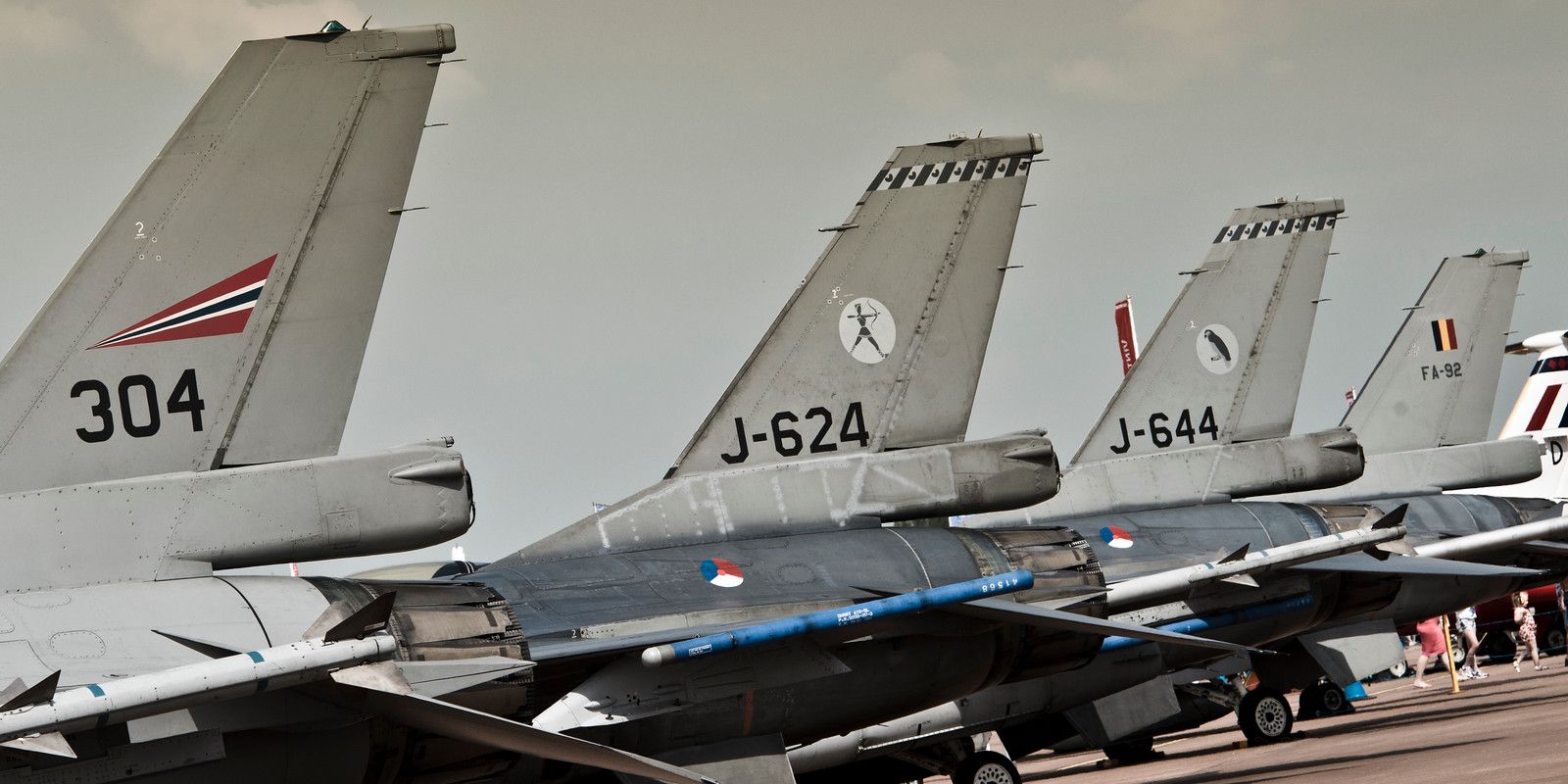
Uzbekistan Airways, the flagship airline of Uzbekistan has taken delivery of its first A320neo, confirming the success of the A320 Family in Central Asia. The event took place on March 8 in Hamburg with Gennadiy Kharlap Deputy Director General of Uzbekistan Airways and Kimon Sotiropoulos, Vice President Central and Northern Europe, Russia & CIS Airbus.
The aircraft, acquired through a leasing contract with BOC is part of an order for two aircraft, featuring a two class cabin with 12 premium and 138 economy seats. The aircraft is powered by CFM Leap 1A engines.
Uzbekistan Airways became the first airline in 1996 in a CIS country to operate a Western built aircraft. The A320neo, renowned for its unbeatable fuel efficiency, will join the airline?s fleet of ten A320ceo operated since 2010, across a network in Europe, America, the Middle East and Asia.
The A320neo and its derivative aircraft family members are the world?s best-selling single aisle aircraft with over 6,500 orders from over 100 customers. It has pioneered and incorporated the latest technologies, including its new generation engines and the industry's reference cabin design, delivering 20 percent fuel cost savings alone. The A320neo also offers significant environmental benefits with nearly a 50 percent reduction in noise footprint compared to previous generation aircraft.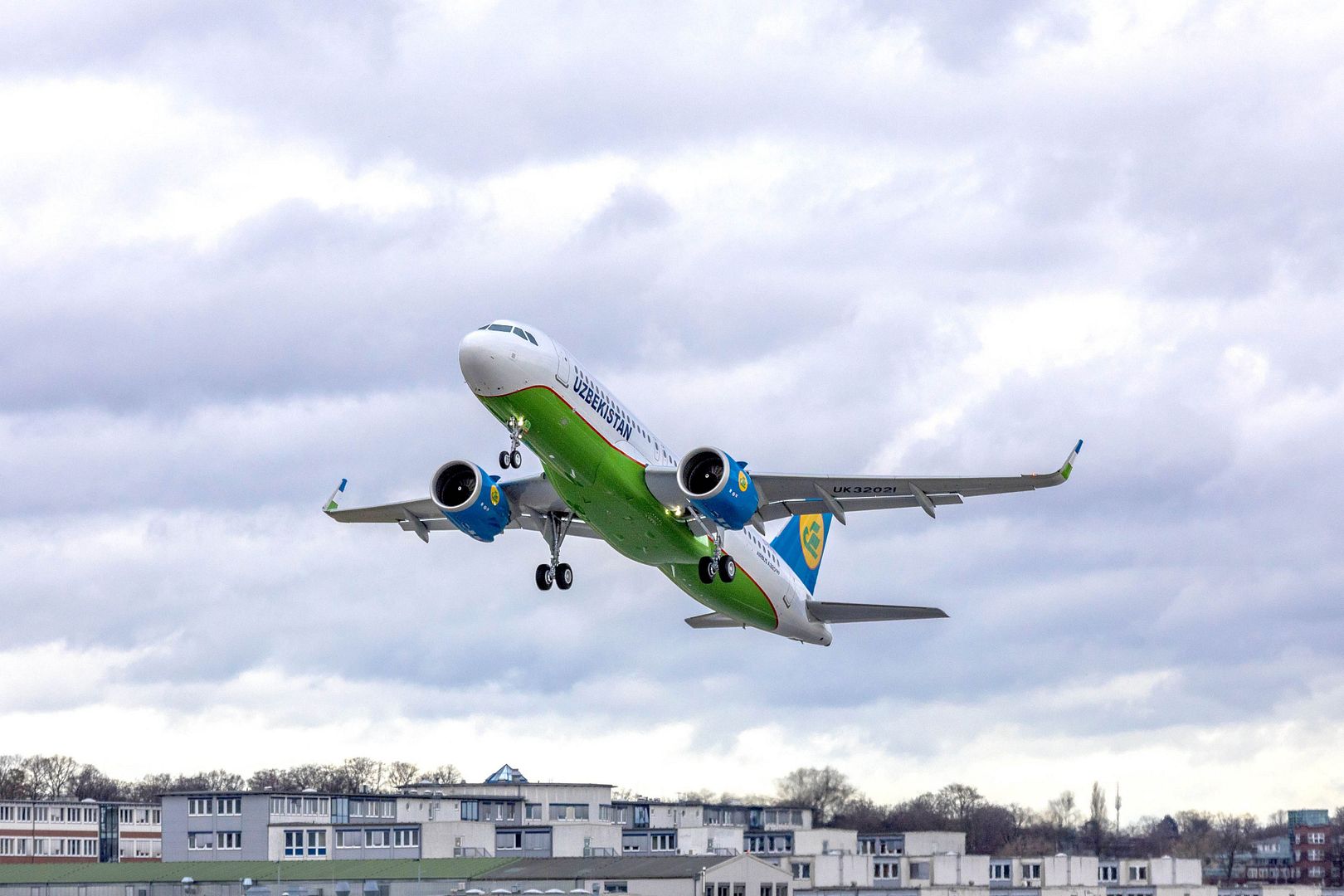
-
 Main AdminHURLBURT FIELD, Fla. (AFNS) --
Main AdminHURLBURT FIELD, Fla. (AFNS) --
The 4th Special Operations Squadron at Hurlburt Field, is now home to Air Force Special Operations Command?s newest aircraft ? the Block 30 AC-130J Ghostrider gunship.
Similar to the Block 20 AC-130Js flown by the 73rd Special Operations Squadron, the Block 30 upgrade marks a major improvement in software and avionics technology over the current fleet of Block 20s.
?The Block 30 AC-130J is now our most lethal aircraft in AFSOC's inventory,? said Maj. Brandon Hughes, AFSOC headquarters AC-130J requirements chief.
The new 4th SOS gunship is equipped with the precision strike package, which includes a mission management console, a robust communications suite, two electro-optical/infrared sensors, advanced fire control equipment, a precision-guided munitions delivery capability, as well as trainable 30 mm Mk 44 Bushmaster II and 105 mm M102 howitzer weapons onboard. Additional improvements include updated crew seats with added safety features and a relocation of equipment into more optimal locations.
The 4th SOS currently operates the AC-130U Spooky and has held the title as the most deployed squadron in the U.S. Air Force since 9/11.
?The men and women of the 4th SOS have been executing the close air support and air interdiction mission with one of the most feared gunships, the AC-130U, for 20 years,? said Col. Michael Conley, 1st Special Operations Wing commander. ?These updated capabilities provide them the most modernized gunship to date.?
The Block 30 AC-130J will fulfill the same mission sets as the Spooky; however, it will cost approximately 1/3 to operate per flying hour due to the upgraded turboprop engines.
?The technology in this 5th generation gunship will ensure our combat relevance in the skies above today?s battlefields and the battlefields of the future,? Conley said.
The Ghostrider reached initial operational capability in 2017, and the first Block 30 AC-130J will remain in a testing status for approximately one year before it becomes operationally deployable.
?The 4th SOS will start receiving J-qualified crewmembers in the coming months,? said Lt. Col. Pete Ventres, 4th SOS commander. ?The vast majority of U-model aircrews and maintainers will retrain into the AC-J to ensure we retain already-developed talent.?
For now, Air Commandos with the 4th SOS will continue to operate the Spooky until it joins the AC-130H Spectres in retirement by the end of 2020.
?This is a significant milestone in our heritage and the gunship nation,? Ventres said. ?The AC-130J represents a leap into the future without abandoning the lessons of the past.?
While technology continues to advance, the 4th SOS will keep their sights set on their main mission.
?The protection of special operations forces on the ground remains paramount,? Ventres said. ?The ?C? in CAS stands for ?Close,? and when we?re needed, that?s where you?ll find us.?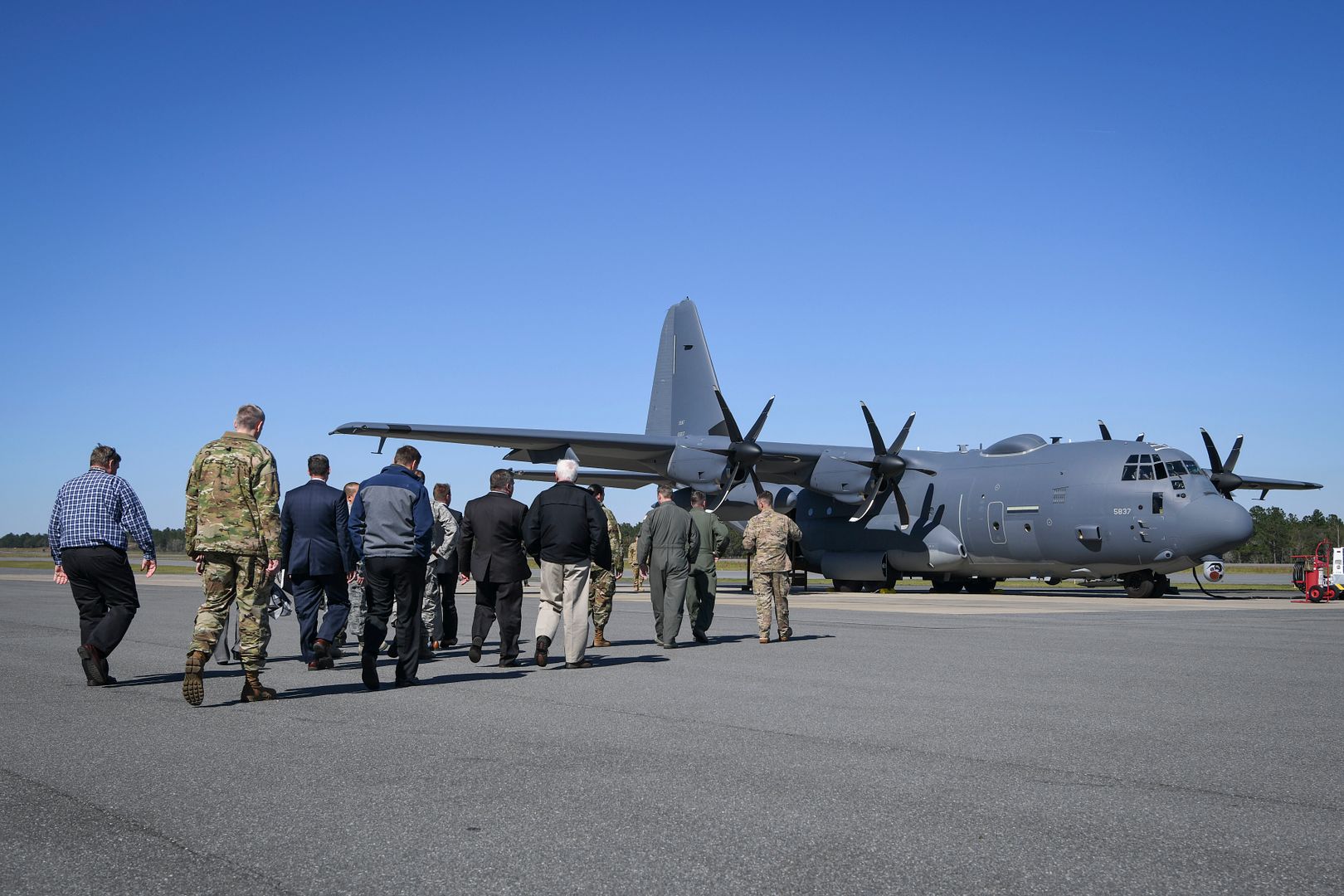
Airbus has delivered the first *FANS-C-equipped A320 aircraft to easyJet. In the framework of Europe?s SESAR Air Traffic Management (ATM) research programme, this aircraft ? and others to follow ? will take part in the Airbus-led project ?Demonstration of air traffic management improvements generated by 4D Initial Trajectory Information Sharing? (DIGITS), which will demonstrate the sharing of an aircraft's predicted trajectory data with air traffic control (ATC).
FANS-C technology will enable airlines to optimise their aircraft?s trajectories and make traffic flows more fluid and aircraft speed easier to manage, which will help them to save fuel and reduce noise. In particular, the sharing of predicted trajectories with ATC controllers will enable smooth aircraft sequencing on approach and in the ?Terminal Maneuvering Area.?
Hugh McConnellogue, Group Head of Network Operations at easyJet said: ?We are very pleased to be the first airline to receive this new FANS-C technology in our Airbus aircraft ? and to try it for real in the SESAR demonstration. Our early hands-on experience already indicates that it promises to be an important enabler to increase the efficiency, safety and on-time performance of our expanding operations ? especially in the congested European airspace.?
Jean-Brice Dumont, Executive Vice President of Engineering, Airbus Commercial Aircraft said: ?We congratulate easyJet on the delivery of the first FANS-C equipped Airbus aircraft, which marks the start of this very large demonstration of 4D initial trajectory sharing across Europe.? He adds: ?We are proud to lead this SESAR project and to play our part in helping ATM respond to the increase in air traffic volume while enhancing safety, and to bring about a positive environmental impact thanks to a more efficient ATM system.?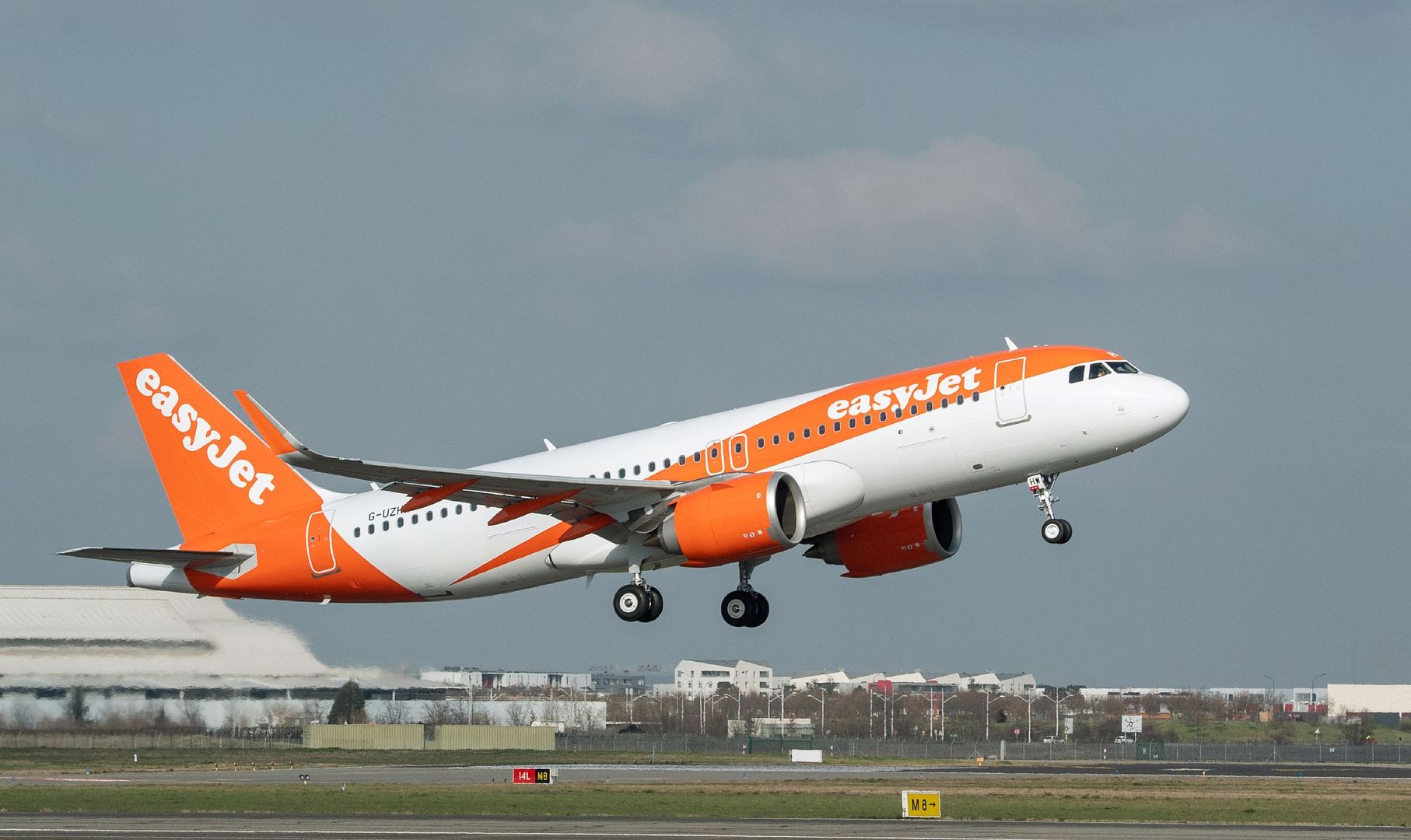
From now until mid-2020, seven European airlines, which are all taking part in DIGITS, will progressively equip up to 100 of their A320 Family aircraft with the FANS-C technology. The ?Very Large Demonstration? (VLD) will last more than a year and collect data from over 20,000 revenue flights, allowing stakeholders to demonstrate benefits of this technology during live day-to-day operations.
Paving the way for start of the DIGITS operational phase and to ultimately deploy this technology across Europe and the rest of the world, Airbus achieved the world?s first certification of FANS-C 4D avionics on a commercial aircraft in November 2018 ? the initial aircraft type being the A320 Family. Moreover, to complement the airborne FANS-C technology, air navigation service providers (ANSPs) throughout Europe will develop the respective ground ATC tools.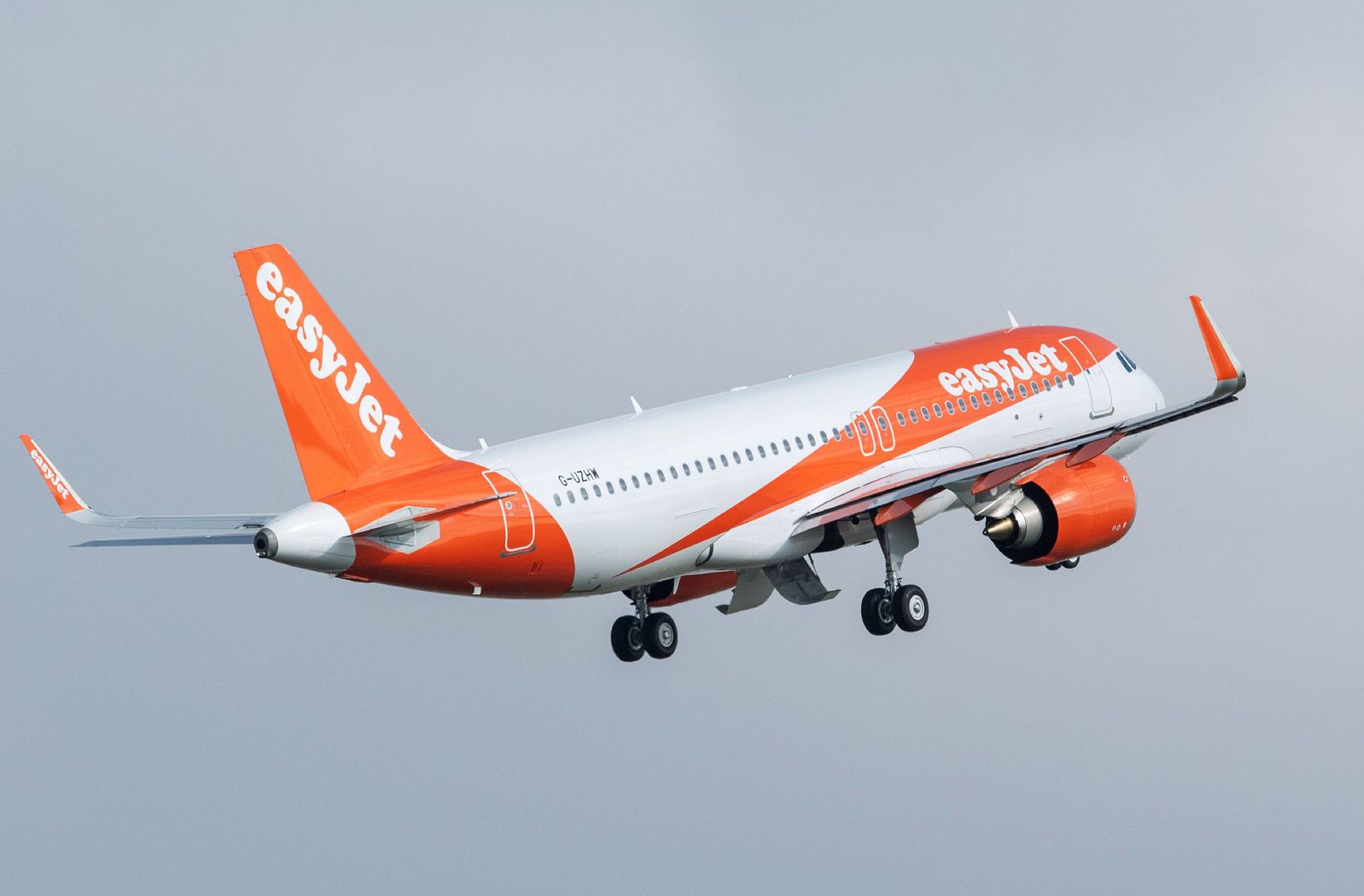
Lufthansa Group, the biggest Airbus operator, has signed an order for 20 additional A350-900 widebody aircraft, following a decision by the company?s supervisory board. This latest agreement brings Lufthansa Group?s total orders for the A350 XWB to 45, with 12 aircraft already in operation around the world.
?The A350 XWB meets all our expectations. The aircraft is extremely reliable and the feedback from our passengers is excellent," said Dr. Detlef Kayser, Member of the Executive Board Lufthansa Group - Airlines Resources & Operational Standards. "We are delighted to be adding 20 more A350 XWBs to our fleet. The additional widebody jets will help reduce our operating costs, improve the reliability of our long-haul fleet, improve our environmental performance and provide our passengers with the most modern cabins in their respective category with reference class travel comfort.?
?The A350 XWB consistently generates positive feedback from the airline community and we are very pleased to see our long-standing customer Lufthansa coming back for more aircraft,? said Christian Scherer, Airbus Chief Commercial Officer. ?The A350 XWB has set new standards for long haul flying, combining extra-long-range capability with the lowest seat mile cost of any large widebody airliner and offering passengers the highest standards of comfort. Lufthansa was one of the first operators of the A350 XWB and has been deploying the aircraft efficiently across its global network, becoming one of our best ambassadors for this great aircraft. Thank you Lufthansa - we are thrilled to see even more A350 XWBs flying in your colours.?
Lufthansa?s decision reinforces the Group?s status as Airbus? largest airline customer and operator, with 674 Airbus aircraft on order (including the latest A350 order) and 574 Airbus aircraft in the Group?s current fleet (as of 31 December 2018), including 28 A220 Family, 420 A320 Family, 100 A330s/A340s, 12 A350s and 14 A380s.
The A350 XWB is the world?s most modern and eco-efficient aircraft family shaping the future of air travel. It is the long-range leader in the large widebody market (300 to 400+ seats). The A350 XWB offers by design unrivalled operational flexibility and efficiency for all market segments up to ultra-long haul (9,700 nm). It features the latest aerodynamic design, carbon fibre fuselage and wings, plus new fuel-efficient Rolls-Royce engines. Together, these latest technologies translate into unrivalled levels of operational efficiency, with a 25% reduction in fuel burn and emissions. The A350 XWB?s Airspace by Airbus cabin is the quietest of any twin-aisle and offers passengers and crews the most modern in-flight products for the most comfortable flying experience.
At the end of February 2019, the A350 XWB Family had received 852 firm orders from 48 customers worldwide, making it one of the most successful widebody aircraft ever.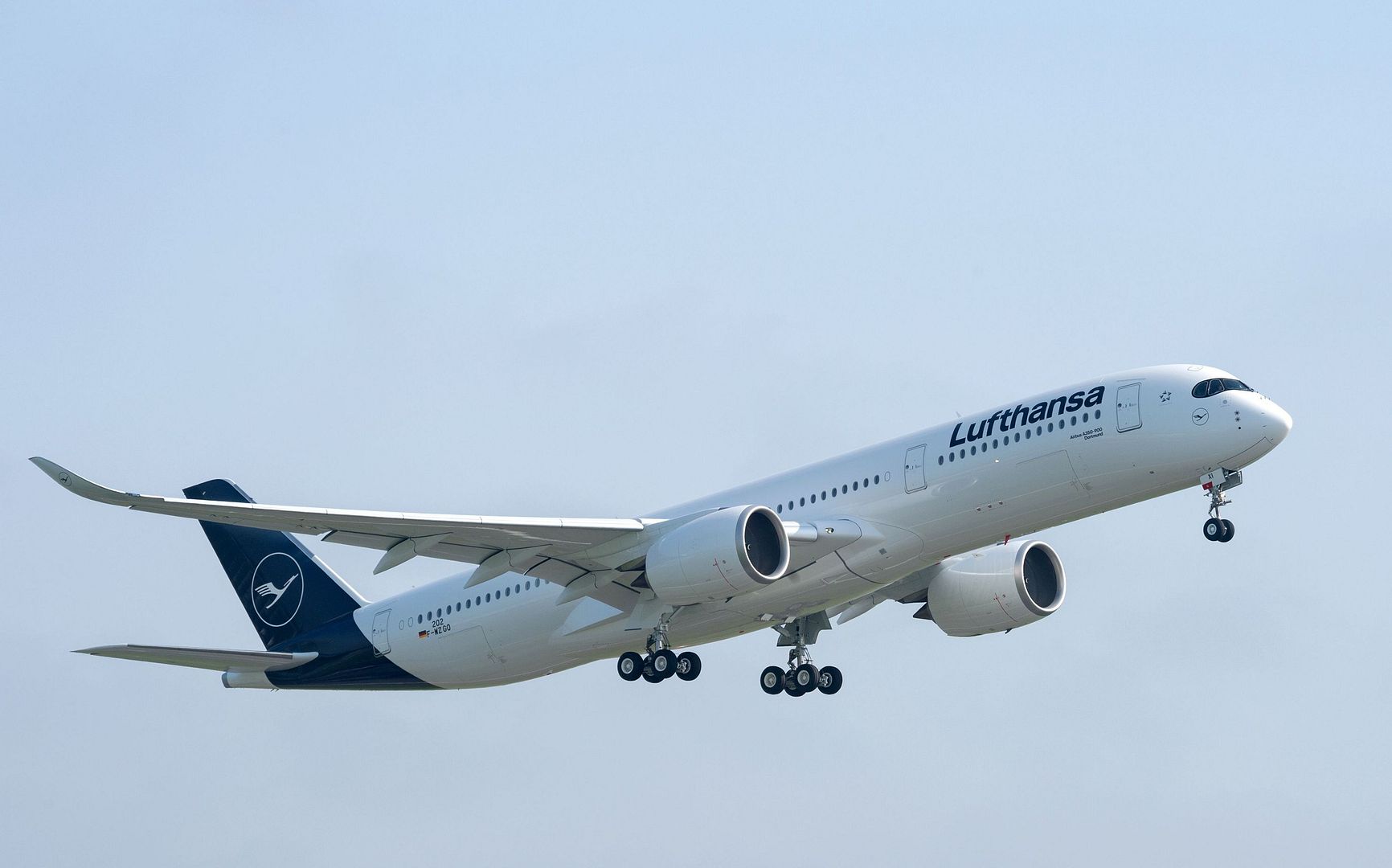
-
 Main AdminA U.S. Air Force B-52 Stratofortress approaches a KC-135 Stratotanker from the 100th Air Refueling Wing, RAF Mildenhall, England, before receiving fuel above the English coast, March 14, 2019. The U.S. routinely and visibly demonstrates commitment to allies and partners through the global employment of our military forces. (U.S. Air Force photo by Tech. Sgt. Emerson Nu?ez)
Main AdminA U.S. Air Force B-52 Stratofortress approaches a KC-135 Stratotanker from the 100th Air Refueling Wing, RAF Mildenhall, England, before receiving fuel above the English coast, March 14, 2019. The U.S. routinely and visibly demonstrates commitment to allies and partners through the global employment of our military forces. (U.S. Air Force photo by Tech. Sgt. Emerson Nu?ez)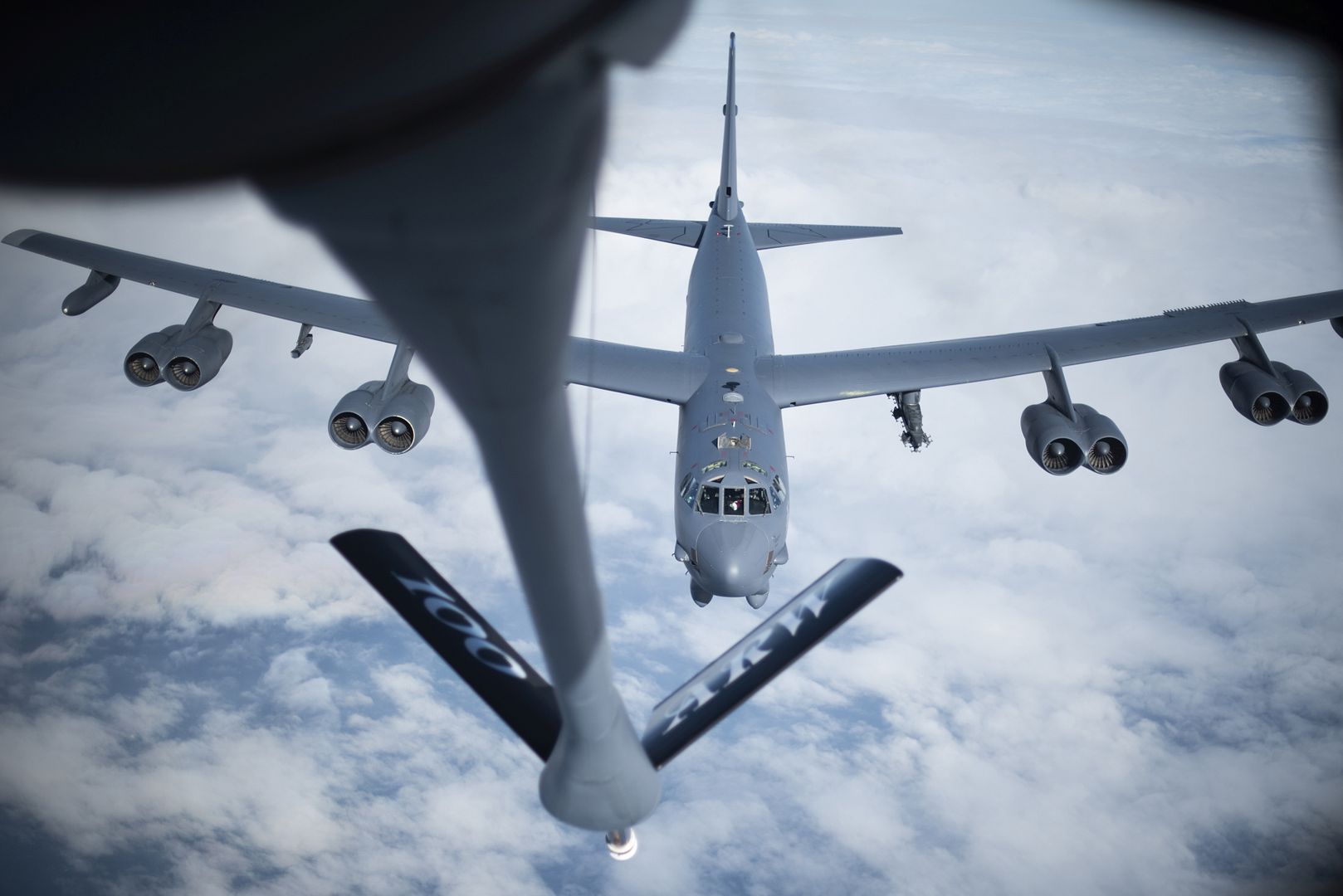
A U.S. Air Force B-52 Stratofortress receives fuel from a KC-135 Stratotanker from the 100th Air Refueling Wing, RAF Mildenhall, England, above the coast English coast, March 14, 2019. The U.S. routinely and visibly demonstrates commitment to allies and partners through the global employment of military forces. (U.S. Air Force photo by Tech. Sgt. Emerson Nu?ez)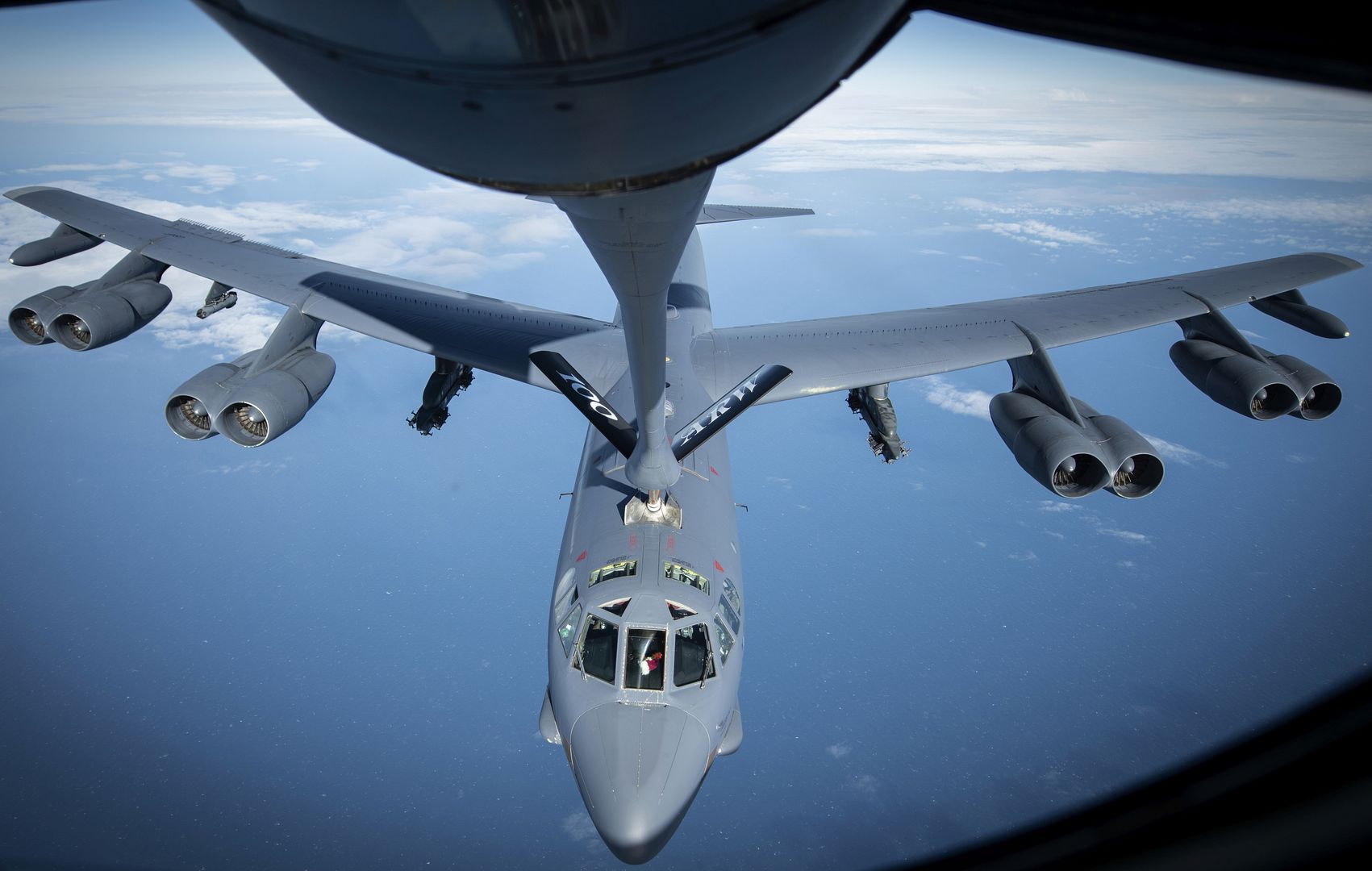
A U.S. Air Force B-52 Stratofortress pulls away from a KC-135 Stratotanker from the 100th Air Refueling Wing, RAF Mildenhall, England, after receiving fuel off the English coast, March 14, 2019. U.S. Strategic Command forces are on watch 24/7 to deter and detect strategic attack against the U.S. and NATO allies. (U.S. Air Force photo by Tech. Sgt. Emerson Nu?ez)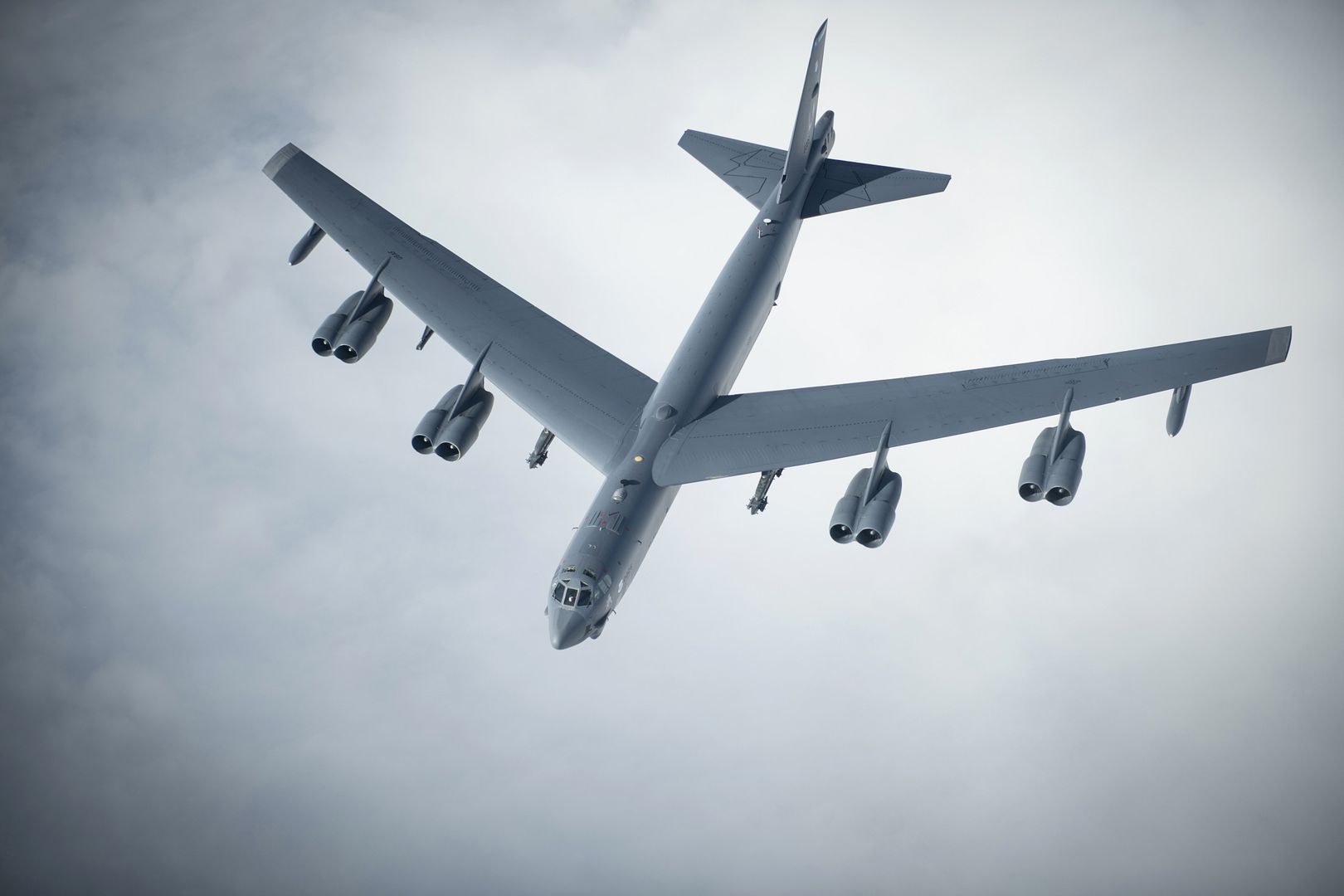
An F-16 Fighting Falcon taxis to a runway at Aviano Air Base, Italy, March 14, 2019. Multiple F-16 Fighting Falcons took off in support of Exercise African Lion. (U.S. photo by Senior Airman Kevin Sommer Giron)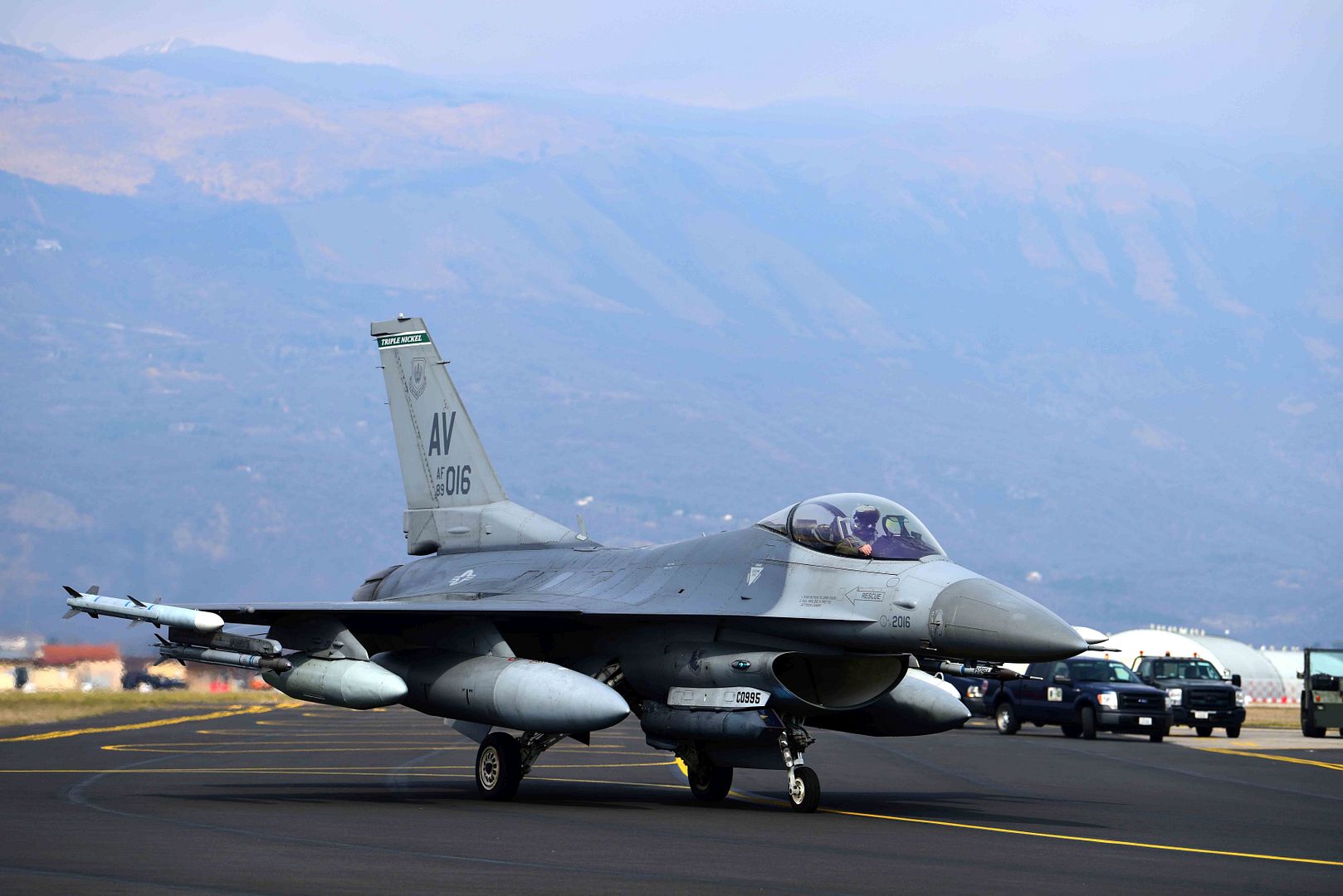
PACIFIC OCEAN (March 12, 2019) F/A-18E Super Hornets from Strike Fighter Squadron (VFA) 136 ?Knighthawks? fly in formation during a photo exercise over Calif. The Knighthawks are an operational U.S. Navy strike fighter squadron based at Naval Air Station Lemoore (NASL), Calif. and are attached to Carrier Air Wing (CVW) One. (U.S. Navy photo's by Chief Mass Communication Specialist Shannon Renfroe/Released)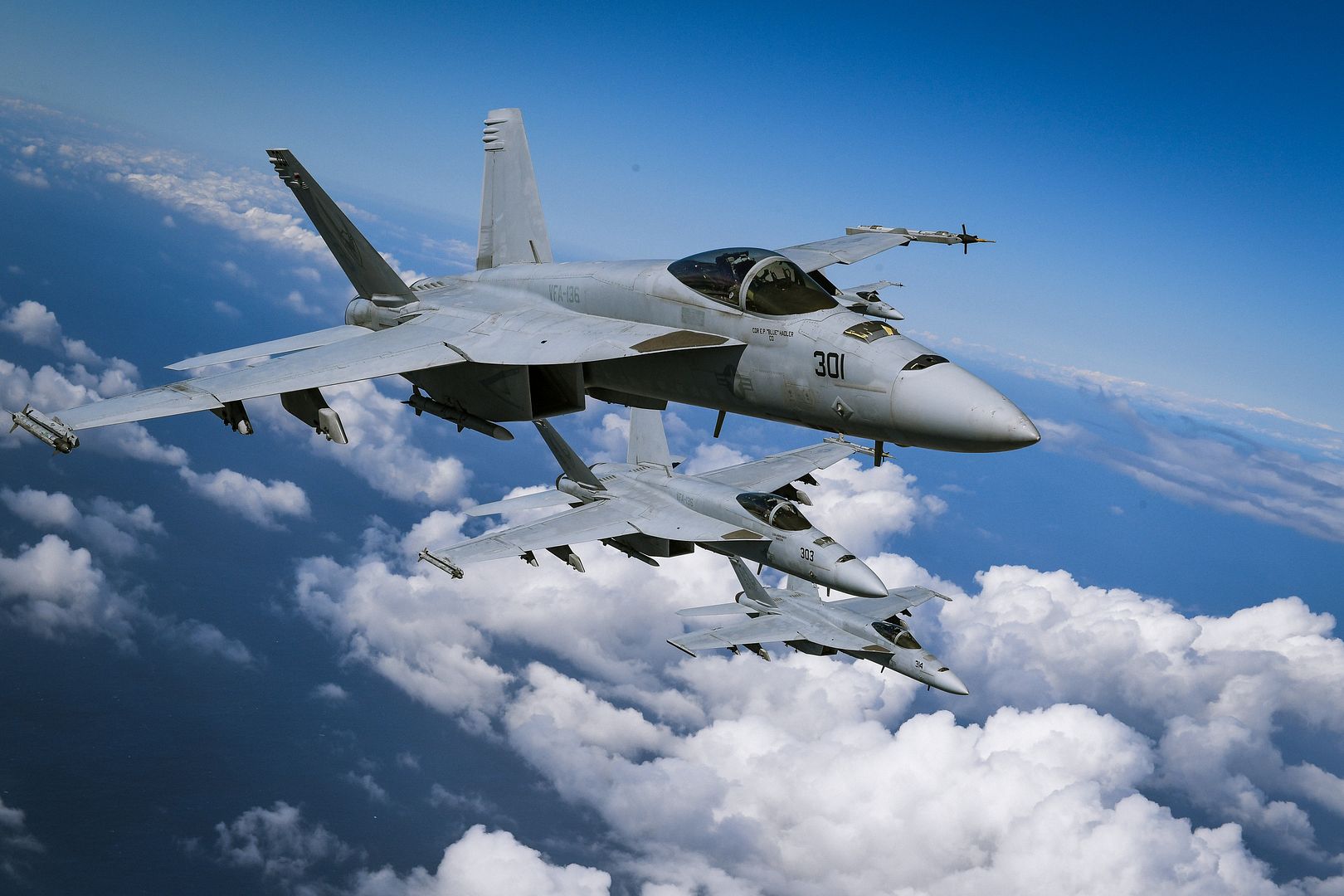
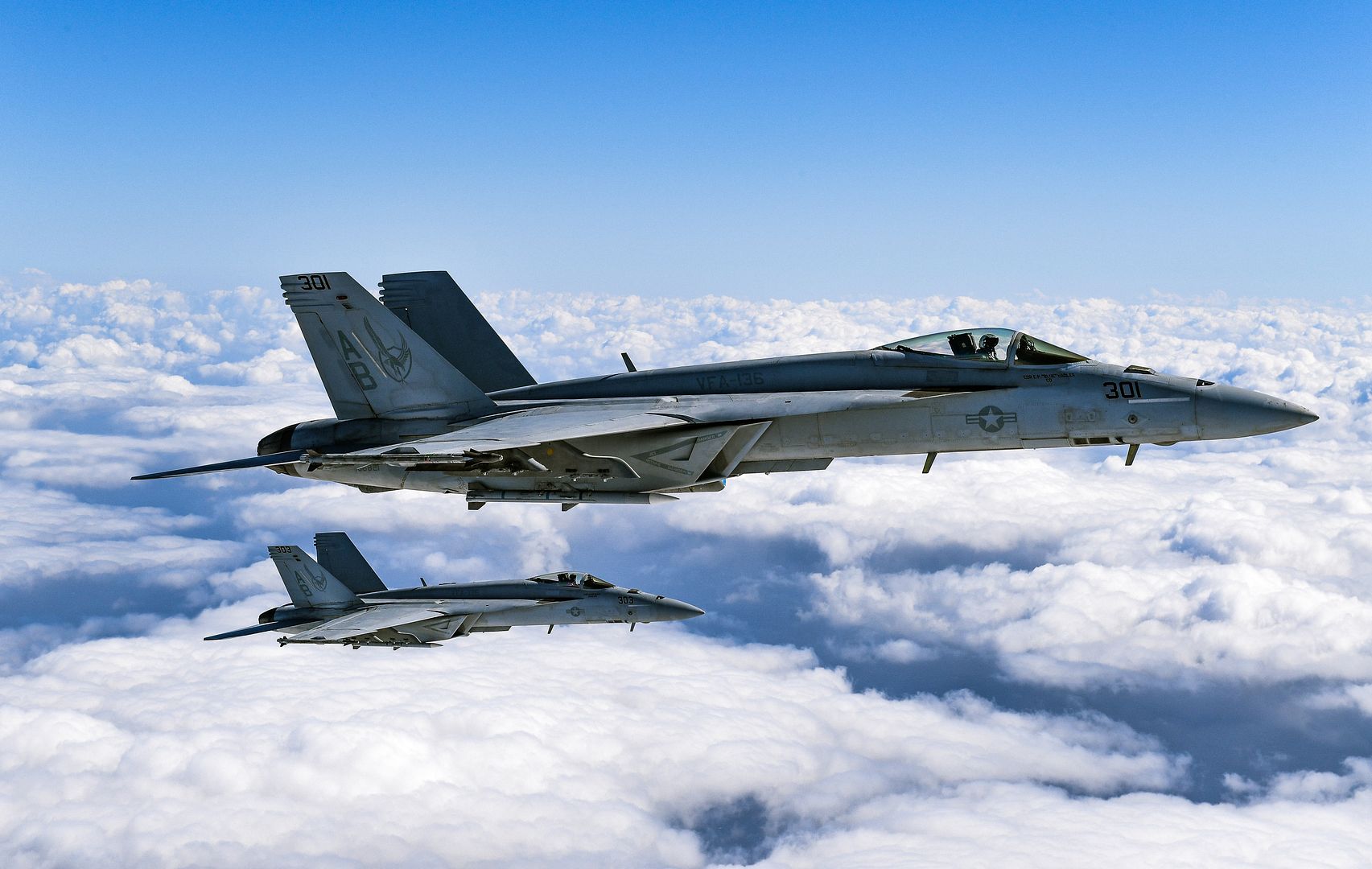
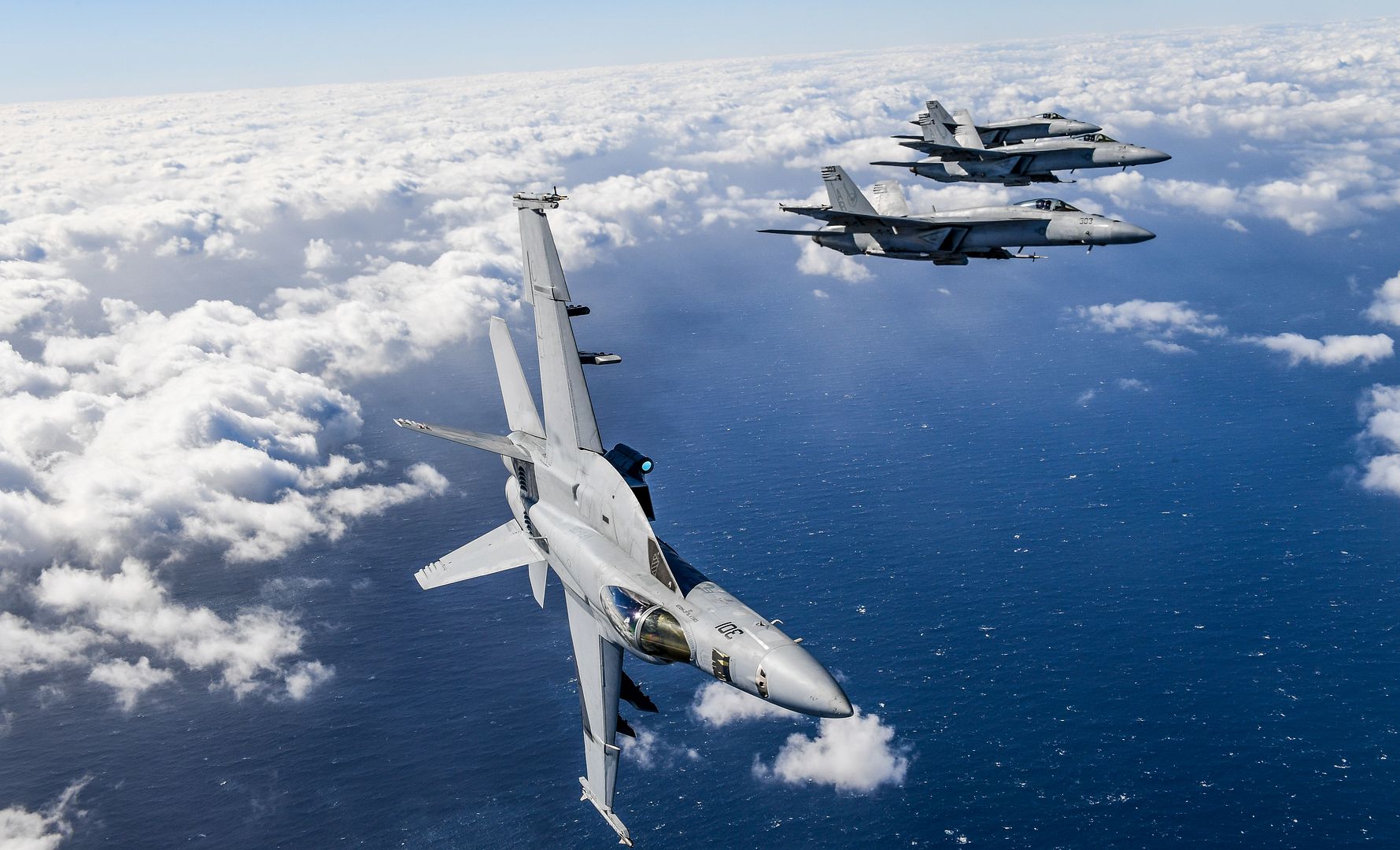
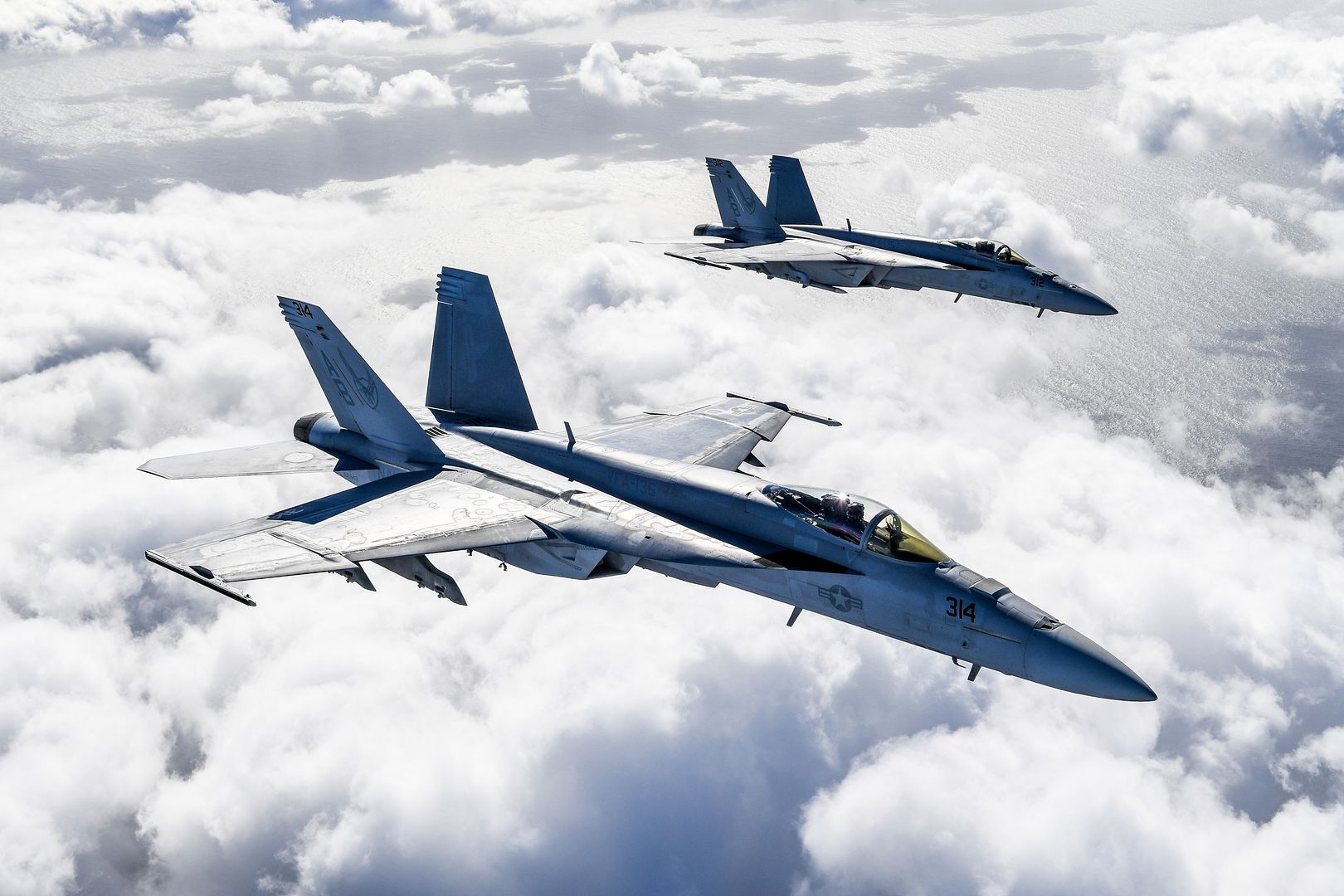
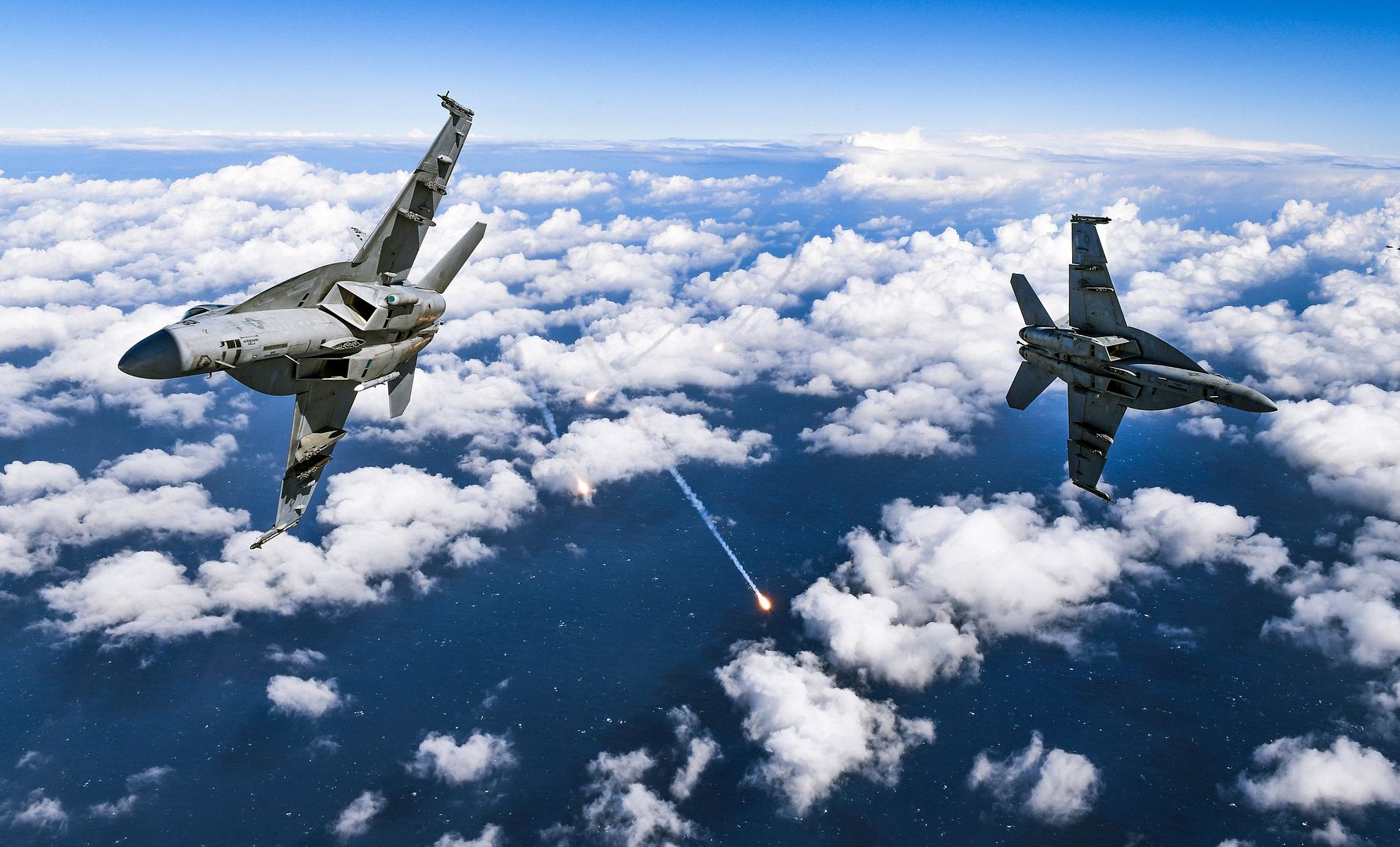
FRANKFURT, March 13, 2019 /PRNewswire/ ? Boeing [NYSE: BA] and Lufthansa Group today completed an order for 20 787-9 Dreamliner airplanes. With the deal, valued at up to $5.8 billion per list prices, the largest airline group in Europe becomes the latest customer for the fastest-selling widebody airplane of all time.
Lufthansa Group has been strategically expanding and modernizing its world-class fleet in recent years. By introducing the super-efficient and long-range 787 family, the airline group will be able to fly farther and reduce fuel costs and emissions by more than 20 percent compared to previous-generation jets.
?We are very pleased that the ultra-modern Boeing 787-9 is now also expanding our long-haul fleet," said Dr. Detlef Kayser, Member of the Executive Board Lufthansa Group, Airlines Resources & Operational Standards. "With the 20 aircraft of this type now ordered, we will reduce our operating costs, reduce complexity in our long haul fleet, improve our environmental performance and provide our passengers with the most modern cabins in their respective category with reference class travel comfort.?
The airline group comprises network airlines such as Lufthansa and SWISS that offer passengers premium service and extensive flight options, and ?point-to-point? carriers such as Eurowings that offer competitive flights for price-sensitive customers.
?Lufthansa Group is one of the most respected and innovative companies in the airline industry. We are extremely honored that they have again chosen to build their future with Boeing?s widebody jet family and we greatly look forward to delivering the 787 Dreamliner and the new 777X to Lufthansa in the coming years,? said Kevin McAllister, president & CEO of Boeing Commercial Airplanes.
Built with lightweight composite materials and powered by advanced engines and a suite of new technologies, the 787 family has helped airlines save 33 billion pounds of fuel and open more than 210 new non-stop routes around the world.
?The 787?s incredible fuel efficiency and range provide tremendous flexibility for Lufthansa Group since its airlines will be able to profitably operate the airplane on a wide range of route networks and business models,? said McAllister.
Lufthansa Group?s passengers will also be able to enjoy the Dreamliner?s larger windows, lower cabin altitude, smooth-ride technology, and other amenities.
More about the 787-9 and the Dreamliner family
At 63 meters (206 feet), the 787-9 can fly 290 passengers, in a typical two-class configuration, up to 7,635 nautical miles (14,140 kilometers). Since its launch, the 787 has won more than 1,400 orders from now 76 customers. Boeing has delivered nearly 800 Dreamliner airplanes to customers around the world.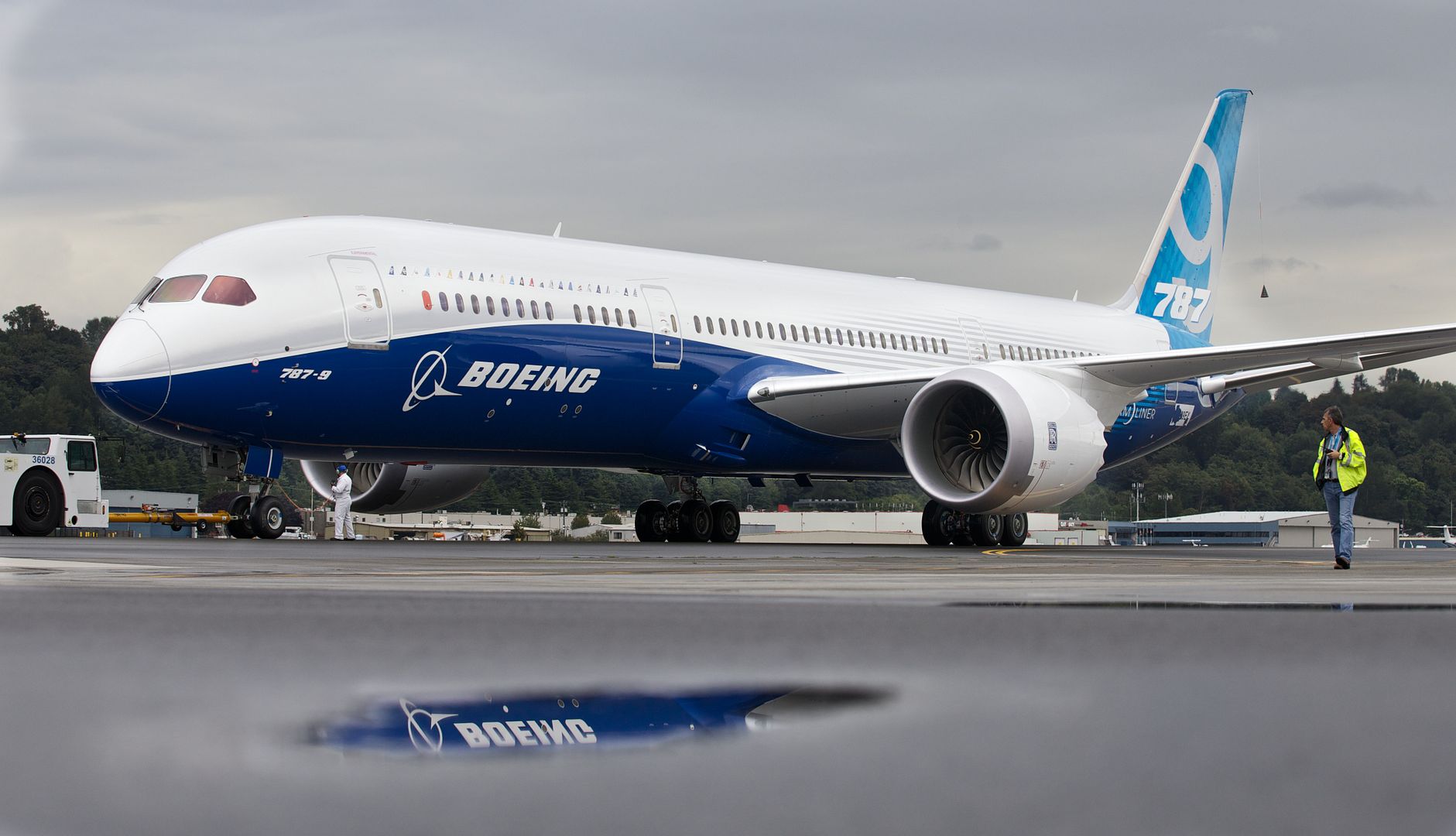
Date: 14 Mar 2019
The final farewell to the iconic Tornado aircraft and personnel that have served on her Squadrons took place today at RAF Marham with the disbandment parade of the last two remaining squadrons No IX(B) and 31 Squadron.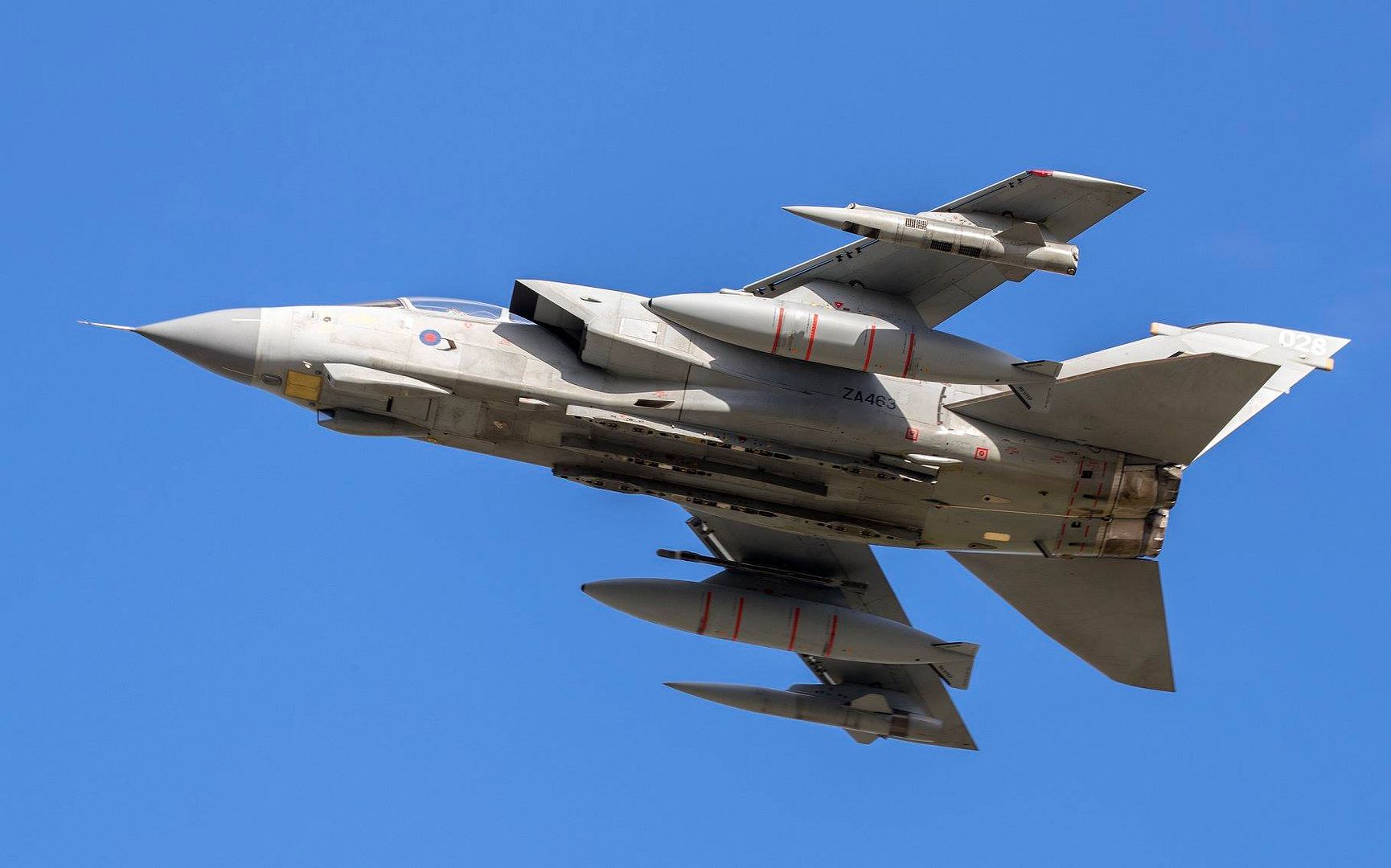
-
 Main AdminB-52 Stratofortress's deployed from Barksdale Air Force Base, La., land on the flight line in support of U.S. Strategic Command?s Bomber Task Force (BTF) in Europe at RAF Fairford, England, March 14, 2019. Missions like the BTF in Europe are held in different geographic locations to familiarize aircrew and other Airmen with bases and operations in different Geographic Combatant Commands. (U.S. Air Force photo's by Airman 1st Class Tessa B. Corrick)
Main AdminB-52 Stratofortress's deployed from Barksdale Air Force Base, La., land on the flight line in support of U.S. Strategic Command?s Bomber Task Force (BTF) in Europe at RAF Fairford, England, March 14, 2019. Missions like the BTF in Europe are held in different geographic locations to familiarize aircrew and other Airmen with bases and operations in different Geographic Combatant Commands. (U.S. Air Force photo's by Airman 1st Class Tessa B. Corrick)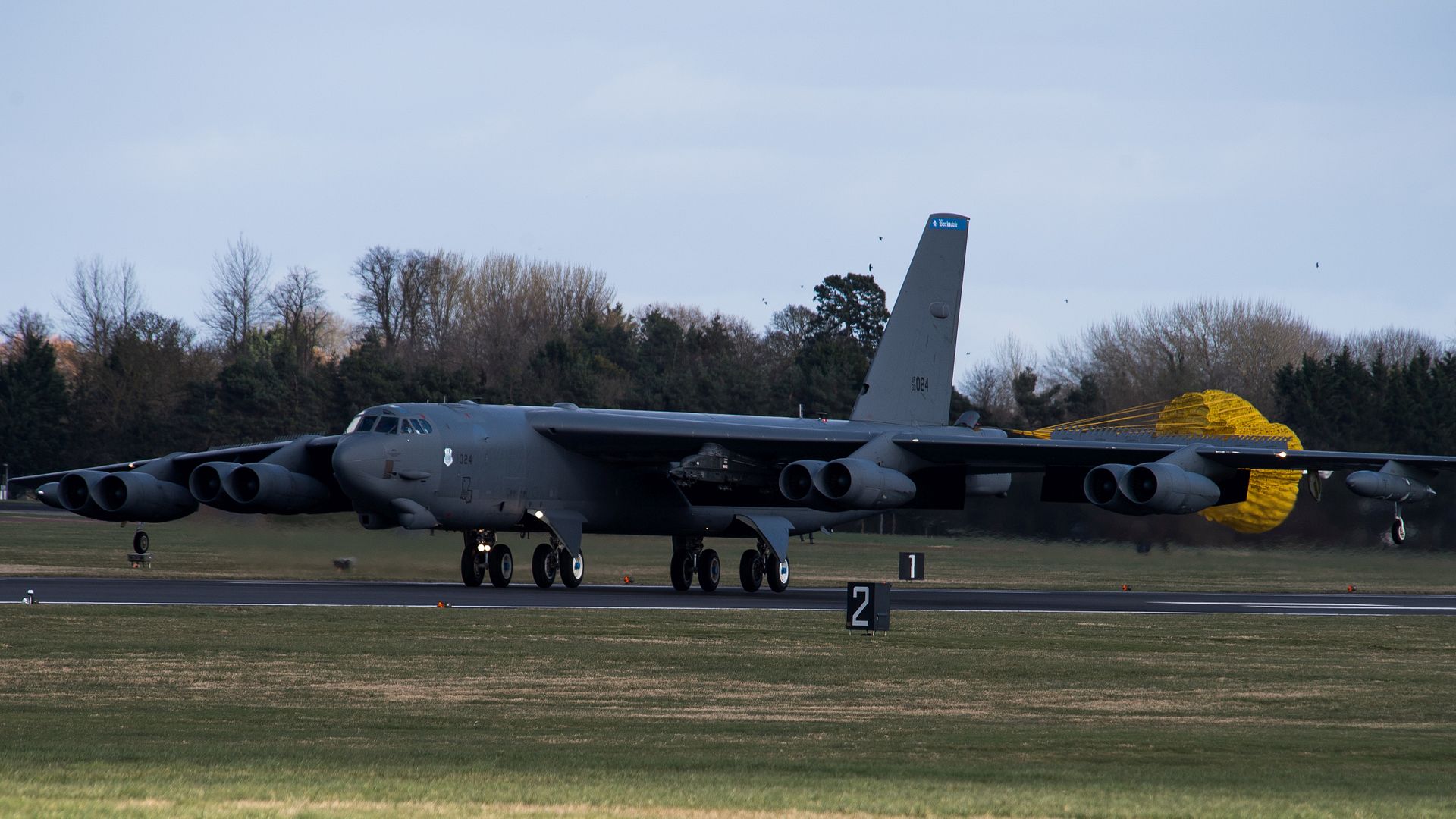
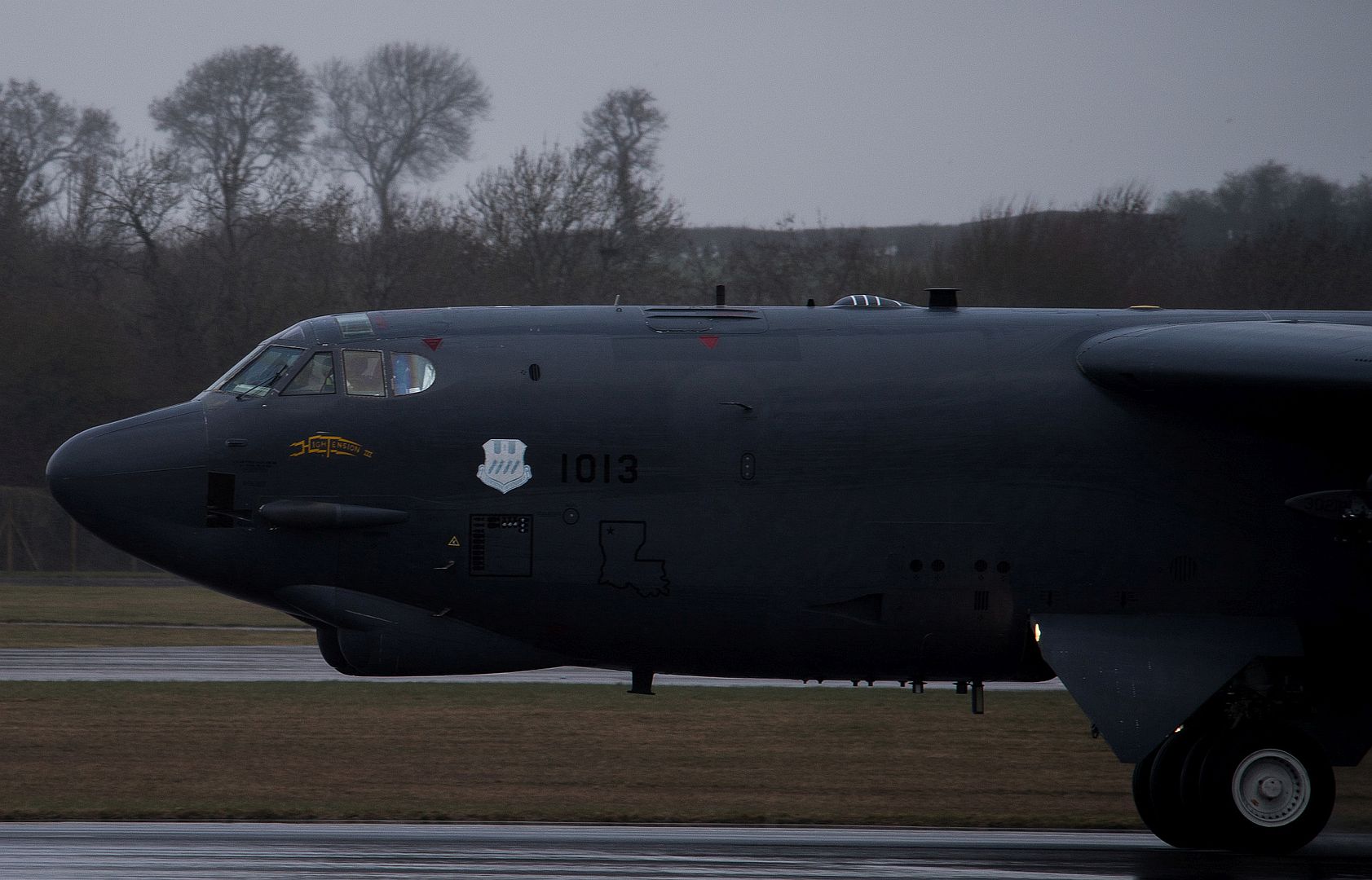
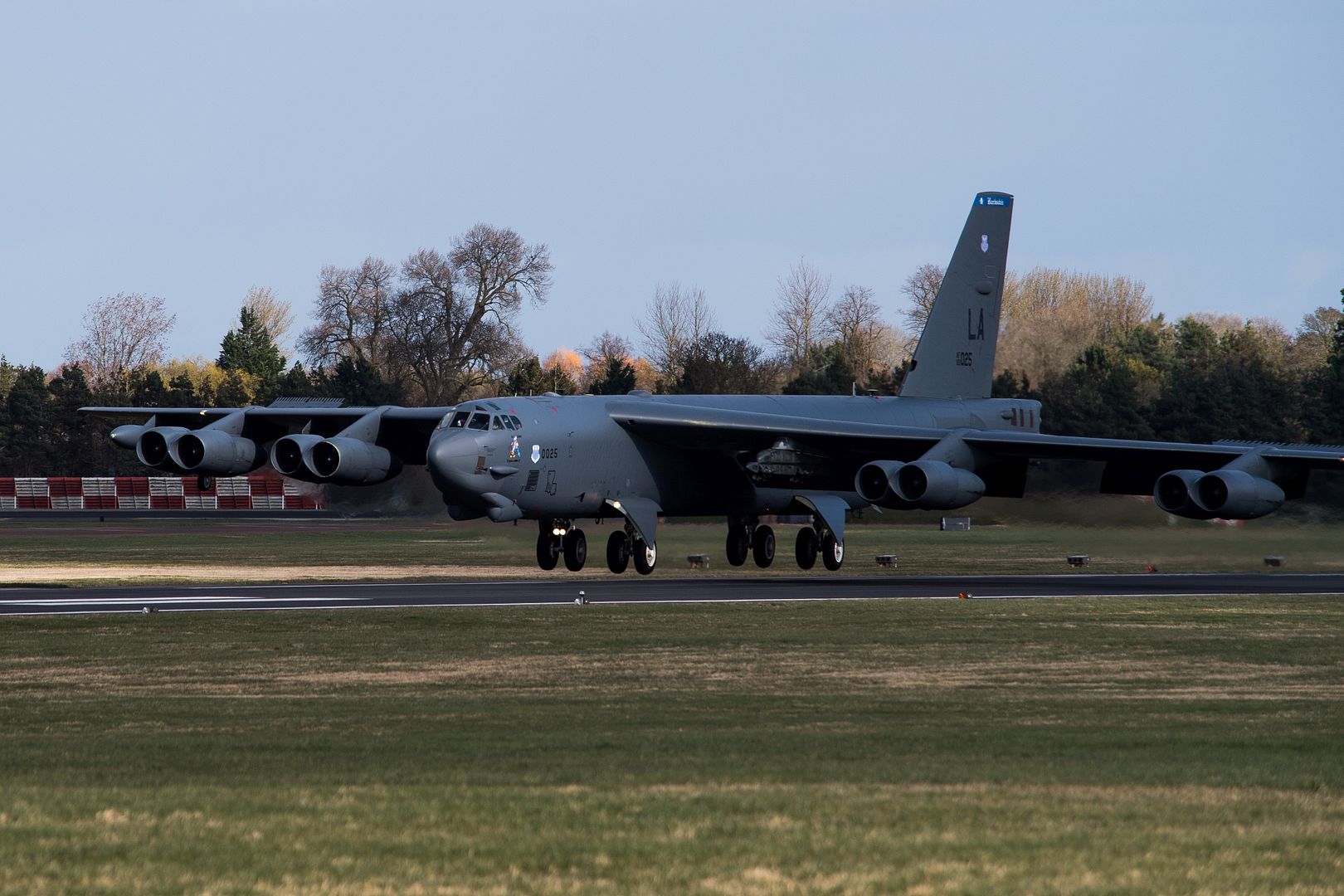

Members of the 330th Recruiting Squadron visit a Block 30 AC-130J Ghostrider gunship assigned to the 4th Special Operations Squadron at Hurlburt Field, Florida, March 13, 2019. This is the first Block 30 AC-130J model received by Air Force Special Operations Command, boasting upgraded avionics, navigation systems and a Precision Strike Package that includes trainable 30 mm and 105 mm weapons. (U.S. Air Force photo by Staff Sgt. Victor J. Caputo)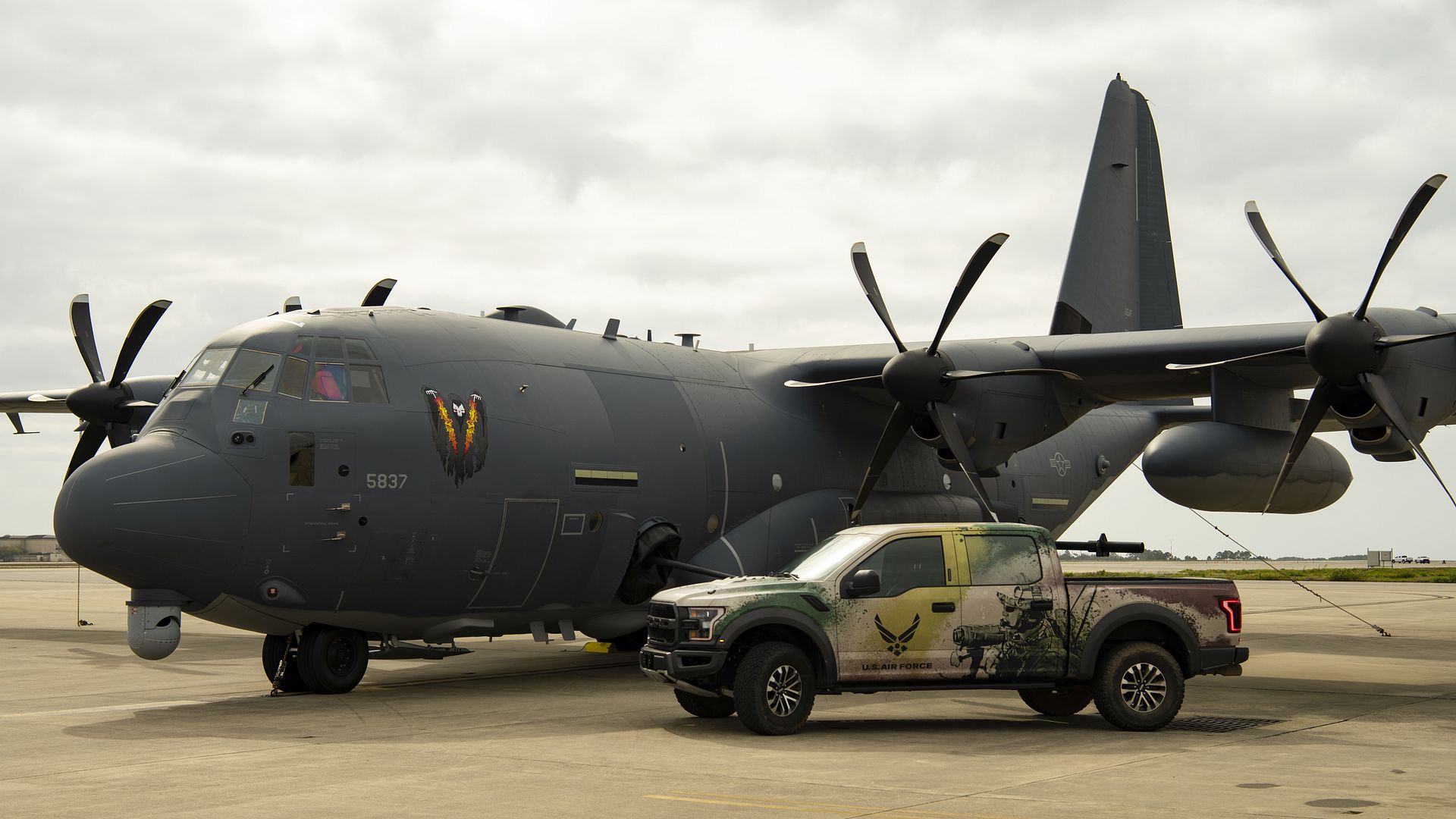
U.S. Air Force Capt. Joe Swinson, 14th Fighter Squadron pilot, flies alongside his wingman during a large-scale air defense and strike mission exercise during COPE Tiger 19, in Thailand, March 14, 2019. COPE Tiger is an annual multilateral aerial exercise aimed at improving combat readiness and interoperability between the Republic of Singapore air force, Royal Thai air force, and U.S. Air Force, while concurrently enhancing the three nations' military relations. (U.S. Air Force photo's by Staff Sgt. Melanie A. Hutto)
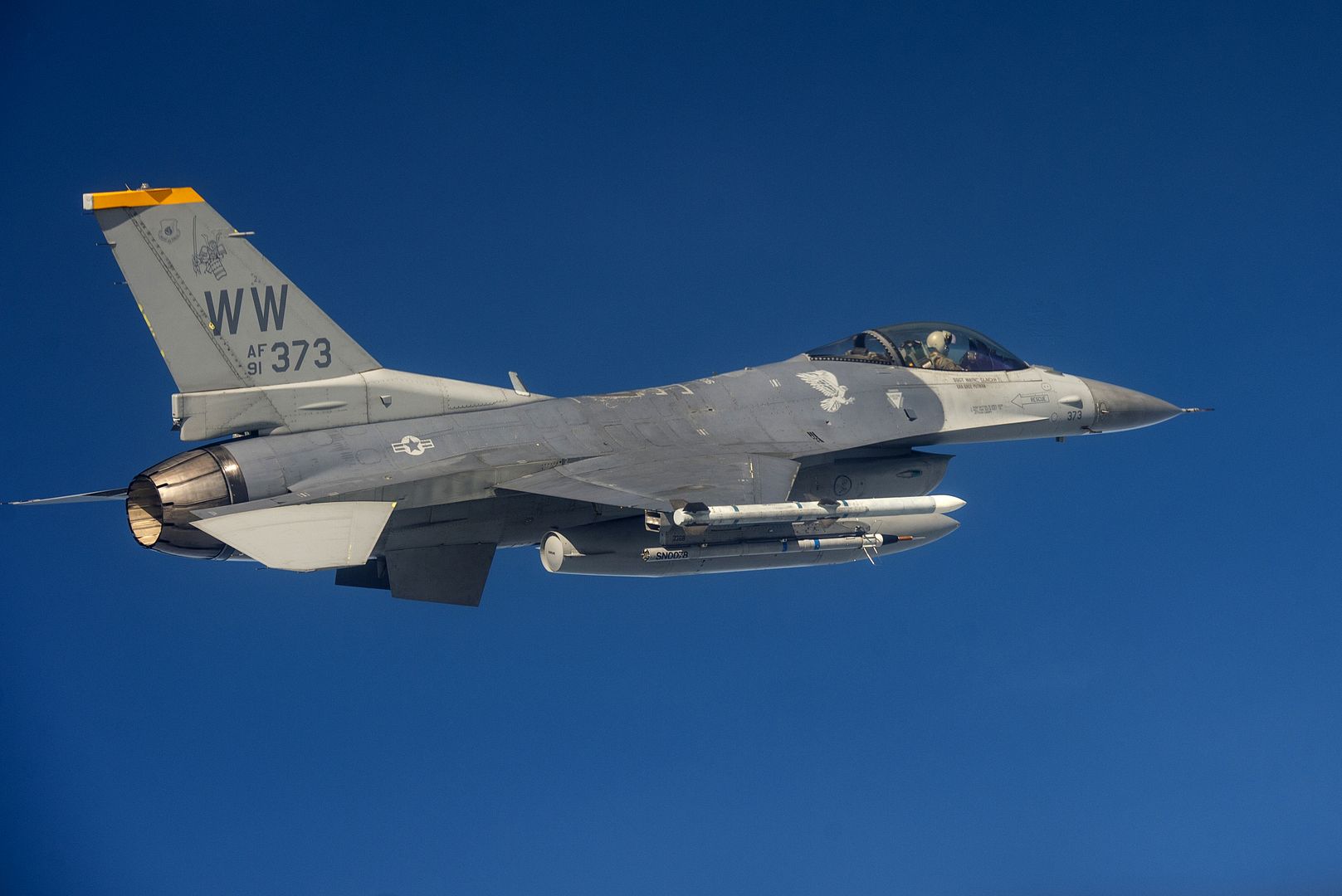
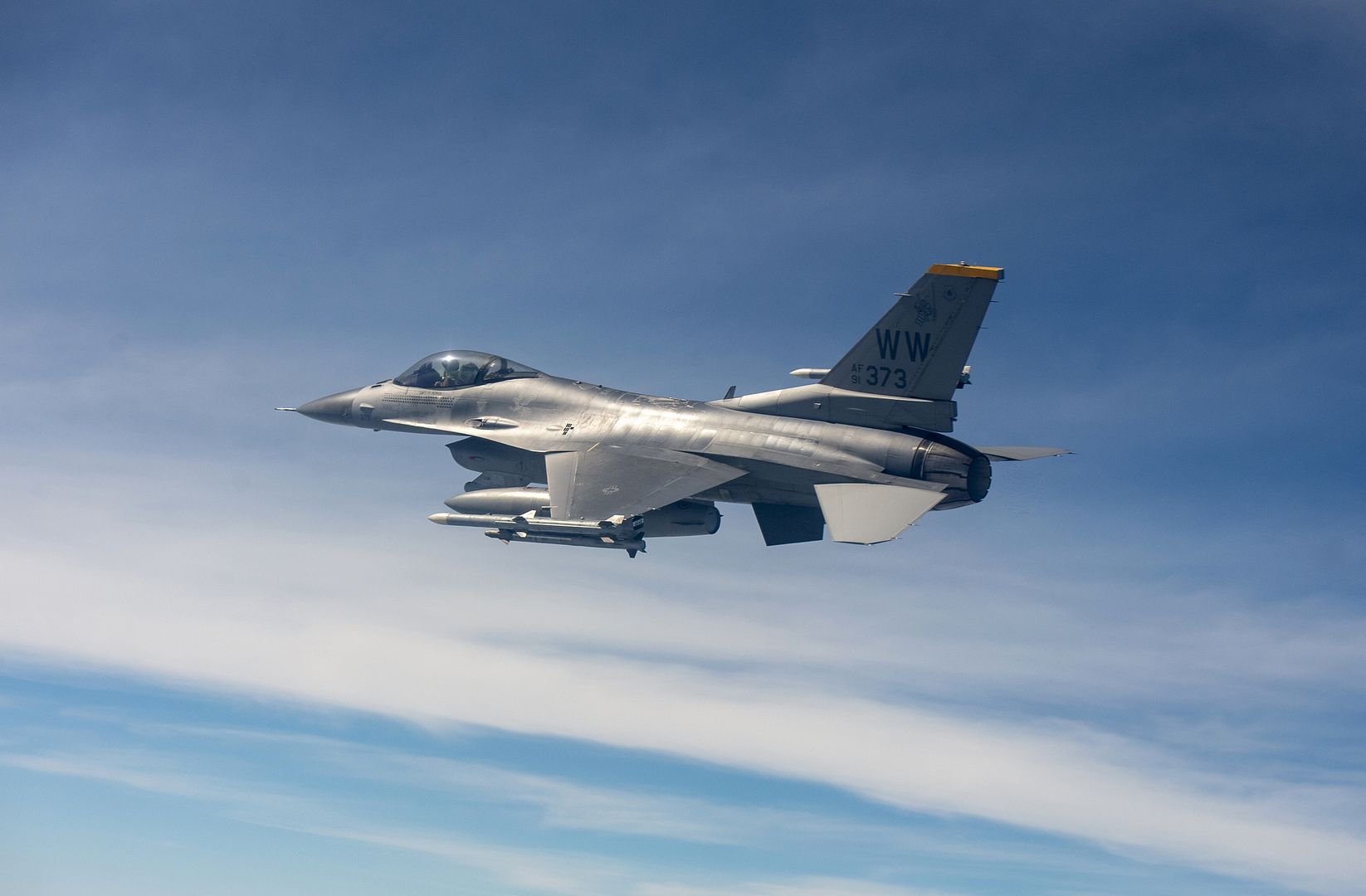
U.S. Marines with Special Purpose Marine Air-Ground Task Force-Crisis Response-Africa 19.1, Marine Forces Europe and Africa, prepare to conduct a helicopter support team training event utilizing a U.S. Marine Corps MV-22 Osprey at Mor?n Air Base, Spain, March 13, 2019. SPMAGTF-CR-AF is deployed to conduct crisis-response and theater-security operations in Africa and promote regional stability by conducting military-to-military training exercises throughout Europe and Africa. (U.S. Marine Corps photo by Sgt. Katelyn Hunter)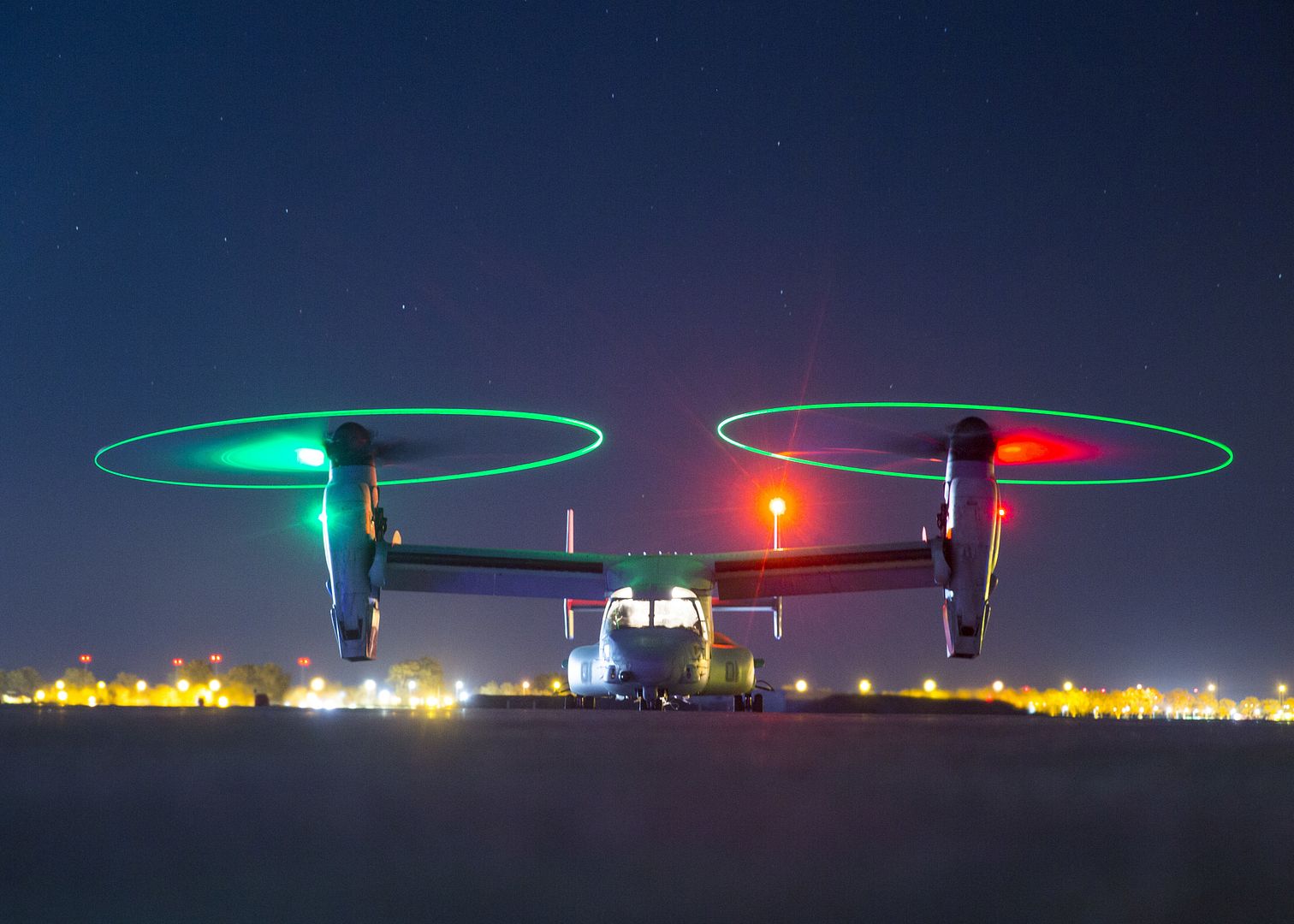
Members of the Japan Air Self-Defense Force host a bilateral weapons training with U.S. Air Force Airmen from the 18th Wing, March 11, 2019, at Naha Air Base, Japan. The training familiarizes U.S. Airmen and JASDF members with each other?s practices and aims to improve processes used by both organizations. (U.S. Air Force photo by Senior Airman Kristan Campbell)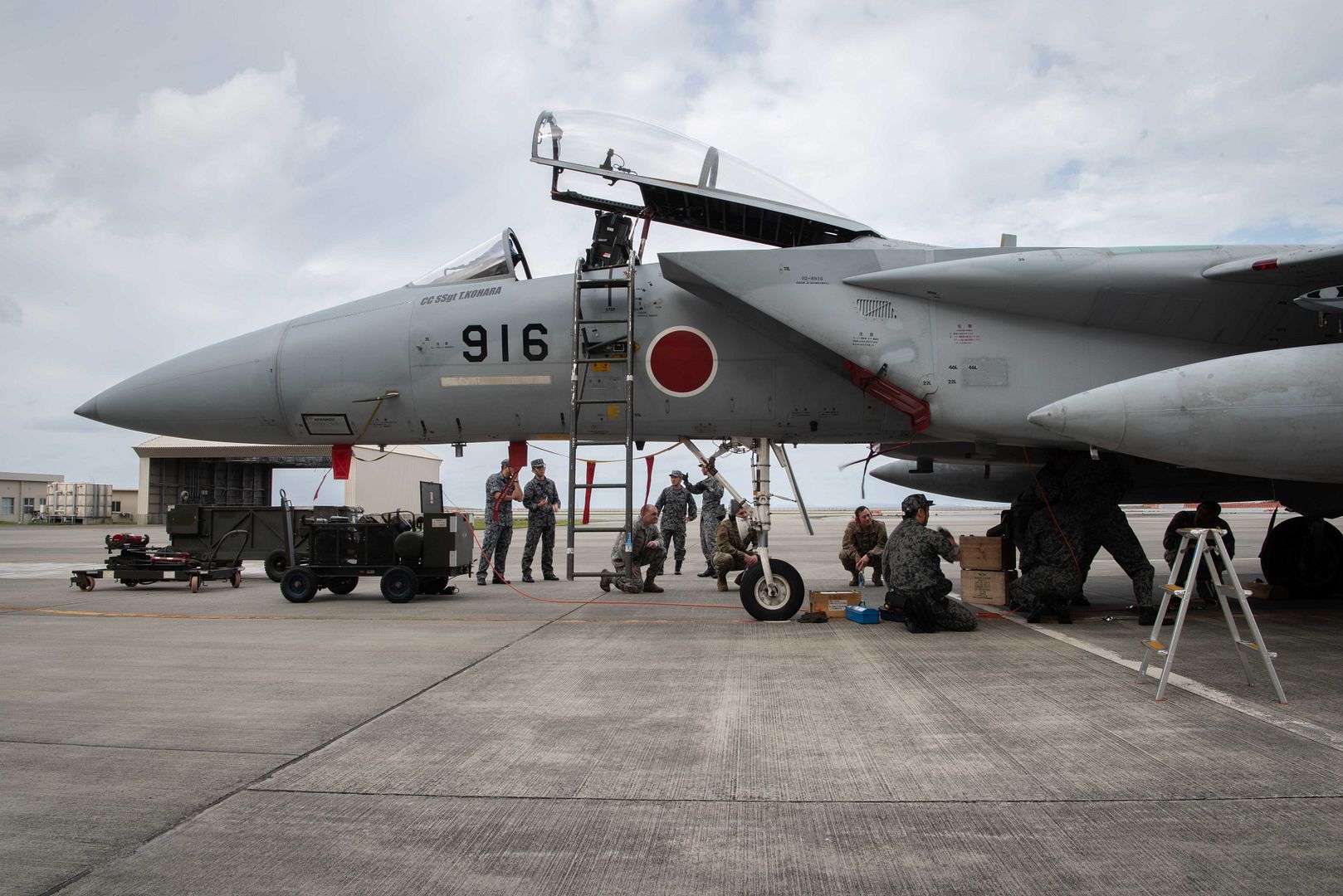
NELLIS AIR FORCE BASE, Nev. --
The 64th Aggressor Squadron (AGRS) at Nellis is a team of Airmen whose primary mission is to fly against the combat air forces, joint and allied aircrews preparing them for tomorrow?s engagements.
The 64th AGRS Airmen, known for flying a colorful fleet of adversary-themed F-16 Fighting Falcon fighter jets, are a staple at Nellis due to their role in our mission and Red Flag exercises.
?Our Aggressors are highly trained and knowledgeable Airmen who fly as adversaries in realistic war-time scenarios against our own pilots to familiarize them before taking part in actual combat,? said Maj. Branden Felker, 64th AGRS chief of academics. ?In order for them to have gotten where they are now, they were required to go through a certification process.?
The certification process is a rigorous training mechanism used by the 64th AGRS to ensure their Aggressor Airmen are prepared to accurately train, teach, and replicate challenging and realistic threats.
The goal of the certification program is to incite the pilots into a mindset shift, said Felker.
?We have to have our pilots start flying their jets as if they?re adversaries,? said Felker. ?It?s a challenging task to take everything you know about flying and flip it to essentially become the adversary you?re used to fighting against.?
During their certification period, Airmen are expected to pass multiple exercises testing their certainty, understanding and determination.
Extensive studying is a main requirement for certification. New Aggressors are obligated to have a comprehensive understanding of the U.S. Air Force?s adversaries and their tactics with an even deeper knowledge of a designated subject matter.
Felker, who is a subject matter expert in adversary tactics, said the 64th AGRS sometimes have Airmen who are so dedicated to the certification that they study in the vault for 12 hours per day.
Some Airmen get overwhelmed by the process and can become extremely stressed out; however, they?re able to overcome this through good leadership which instills confidence and creates resiliency, allowing them to develop healthy coping mechanisms and avoid negative side effects.
?When we notice a new Airmen is struggling, we mentor them,? said Felker. ?We understand how intense it is and we work with them to help build the confidence they need to either complete a practice exercise or stand up in front of a crowd of people and debrief after a mission.?
Once the Airmen are finally certified to be Aggressors, they?re eligible to participate in exercises as wingmen and further their Aggressor knowledge and capabilities.
?Aggressor Airmen still go through training even after certification,? said Felker. ?We do everything we can to have confident, well-trained Airmen on our side so that we can drive the forces we?re training to be even better.?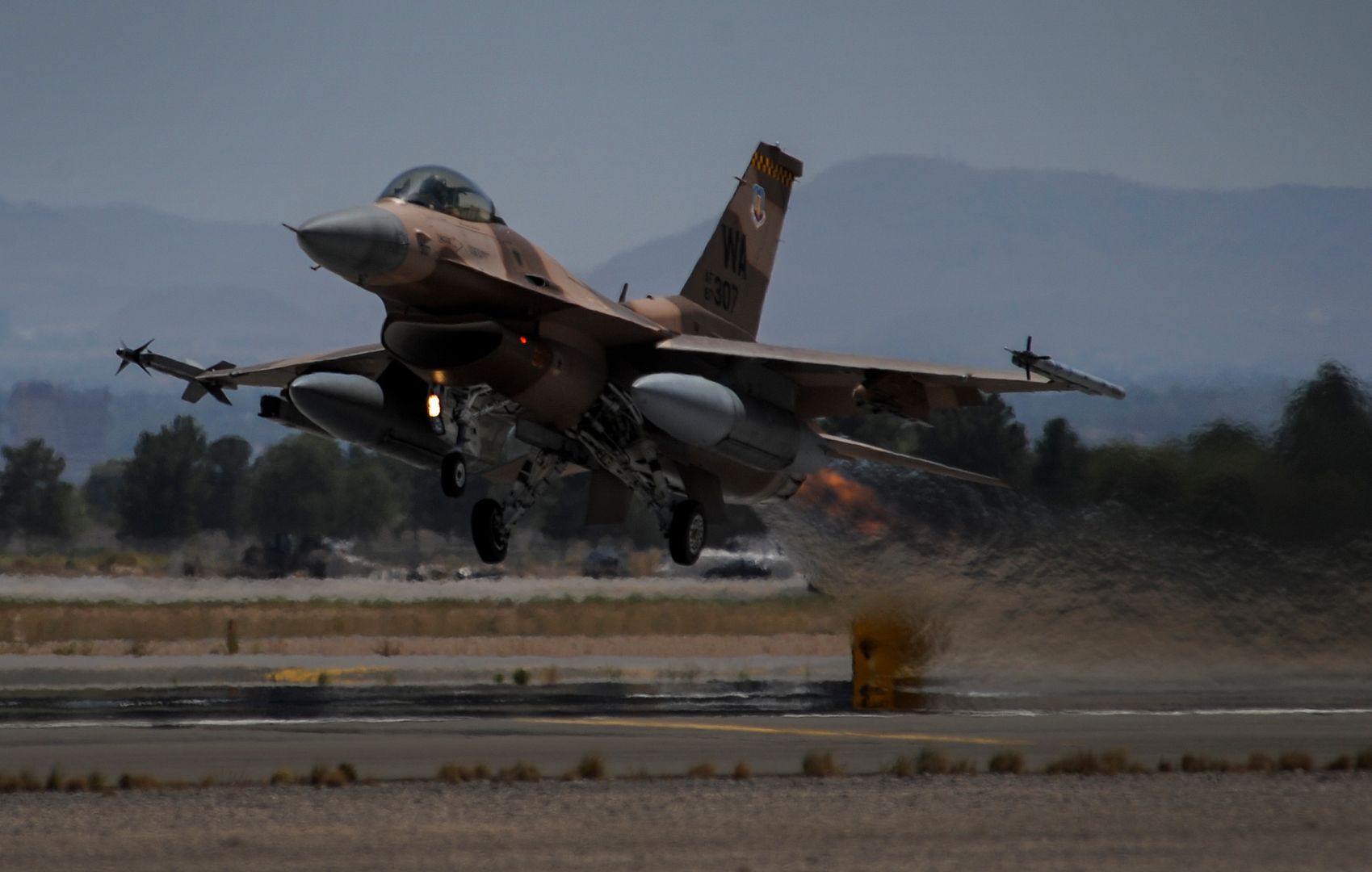
Airbus has begun shore-to-ship trials in Singapore with its Skyways parcel delivery drone. This marks the first time drone technology has been deployed in real port conditions to deliver a variety of small, time-critical maritime essentials to working vessels at anchorage.
The maiden shore-to-ship delivery flight was made to the Swire Pacific Offshore?s Anchor Handling Tug Supply vessel ?M/V Pacific Centurion,? 1.5 km from the shoreline of Singapore?s Marina South Pier, carrying 1.5 kg of 3D printed consumables. Landing safely on the ship deck and depositing its cargo to the shipmaster, the Skyways unmanned air vehicle swiftly returned to its base, with the entire flight taking within 10 minutes.
The trials are being undertaken in conjunction with partner Wilhelmsen Ships Services, one of the world?s leading maritime logistics and port services company. During the trials, Airbus? Skyways drone will lift off from the pier with a payload capability of up to 4 kg, and navigate autonomously along pre-determined ?aerial corridors? to vessels as far as 3 km from the coast.
Airbus? Skyways lead, Leo Jeoh, shared his excitement at the milestone flight: ?We are thrilled to launch the first trial of its kind in the maritime world. Today?s accomplishment is a culmination of months of intense preparation by our dedicated team, and the strong collaboration with our partner, as we pursue a new terrain in the maritime industry.?
?We are also happy to be taking a step forward for Airbus? urban air mobility endeavour, as we continue to explore and seek better understanding of what it takes to fly safe and reliable autonomous flying vehicles safely,? he added.
?The now proven, seamless operation of drone deliveries from shore to ship, in one of the world?s busiest ports proves the hard work, investment and faith we, and indeed our partners, placed in the Agency by Air project over the past two years was not misplaced,? said Marius Johansen, Vice President Commercial, Ships Agency at Wilhelmsen Ships Services.
?Delivery of essential spares, medical supplies and cash to master via launch boat, is an established part of our portfolio of husbandry services, which we provide day in and day out, in ports all over the world. Modern technology such as the unmanned aircraft systems, are just a new tool, albeit a very cool one, with which we can push our industry ever forward and improve how we serve our customers,? he added.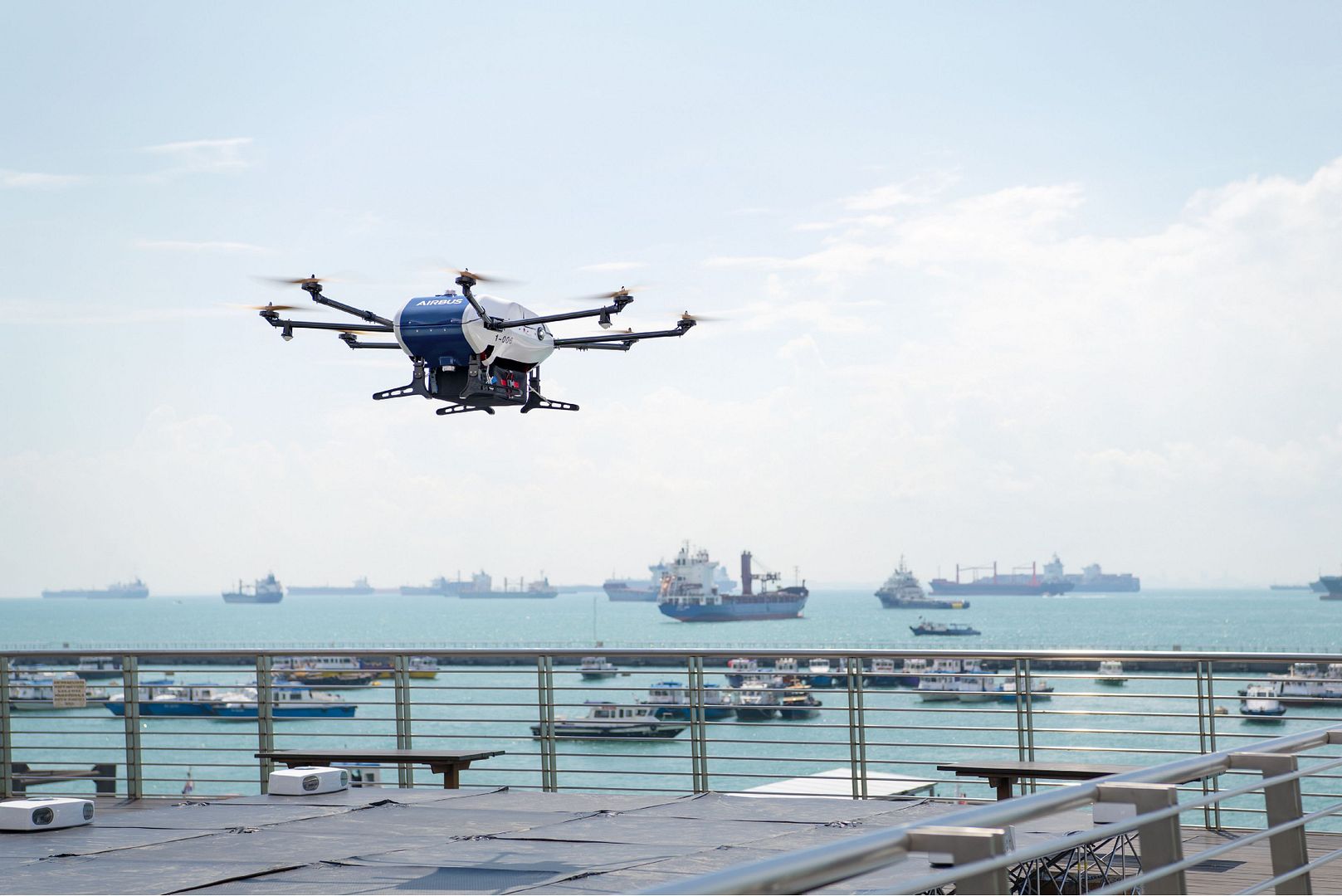
S?o Jos? dos Campos, Brazil, March 15, 2019 ? Embraer?s family of E-Jets E2s has received the Aviation Week 2019 Commercial Aviation Grand Laureate, announced during the event ceremony in Washington D.C. on March 14. The E2 program also received the Laureates Award in the commercial aircraft platform category.
?Though it looks similar to Embraer?s original E-Jet series, the manufacturer?s E2 airliner family is substantially a new design, with major advances in aerodynamics, propulsion, avionics, flight controls and cabin defining a new benchmark for crossover jets,? explained the publication to award the E2 program.
?This award belongs to all 18,000 Embraer employees. We must, of course, recognize the greatness of our engineering teams which worked very hard to overcome all the challenges during the E2 program?s development. It?s truly an honor to receive this award in the same year that Embraer is celebrating its 50th anniversary,? said Paulo Cesar de Souza e Silva, Embraer President & CEO.
?For Embraer to receive this award is the crowning achievement in such an incredible program,? said John Slattery, President & CEO, Embraer Commercial Aviation. ?We have to remember that in an industry in which it?s not easy to keep complex programs on track, Embraer brought the E2 to market on schedule and on budget. It even exceeded several performance targets. I also want to share this award with our program partners. Without them, this would not be possible.?
Since its inception, Aviation Week?s Laureate Awards have honored extraordinary achievements in aerospace. Innovators that represent the values and vision of the global aerospace community have changed the way people work and move through the world. Aviation Week continues to recognize the very best accomplishments in the four pillars of our industry: Defense, Commercial Aviation, Space and Business Aviation.
Embraer launched its E-Jets E2 program in 2013. The new-generation E-Jets family of commercial aircraft is comprised of three new airplanes ? E175-E2, E190-E2, E195-E2 ? seating from 70 to 146 passengers. The E-Jets E2s represent the best of new technology in a proven platform. The application of advanced technologies for engines, wings, and avionics sets the E2s apart by providing airlines with the most efficient aircraft in the category while maintaining commonality with E-Jets first-generation.
Enhancements include new aerodynamically-advanced high-aspect ratio distinctively-shaped wings, improved systems and avionics, 4th generation full fly-by-wire flight controls, and Pratt &Whitney?s GTFTM high by-pass ratio engines (PW1700G on the E175-E2, PW1900G on the E190-E2 and E195-E2). These combine to generate the most efficient single-aisle family with double-digit reductions in fuel consumption, emissions, noise, and maintenance costs, as well greater productivity through less scheduled maintenance downtime. E-Jets E2s will achieve similar costs per seat as larger re-engined narrow-body aircraft, but with significantly lower costs per trip. In April 2018, Embraer delivered its first E190-E2 to Norway?s Wider?e, Scandinavia?s largest regional airline.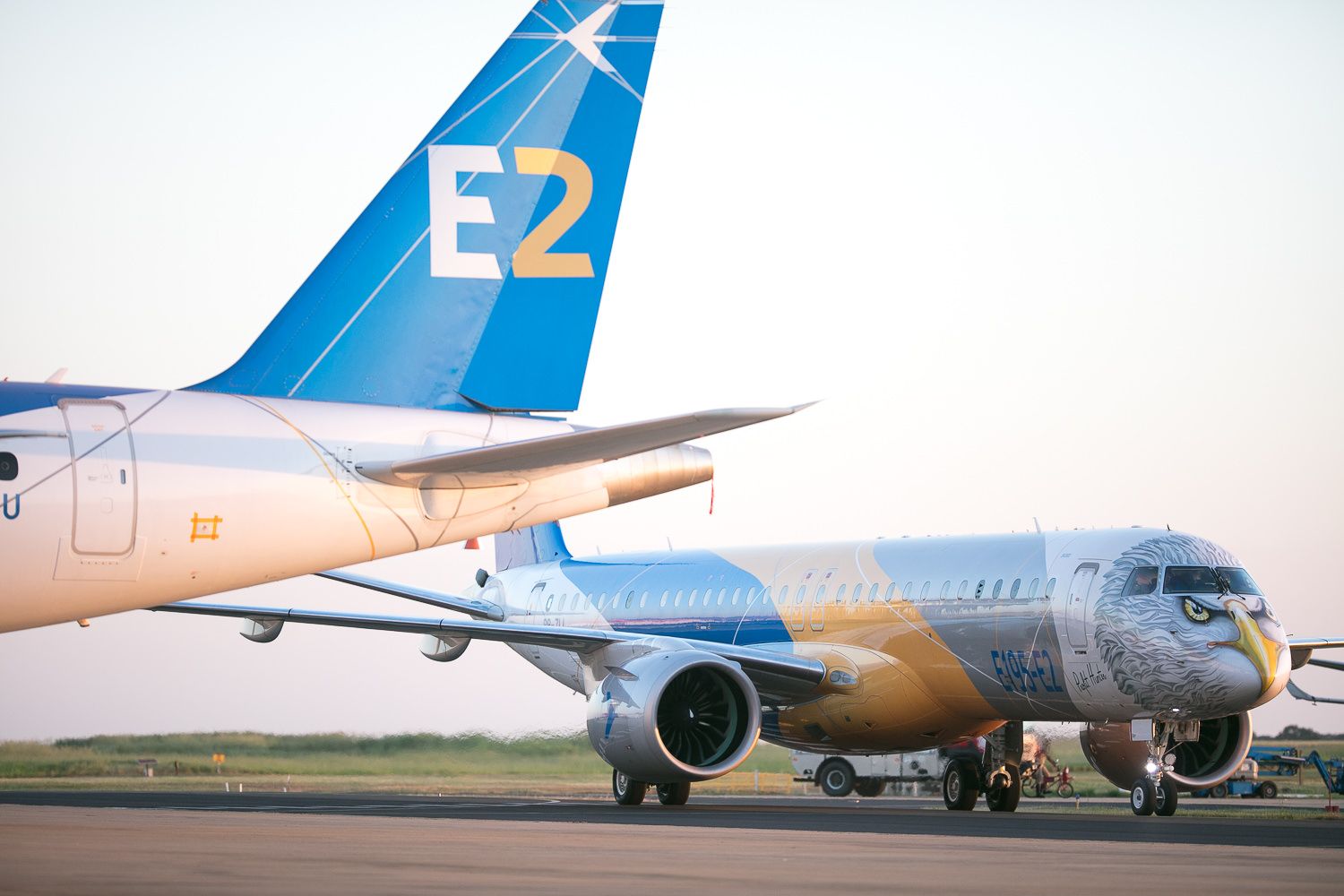
-
 Main AdminAn F/A-18E Super Hornet, assigned to Strike Fighter Squadron (VFA) 151, lands on the flight deck of the aircraft carrier USS John C. Stennis (CVN 74) in the Indian Ocean, March 16, 2019. The John C. Stennis Carrier Strike Group is deployed to the U.S. 5th Fleet area of operations in support of naval operations to ensure maritime stability and security in the Central Region, connecting the Mediterranean and the Pacific through the western Indian Ocean and three strategic choke points. (U.S. Navy photo by Mass Communication Specialist 3rd Skyler Okerman)
Main AdminAn F/A-18E Super Hornet, assigned to Strike Fighter Squadron (VFA) 151, lands on the flight deck of the aircraft carrier USS John C. Stennis (CVN 74) in the Indian Ocean, March 16, 2019. The John C. Stennis Carrier Strike Group is deployed to the U.S. 5th Fleet area of operations in support of naval operations to ensure maritime stability and security in the Central Region, connecting the Mediterranean and the Pacific through the western Indian Ocean and three strategic choke points. (U.S. Navy photo by Mass Communication Specialist 3rd Skyler Okerman)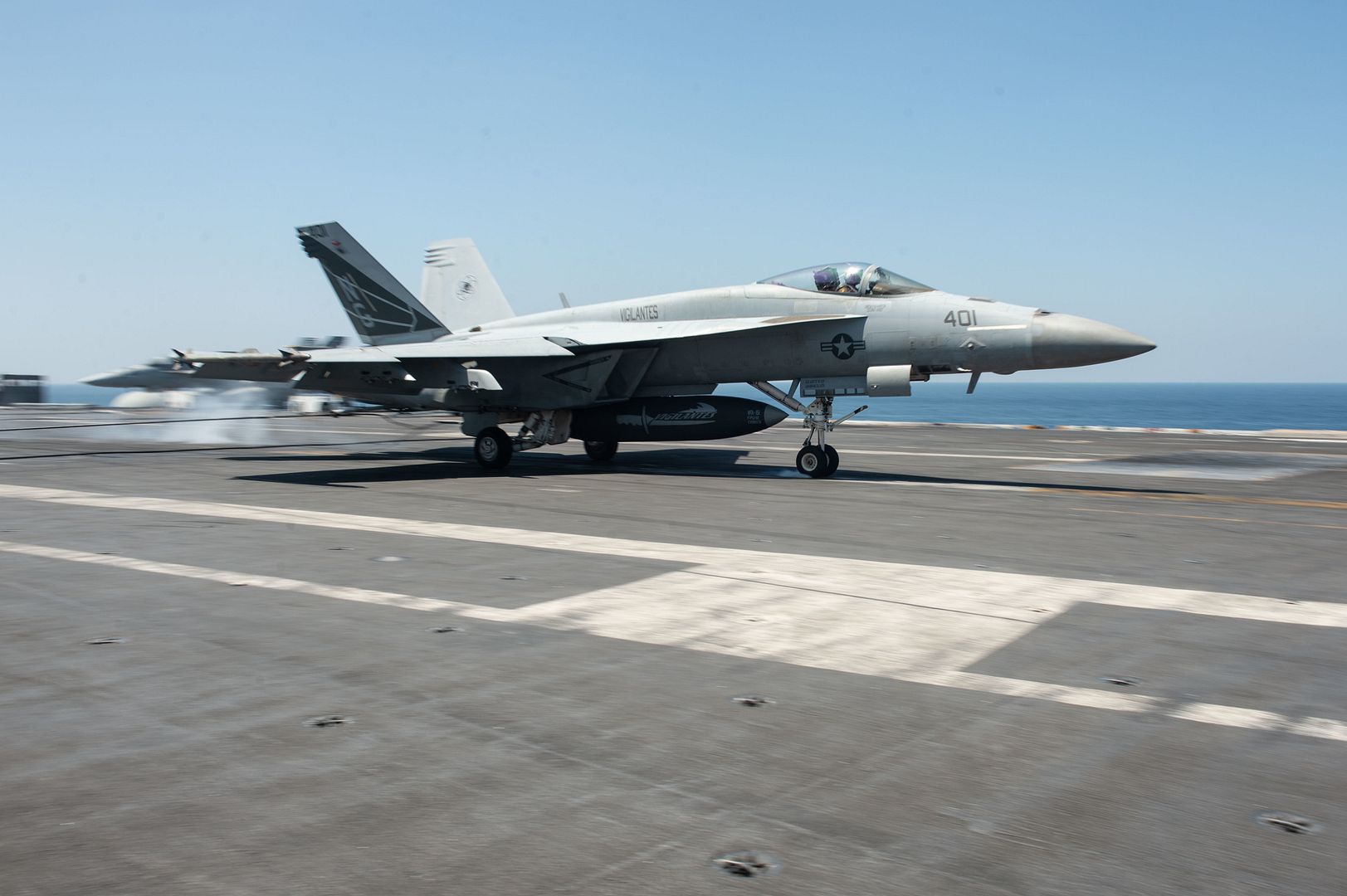
A 908th Expeditionary Aerial Refueling Squadron KC-10 Extender is prepared for a flight at the 380th Air Expeditionary Wing, Al Dhafra Air Base, United Arab Emirates before a mission in support of Operation Inherent Resolve, March 14, 2019. The 908th EARS empowers the fight against ISIS by providing mission extending aerial refueling services to U.S. and Coalition forces conducting operations in OIR's area of responsibility. (U.S. Air Force photo by Staff Sgt. Jordan Castelan)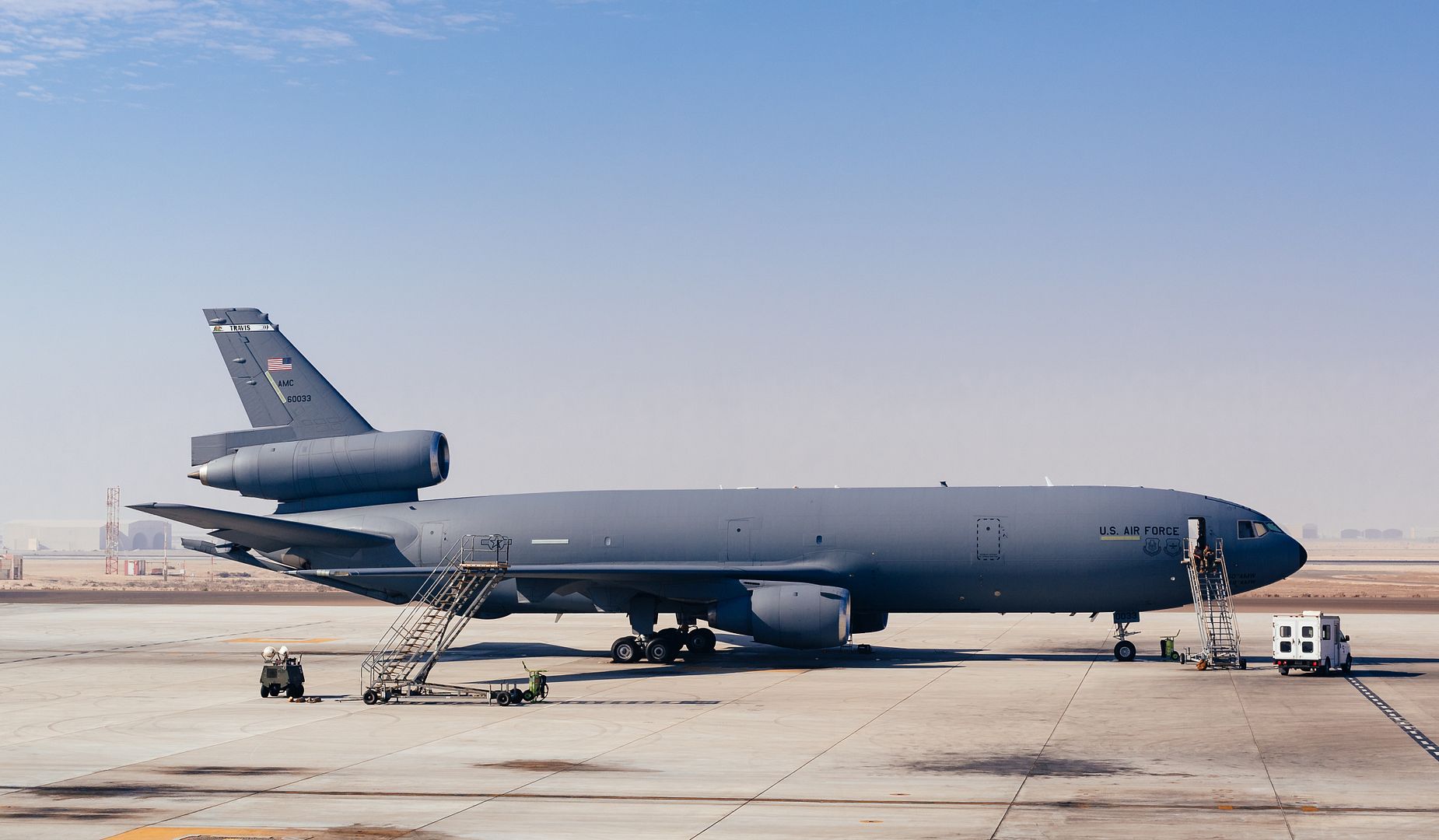
A U.S. Air Force F-16 Fighting Falcon approaches a 908th Expeditionary Aerial Refueling Squadron KC-10 Extender for fuel during a mission in support of Operation Inherent Resolve, March 14, 2019. The 908th EARS empowers the fight against ISIS by providing mission extending aerial refueling services to U.S. and Coalition forces conducting operations in OIR's area of responsibility. (U.S. Air Force photo by Staff Sgt. Jordan Castelan)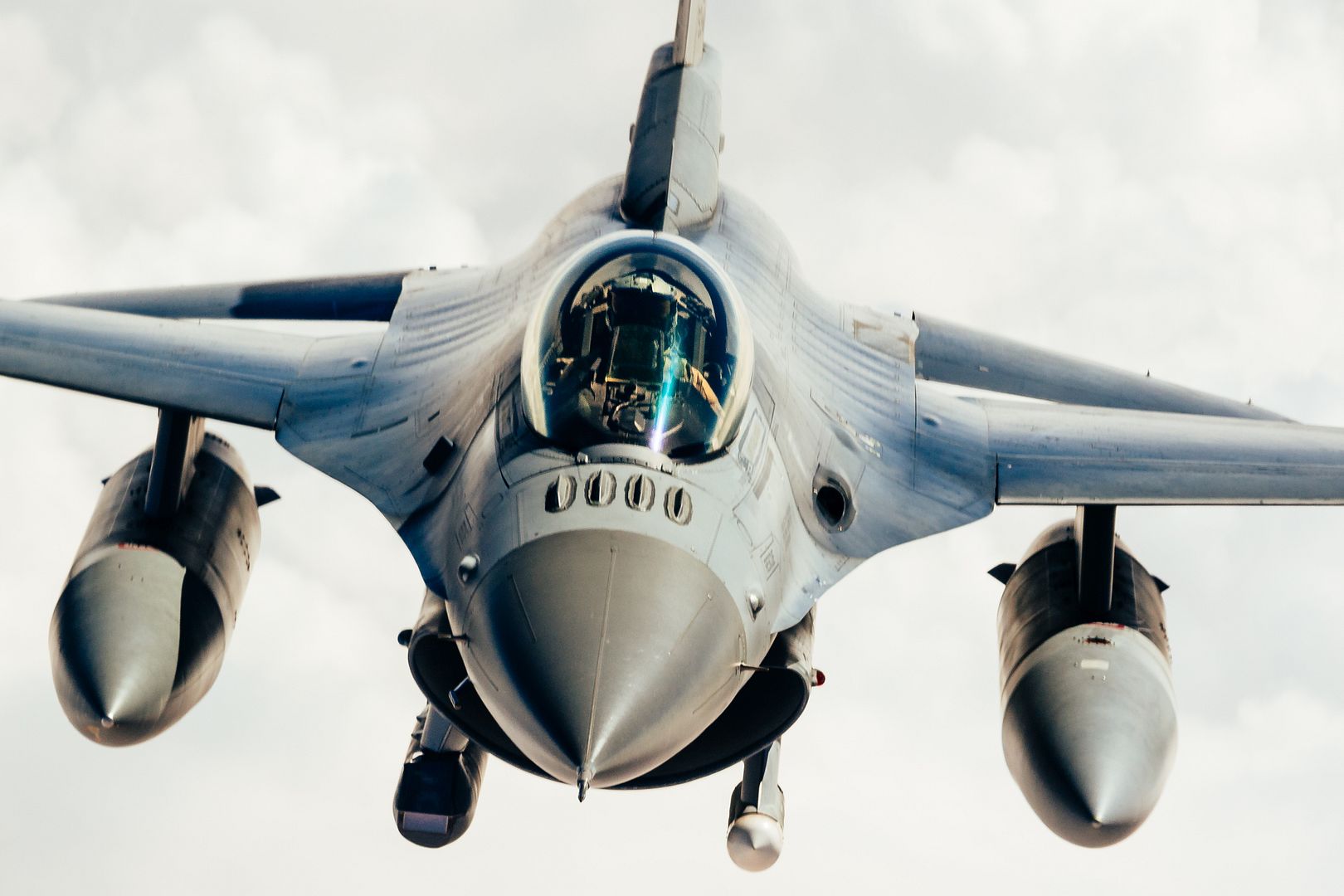
A French Rafale refuels from a 908th Expeditionary Aerial Refueling Squadron KC-10 Extender during a mission in support of Operation Inherent Resolve, March 14, 2019. The 908th EARS empowers the fight against ISIS by providing mission extending aerial refueling services to U.S. and Coalition forces conducting operations in OIR's area of responsibility. (U.S. Air Force photo's by Staff Sgt. Jordan Castelan)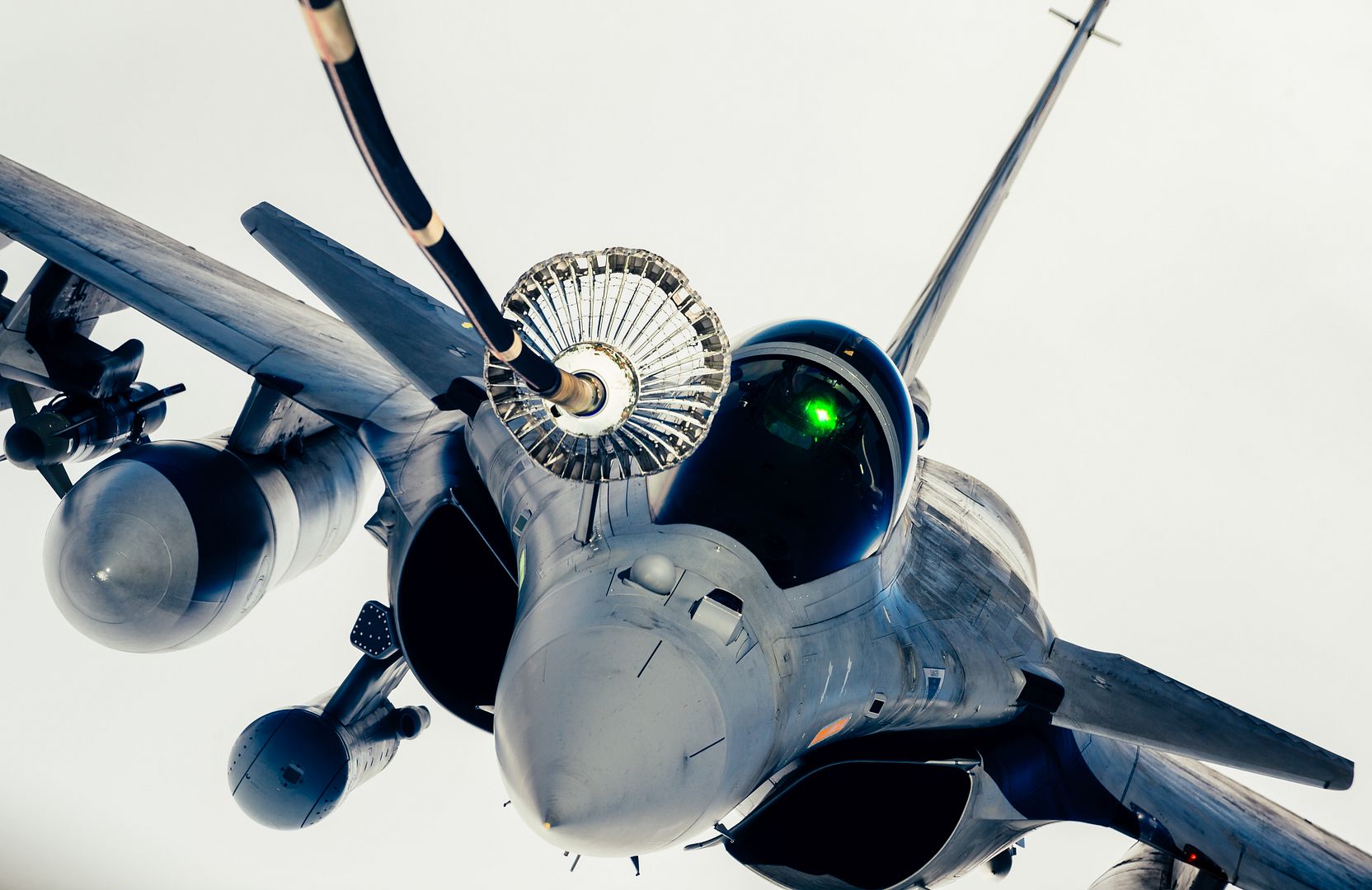
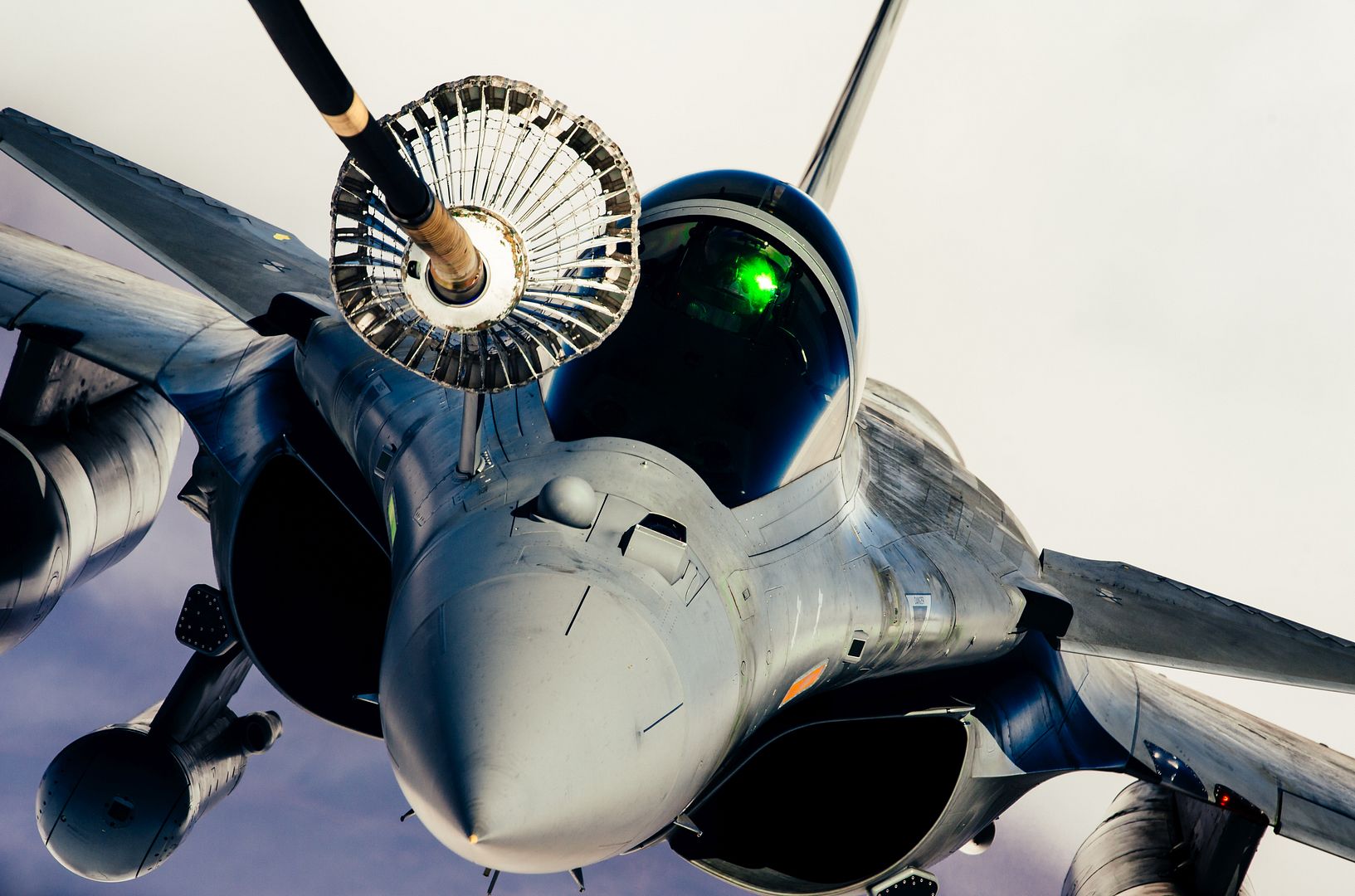
BAE Systems has received an initial funding award from Lockheed Martin, the prime contractor on the F-35 programme, to start integration efforts for MBDA?s Meteor beyond visual range air-to-air missile and SPEAR precision surface attack missile.
Under this initial package of work BAE Systems and Lockheed Martin will also complete further integration work with MBDA on ASRAAM and with Raytheon on Paveway? IV, initially integrated in support of delivering Initial Operating Capability for the UK.
Tom Fillingham, Senior Vice-President ? US Programmes of BAE Systems, said:
?BAE Systems engineers played a crucial role in supporting the UK to achieve Initial Operating Capability for its F-35 fleet. Now, working alongside our partners including Lockheed Martin and MBDA, we are using our expertise to take that capability even further with advanced weapons systems such as Meteor and SPEAR. We are extremely proud of the critical contribution UK engineers are playing for both the UK and the global F-35 fleet through the development, production and sustainment of the aircraft.?
Cliff Waldwyn, Head of Combat Air, Group Business Development of MBDA, said:
?This is a significant milestone for the UK Combat Air?s capability. This initial package of work officially commences the integration of Meteor and SPEAR and will enhance the operational capability of the UK?s Lightning Force in the future; it is also a positive step for the wider F-35 enterprise as it adds additional capability choice for international customers. MBDA?s integration team have worked well with our BAE Systems and Lockheed Martin colleagues and we plan to build on this excellent foundation into the future on this follow-on modernisation work.?
Last year, a pilot from 17 Squadron, the RAF?s F-35 Test and Evaluation Squadron at Edwards Air Force Base, California took to the skies for the first time with UK weapons, including ASRAAM and Paveway? IV.
This followed work carried out during the F-35 programme?s System Development and Demonstration (SDD) initial testing phase to develop and certify weapons capabilities by an integrated test team. This team includes Lockheed Martin, BAE Systems, Raytheon and MBDA, working alongside the UK Air Warfare Centre to clear weapons for Operational Testing by RAF/RN pilots.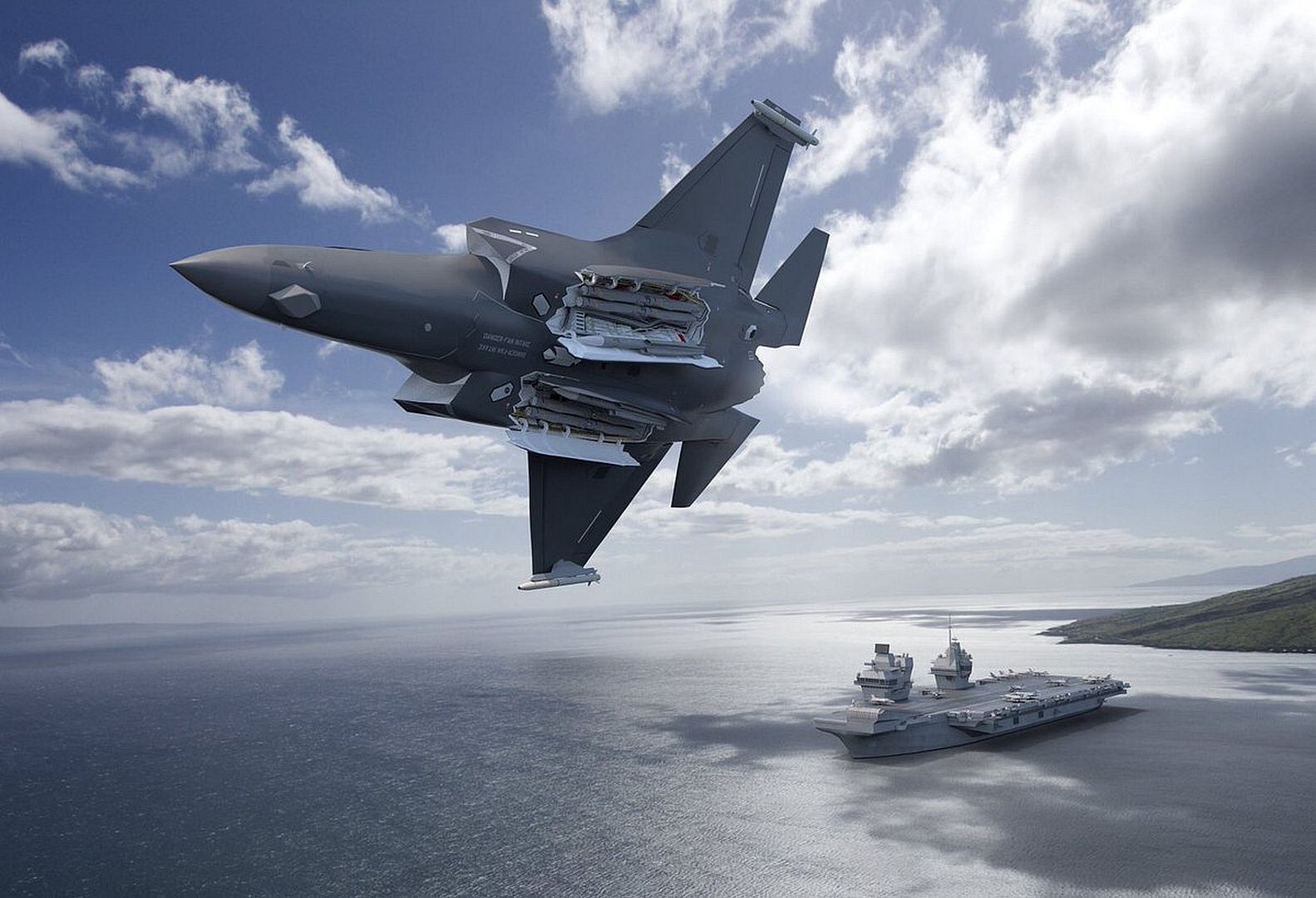
Exercise DYNAMIC MANTA 2019 took place in the waters off the coast of Sicily, Italy, from Feb 25 to March 7, 2019. It is #NATO's largest annual anti-submarine exercise and allows NATO forces to practice together in a joint environment to evaluate and further develop Allied anti-submarine tactics.
CP-140M Auroras from 405 and 407 Squadrons rest on the tarmac in Sigonella, Sicily, during Exercise DYNAMIC MANTA 2019.
Photo: Flight Lieutenant Bartlett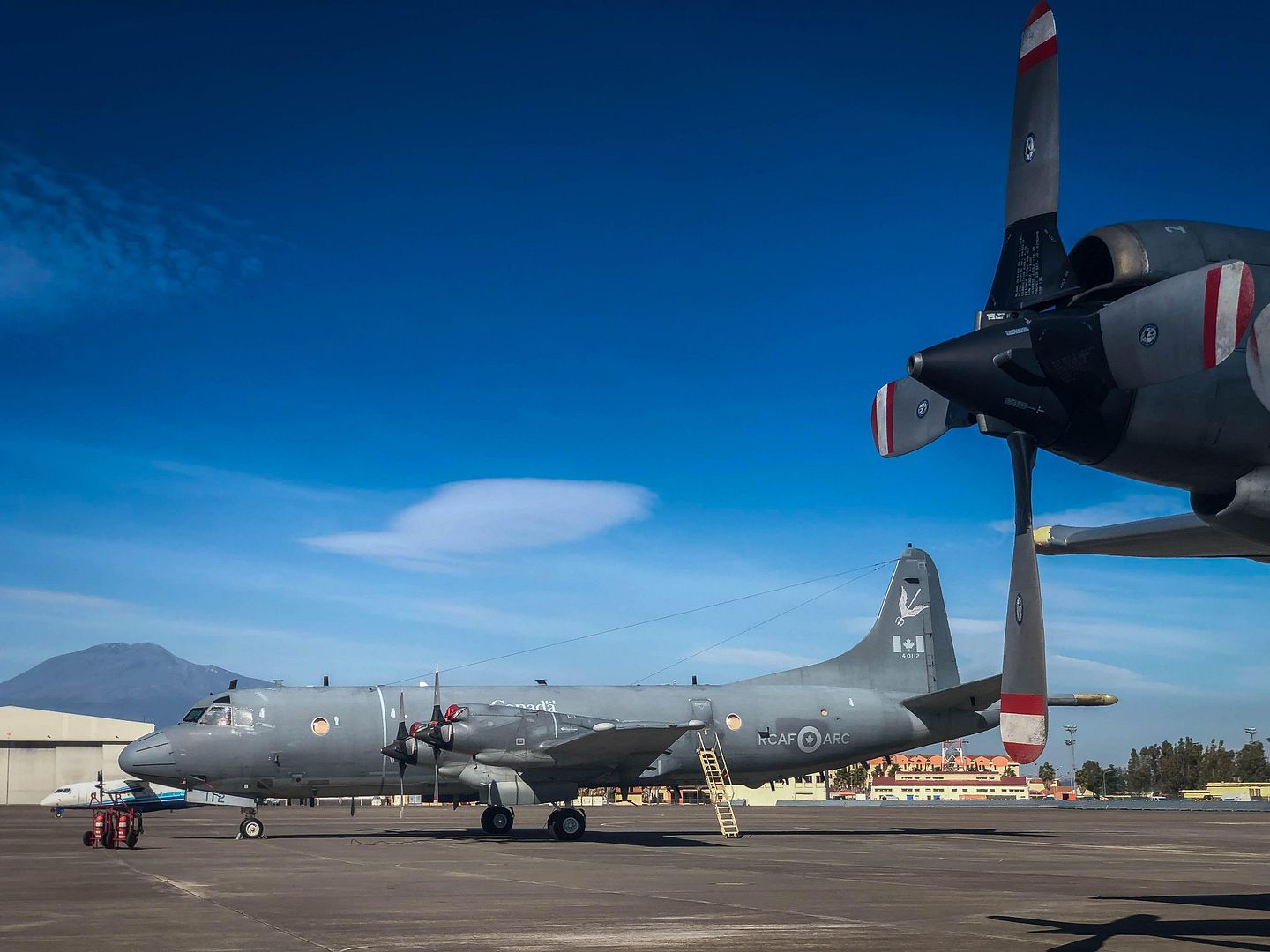
-
 Main AdminBUCHAREST, Romania --
Main AdminBUCHAREST, Romania --
Airmen with the 351st Air Refueling Squadron and the 100th Aircraft Maintenance Squadron participated in air refueling training alongside members of the Romanian air force in Bucharest, Romania, March 11-15.
The KC-135 Stratotanker crew refueled Romanian air force F-16 Fighting Falcons over the week, which focused on interoperability with their Romanian counterparts and enhanced the operational readiness of both nations.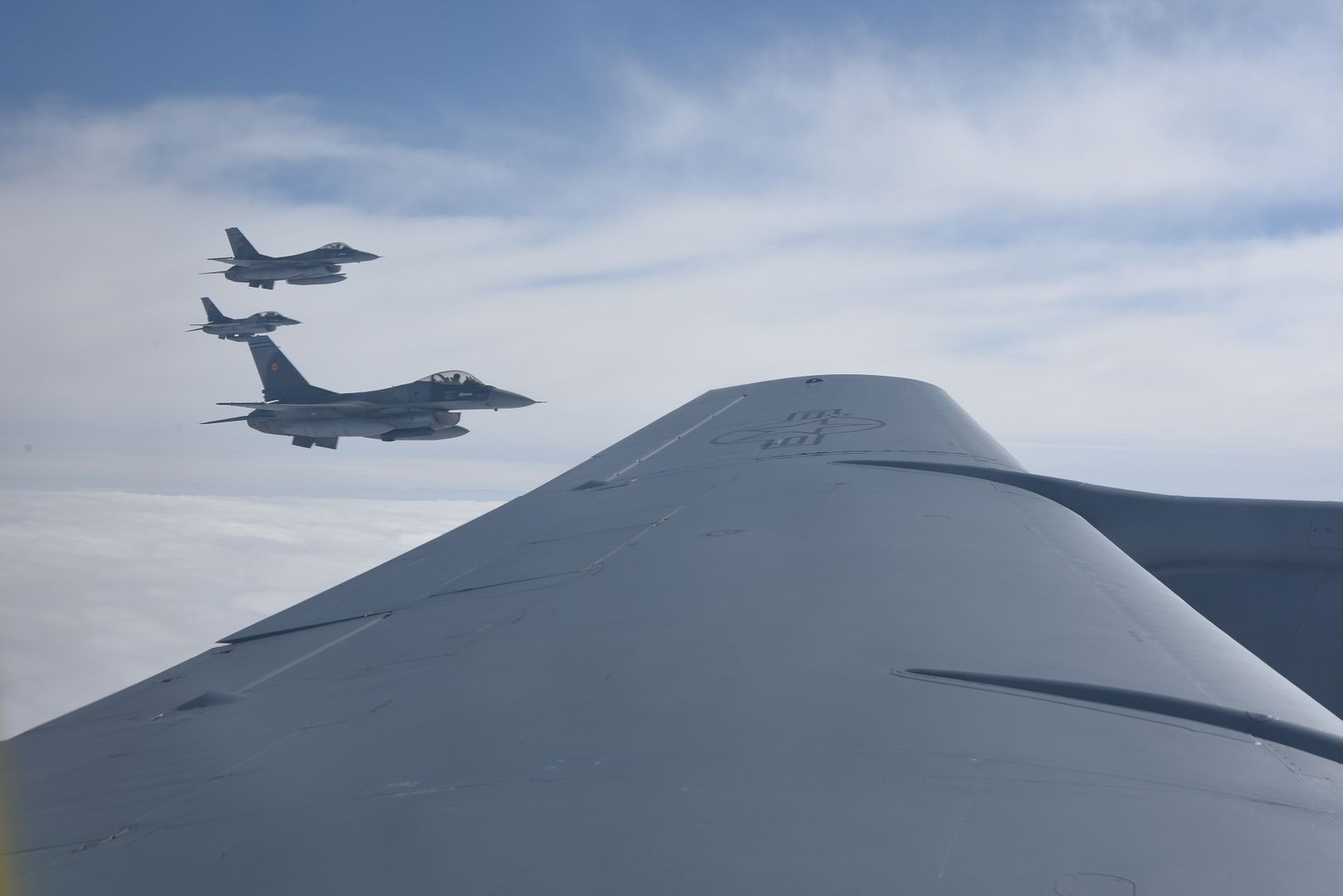
?The training this week exceeded our expectations,? said Senior Airman Corey Marion, 351st ARS boom operator. ?With such a vast number of alliances we have in this theatre, it?s crucial to show our continued commitment to our allies and secure the skies of Europe and Africa.?
On March 12, Romanian air force and civilian members took a tour of the jet to speak with the crew about refueling missions and joined the 351st ARS for a refueling mission of their home nation?s F-16s.
?The U.S. Air Force has always been a great partner of ours,? said Romanian warrant officer Pantilimon Bogdan. ?Today was just another example of both sides continuing to strengthen our ability to work together in this part of the world.?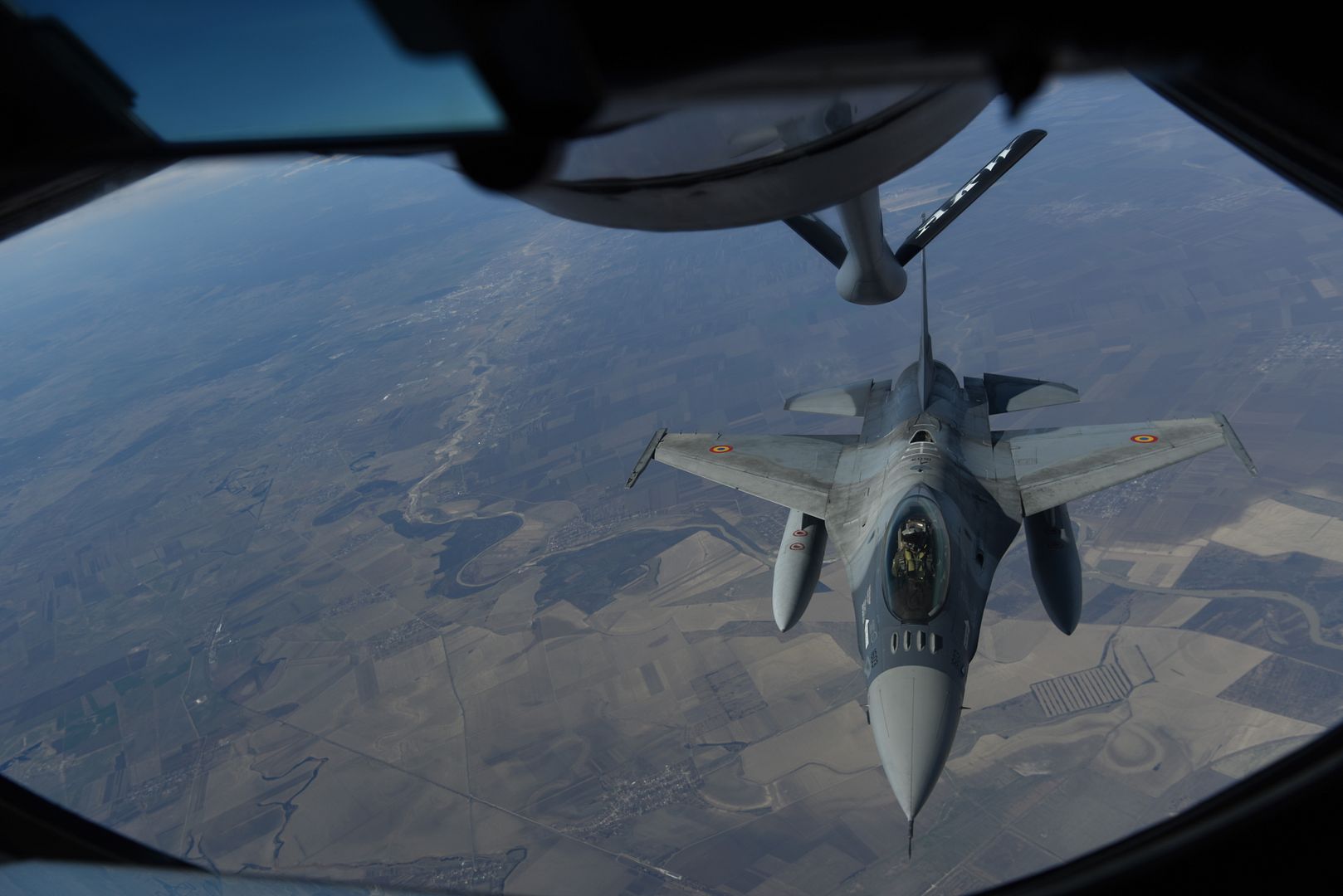
Capt. Logan Dean, 351st ARS pilot, agreed.
?With the different capabilities of each NATO member, missions like ones we undertook are vital to peace in this theater,? Dean expressed. ?It is important for all of our allies to know how vital they are to us, and how vital the mission at RAF Mildenhall is to them.?
(U.S. Air Force photo's by Airman 1st Class Brandon Esau)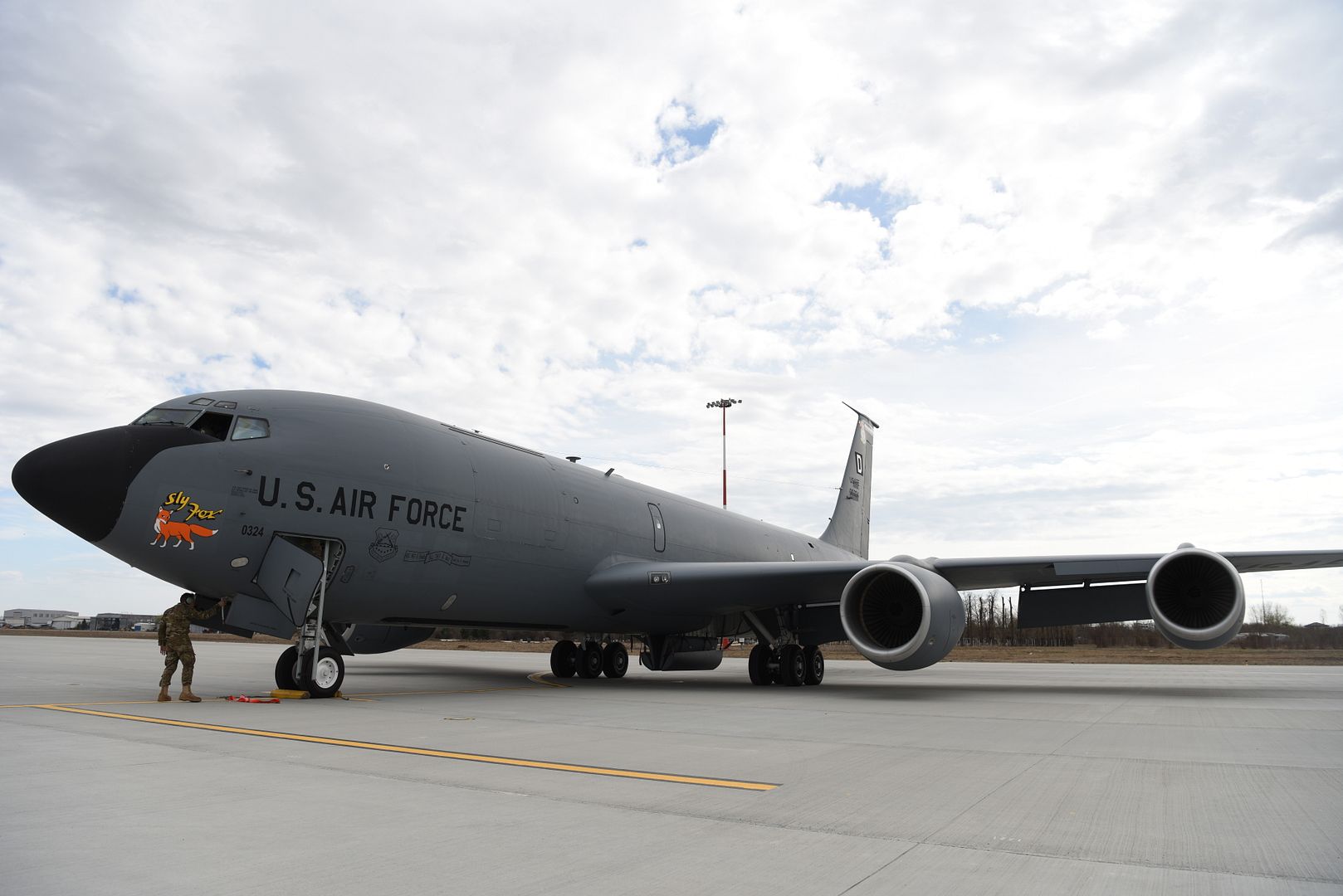
A U.S. Air Force B-52 Stratofortress from the 2nd Bomb Wing at Barksdale Air Force Base, La., breaks away from a U.S. Air Force KC-135 Stratotanker from RAF Mildenhall over Romania, March 18, 2019. The B-52 received 77,000 pounds of fuel from the KC-135. The KC-135 mission supported supported the B-52 Stratortress deployed to Europe as part of the Bomber Task Force rotation. (U.S. Air Force photo by Senior Airman Benjamin Cooper)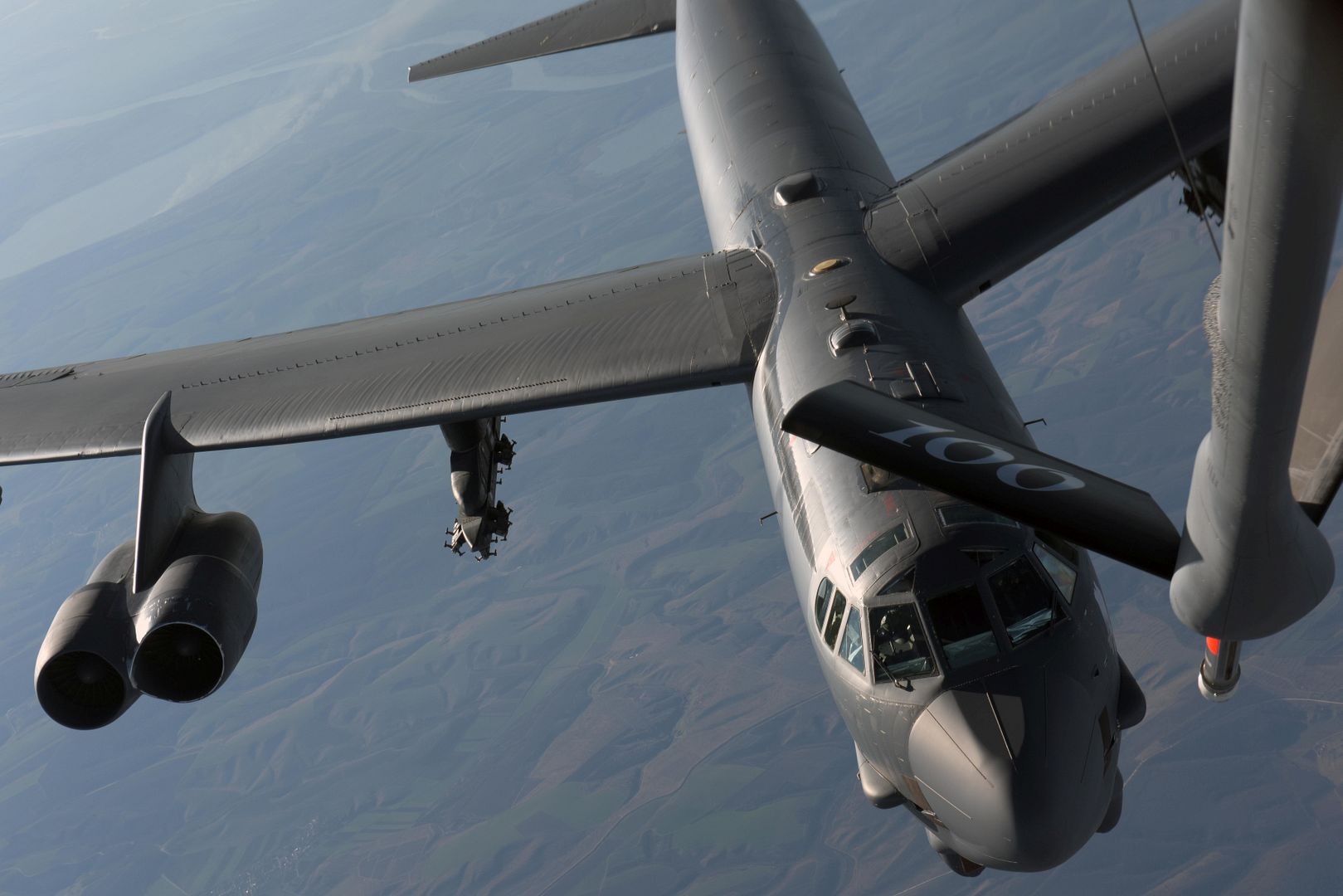
JOINT BASE PEARL HARBOR HICKAM, Hawaii --
U.S. Air Force B-52H Stratofortress bombers launched from Andersen Air Force Base, Guam and Royal Air Force (RAF) Fairford, England, March 18 to conduct simultaneous theater familiarization training in the Indo-Pacific and Europe.
Bombers launched from Andersen AFB and flew north to an area east of the Kamchatka Peninsula before returning to base. Collectively, the flights from the Indo-Pacific and Europe demonstrated U.S. commitment to allies and partners through the global employment of military forces.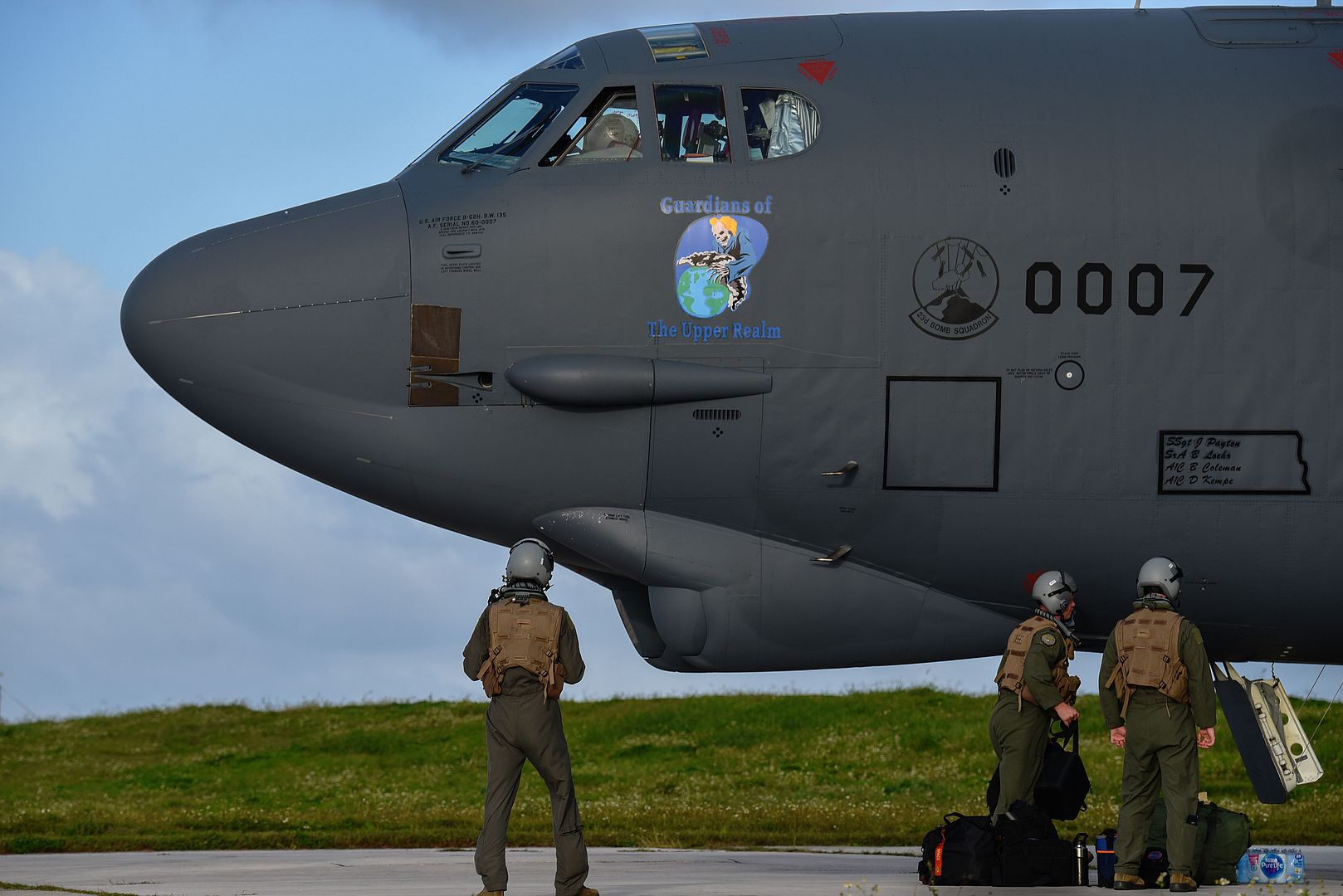
The B-52Hs from Andersen AFB are deployed from the 5th Bomb Wing, Minot Air Force Base, North Dakota, in support of U.S. Indo-Pacific Command?s (USINDOPACOM) Continuous Bomber Presence (CBP). The CBP has been operational for more than a decade in support of a free and open Indo-Pacific. These missions, flown by Pacific Air Forces (PACAF), routinely operate throughout the region in accordance with international law and norms.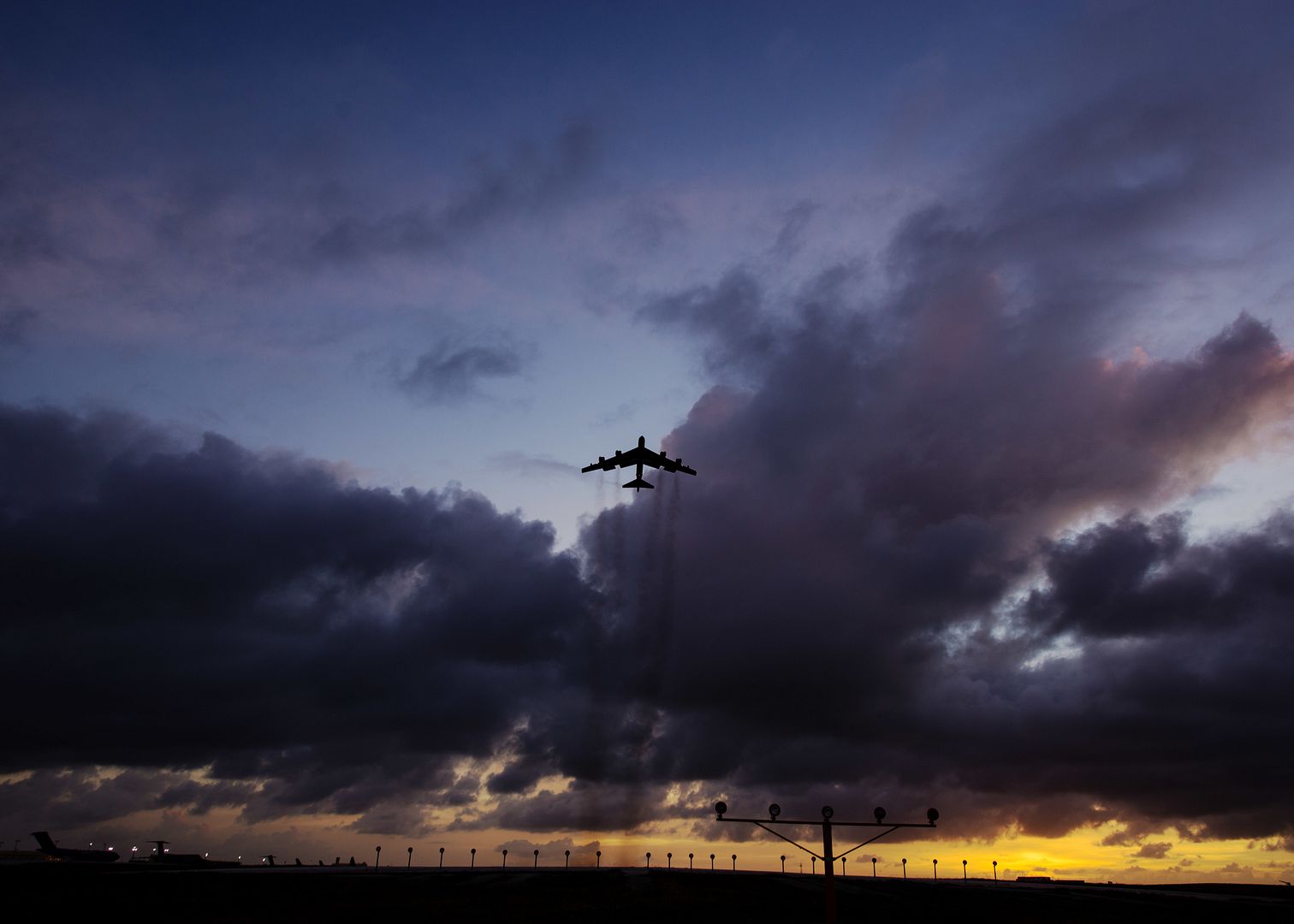
The B-52Hs operating out of RAF Fairford are part of the Bomber Task Force currently deployed to Europe from the 2nd Bomb Wing, Barksdale Air Force Base, Louisiana. While in theater, the bombers will conduct training with NATO allies and partners in order to enhance interoperability and readiness. The deployment of strategic bombers to the UK helps exercise RAF Fairford as U.S. Air Forces in Europe?s forward operating location for bombers.
Strategic bomber missions enhance the readiness and training necessary to respond to any potential crisis or challenge across the globe.
(U.S. Air Force photo's by Senior Airman Ryan Brooks)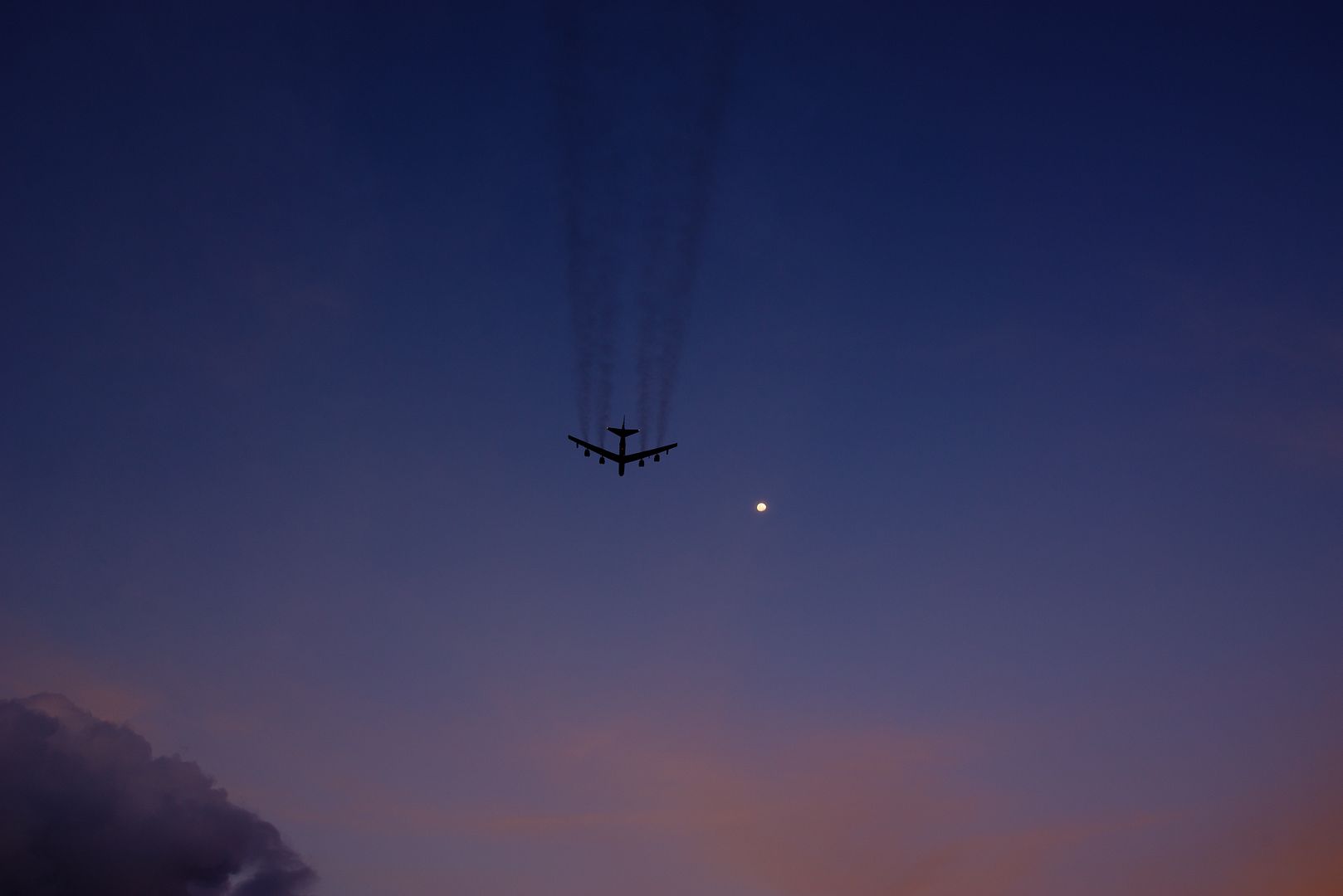
INDIAN OCEAN (March 15, 2019) Aviation Boatswain's Mate (Handling) 1st Class Forrest Findley, from Sammamish, Washington, directs an EA-18G Growler assigned to Electronic Attack Squadron (VAQ) 133 to stay in position on the flight deck of the aircraft carrier USS John C. Stennis (CVN 74) in the Indian Ocean, March 15, 2019. The John C. Stennis Carrier Strike Group is deployed to the U.S. 5th Fleet area of operations in support of naval operations to ensure maritime stability and security in the Central Region, connecting the Mediterranean and the Pacific through the western Indian Ocean and three strategic choke points. (U.S. Navy photo by Mass Communication Specialist 3rd Skyler Okerman/Released)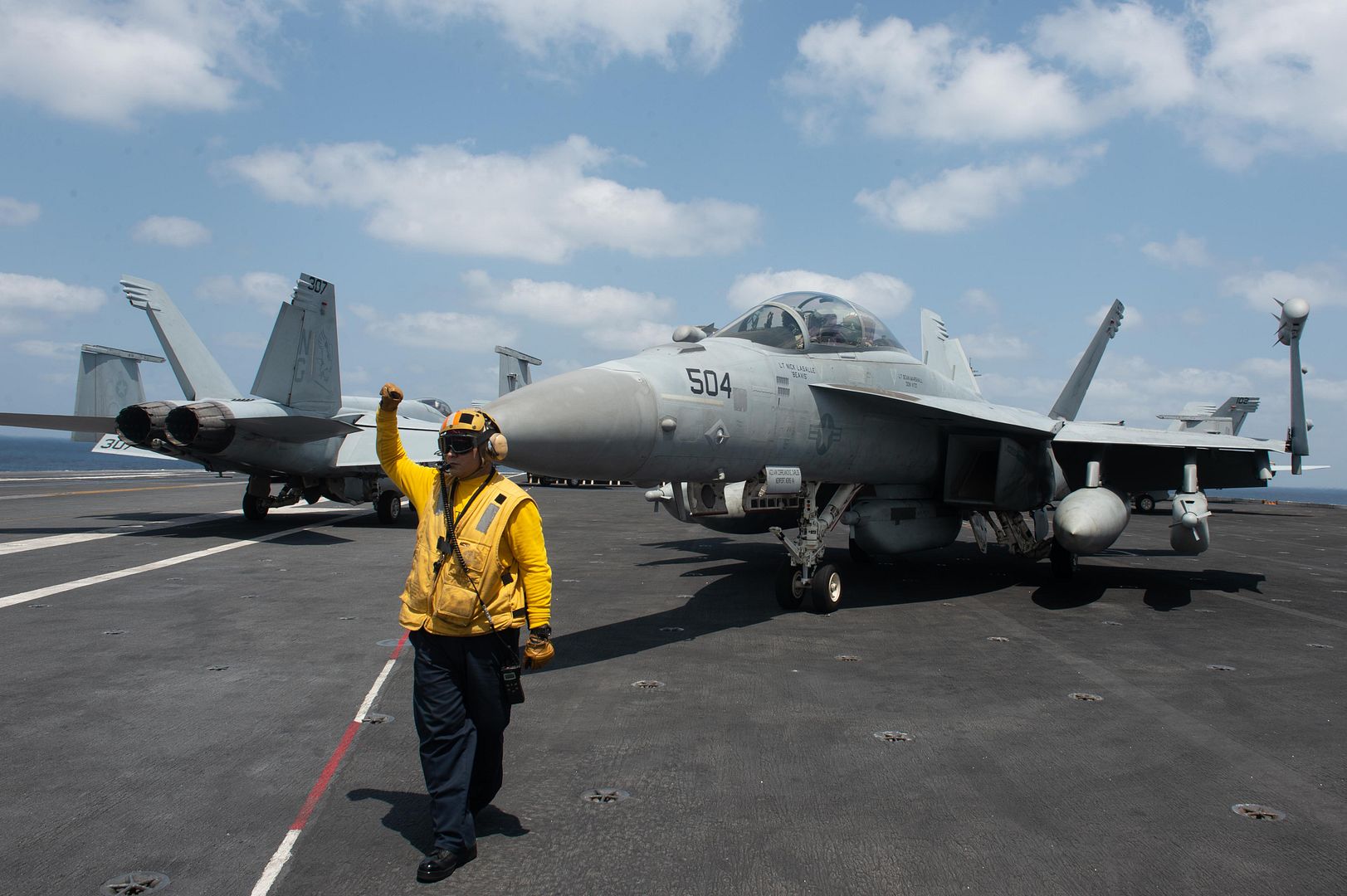
STARLUX Airlines of Taiwan has signed a firm order with Airbus for 17 widebody aircraft, comprising 12 A350-1000s and five A350-900s.
The new airline plans to deploy these aircraft on its premier long-haul services from Taipei to Europe and North America, as well as selected destinations within the Asia-Pacific region.
?We are very glad to sign the official purchase agreement today for Airbus widebodies. The A350?s combination of extra-long-range capability, significantly lower operating costs and high passenger comfort were key factors in our decision,? K.W. Chang, Founder and Chairman of STARLUX Airlines said. ?STARLUX is committed to becoming one of the best airlines in the world. We are positive that with the A350 XWB, we will be able to spread our wings to further destinations, bringing our best-in-class services to more people over the world in the near future.?
"What K. W. and STARLUX are proving is that when you start from a clean sheet, you make no compromises. Every STARLUX A350-1000 takes off 45 tonnes lighter than its alternative. Imagine the savings! And will fly up to 1,000 more miles than the alternative, enabling STARLUX to serve U.S. East Coast destinations nonstop! Imagine the extra market and revenue!? said Christian Scherer, Airbus Chief Commercial Officer. ?Both the A350-1000 and A350-900 offer true long-range capability, greater passenger comfort, yet all the economic benefits of fleet commonality. We salute STARLUX's strategic choice with gratitude and we will be there to support their legitimate ambition."
The A350 XWB is the world?s most modern and eco-efficient aircraft family shaping the future of air travel. It is the long-range leader in the large widebody market (300 to 400+ seats). The A350 XWB offers by design unrivalled operational flexibility and efficiency for all market segments up to ultra-long haul (9,700 nm). It features the latest aerodynamic design, carbon fibre fuselage and wings, plus new fuel-efficient Rolls-Royce engines. Together, these latest technologies translate into unrivalled levels of operational efficiency, with a 25% reduction in fuel burn and emissions. The A350 XWB?s Airspace by Airbus cabin is the quietest of any twin-aisle and offers passengers and crews the most modern in-flight products for the most comfortable flying experience.
At the end of February 2019, the A350 XWB Family had received 852 firm orders from 48 customers worldwide, making it one of the most successful widebody aircraft ever.
The 16th Aerial Firefighting Europe event returns to Nimes, France, 19th & 20th March with a new entry, the C-27J in firefighting configuration. The C-27J firefighter with roll-on/roll-off Fire Attack System (FAS) made by Simplex Aerospace ? the world leader of advanced aerial application systems - represents an effective solution in airborne firefighting technology and capability. This enhanced firefighter configuration is a flexible solution, ideal for enhancing the capabilities of the C-27J multi-mission aircraft with significantly lower acquisition and operating costs than a dedicated firefighting platform.
The Simplex Fire Attack System can be easily installed or removed by a small team in approximately 60-90 minutes via the aircraft?s rear loading ramp. No major structural modifications are required to the airframe. The main tank has a maximum capacity of 10,600 l (2,800 gal US). 568 l (150 gal US) of foam retardant can also be added. The firefighting system is one of the options that C-27J customers can add to the C-27J Spartan new baseline configuration which incorporates a brand new avionics system designed to comply with Next Generation Air Traffic Control requirements, new cockpit control panels and LED aircraft lights. Operators will enjoy improved operational cost and performance within the aircraft flyaway price.
The firefighting capability and the new baseline configuration are also being offered as a retrofit to current operators that want to upgrade their C-27J fleet.
While offering the C-27J Firefighter with the Simplex Aerospace roll-on/roll-off Fire Attack System, Leonardo, in collaboration with the European SCODEV Consortium, is also studying and testing a further innovative solution to enhance the C-27J's firefighting potential. The SCODEV scooping device willprovide increased operational flexibility by allowing the water tank to be filled from a stretch of water, without the need to return to base. The system will provide a scooping device for the safe loading of water (sea, lakes, rivers) from around 30m above the surface, with a roll-on / roll-off approach to allow the aircraft different roles between firefighting, emergency support (medevac) and transport.
Eighty five C-27J Spartans have already been ordered by the Air Forces of Italy, Greece, Bulgaria, Lithuania, Romania, Slovakia, United States, Mexico, Australia, Peru, Kenya, Morocco, Chad and Zambia.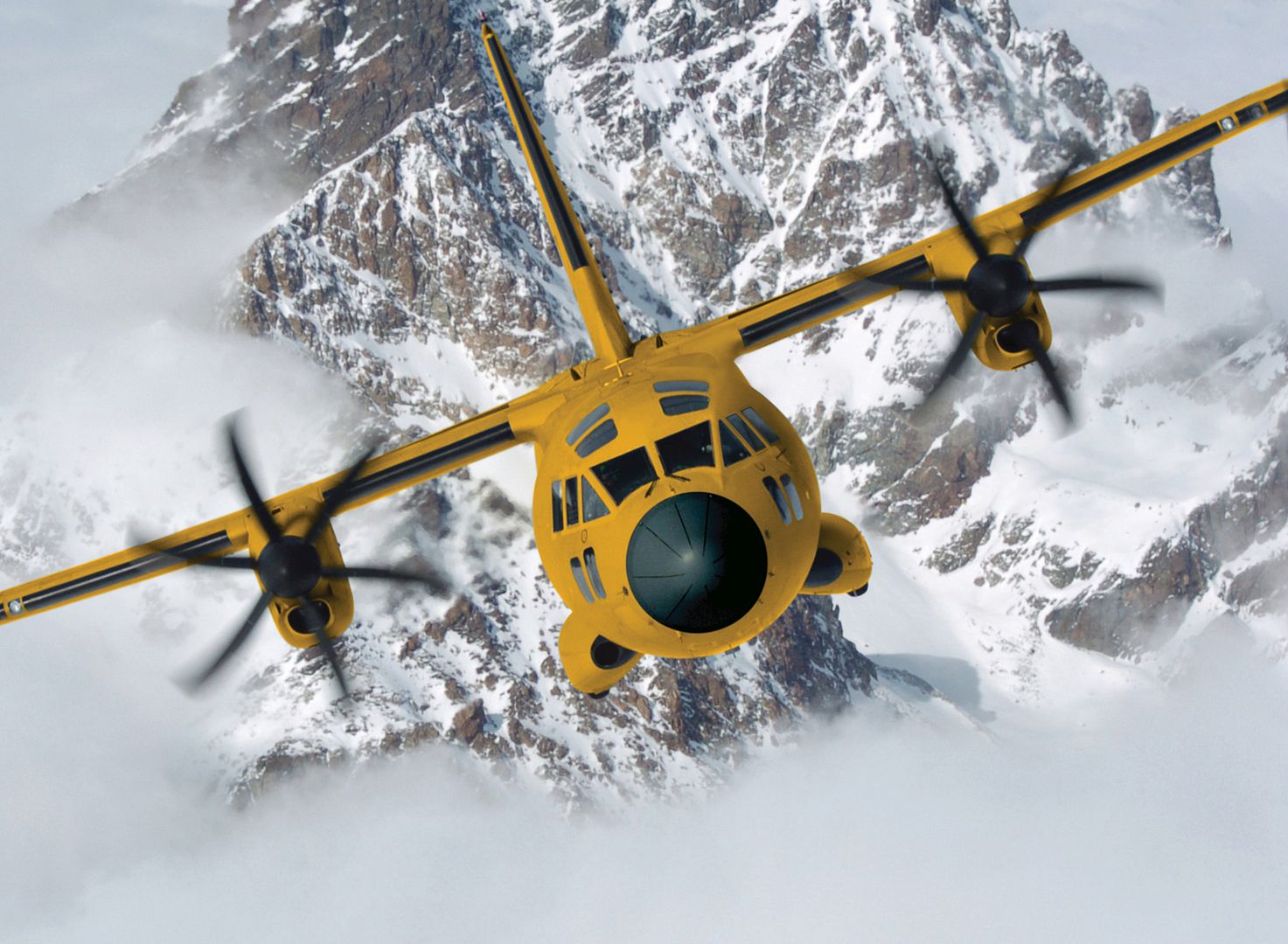
Fort Worth, Texas (March 19, 2019) ? During the thirty years since the V-22 Osprey first flew, the tiltrotor aircraft, built by Bell Helicopter, a Textron Inc. (NYSE: TXT) company, and Boeing [NYSE: BA], has fundamentally changed how the U.S. Marine Corps and Air Force operate in combat and support humanitarian operations. The V-22 has become one of the most in-demand and reliable aircraft in military service with its unique vertical maneuverability combined with the speed, range and fuel efficiency of a fixed-wing airplane.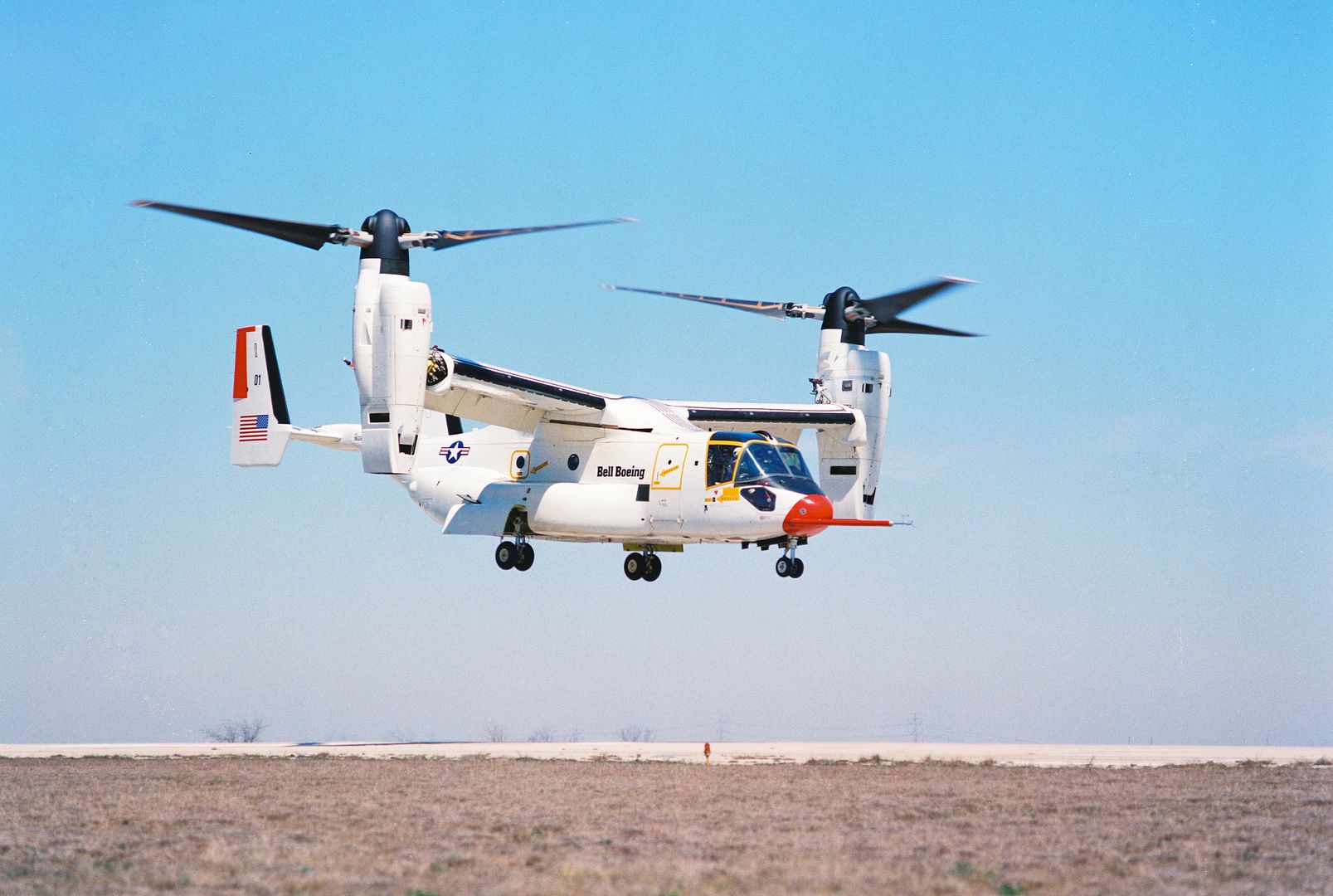
So far, more than 375 V-22 aircraft have accumulated more than 450,000 flight hours across a spectrum of missions. Soon, the U.S. Navy will begin using a new V-22 variant to deliver personnel and cargo to its aircraft carriers, becoming the latest operator leveraging the aircraft?s unique capabilities.
?Over the last 30 years, the V-22 has reshaped power projection, assault support and special operations airlift. Since that first flight in Arlington Texas, the V-22 has proven its worth on the battlefields of Iraq Afghanistan, Syria and around the world. Thirty years later, now a networked platform, still with unmatched speed, and battlespace reach, the V-22 continues to enable global power projection and worldwide crisis response on a scale never before possible. The US Services and our allies look forward to the next 30 years of V-22s dominating the battlefield.?
said U.S. Marine Corps Col. Matthew Kelly, V-22 Joint Program manager.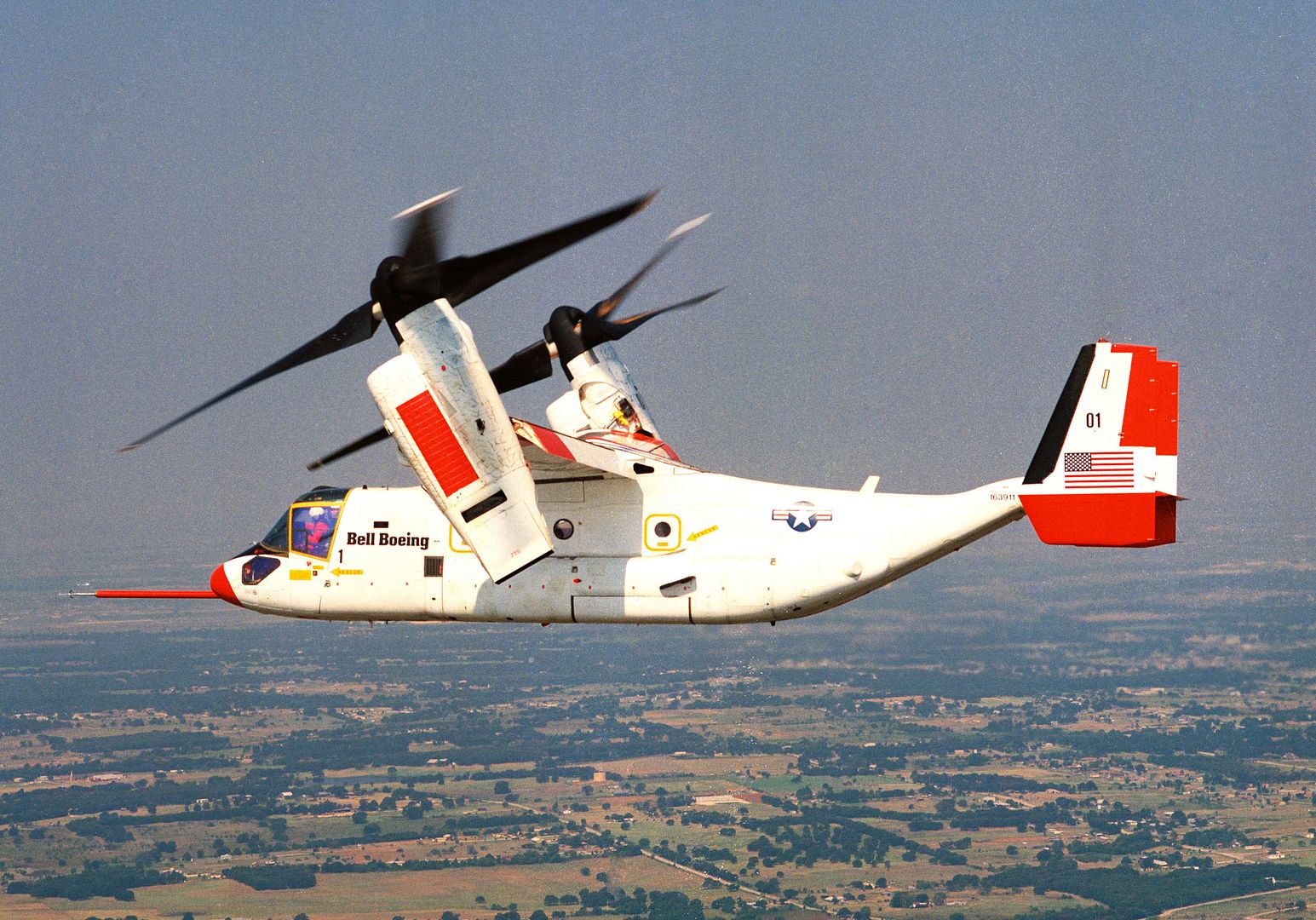
The V-22 has deployed to operations in Afghanistan, Iraq, and Kuwait, and participated in humanitarian operations, including earthquake relief in Haiti and Japan and hurricane response in the United States. Military leaders continue to find new uses for the V-22. The missions it performs include airborne command and control, airborne fleet logistics, combat search and rescue and special operations support, among others.
?The Osprey continues to prove that tiltrotor technology has many benefits for operators challenged in the toughest environments. The V-22 enables operations in a way that was not previously possible. The high demand for Ospreys is a signal that the aircraft is essential for customers around the world.?
aid Chris Gehler, vice president, Bell V-22 Program and deputy program director, Bell Boeing V-22
The V-22?s unique tiltrotor design means the aircraft takes off and lands like a helicopter and flies as a propeller-driven aircraft. These characteristics offer the tactical flexibility to deploy with a smaller logistical footprint and without a runway to access areas that are unreachable with any other aircraft. Major production locations are Philadelphia and Amarillo, with Rolls-Royce producing the aircraft?s two engines in its Indianapolis facility. The V-22 industry team is not only producing new aircraft, but it is also working with the Marine Corps to reduce the number of aircraft configurations and simplify designs for readiness improvements for the active V-22 inventory.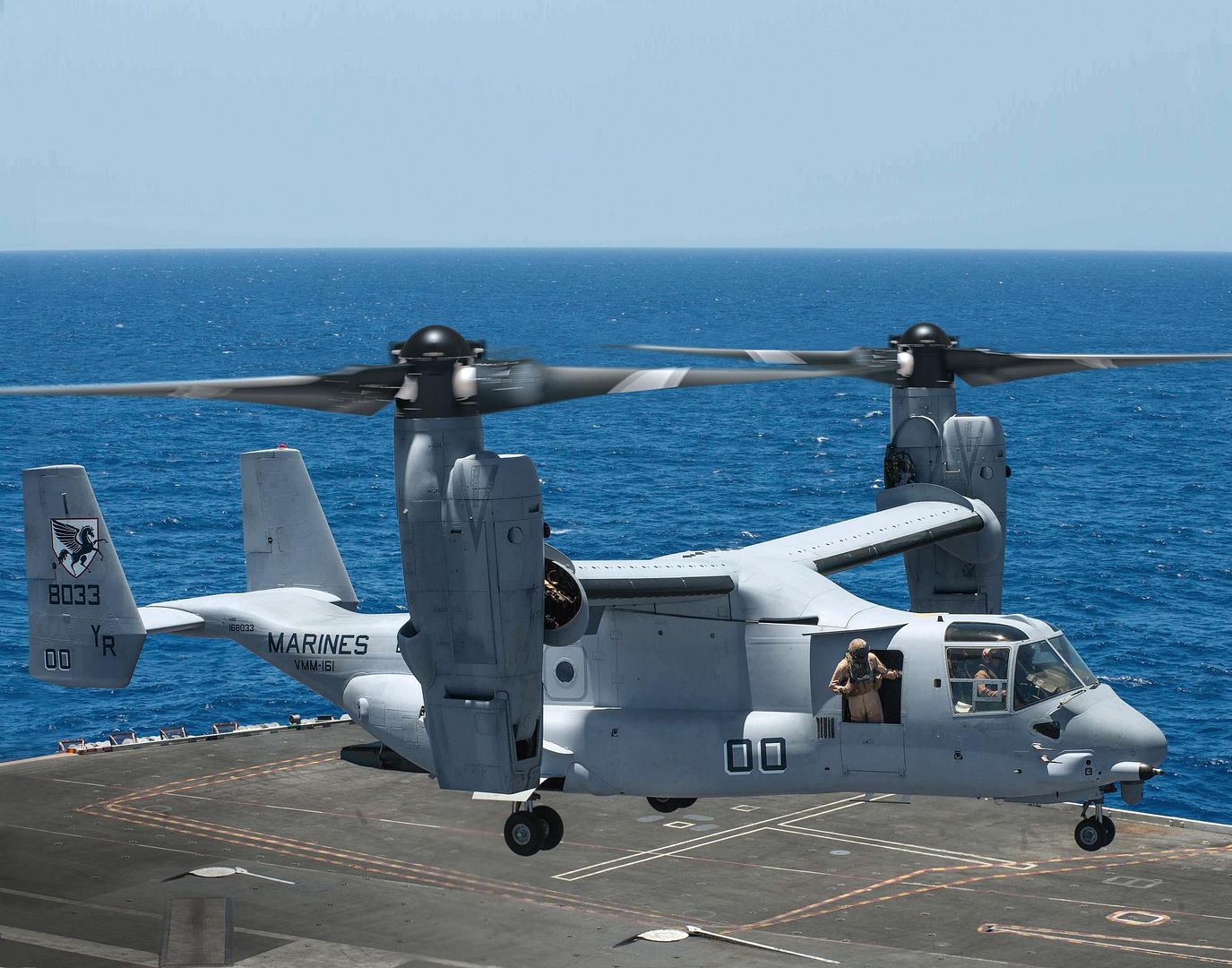
-
 Main AdminA U.S. Air Force F-16 Falcon from the South Dakota Air National Guard?s 114th Fighter Wing based in Sioux Falls receives fuel while in flight from a U.S. Air Force KC-135 assigned to the Iowa Air National Guard?s 185th Air Refueling Wing based in Sioux City while flying over South Dakota on March 19, 2019.
Main AdminA U.S. Air Force F-16 Falcon from the South Dakota Air National Guard?s 114th Fighter Wing based in Sioux Falls receives fuel while in flight from a U.S. Air Force KC-135 assigned to the Iowa Air National Guard?s 185th Air Refueling Wing based in Sioux City while flying over South Dakota on March 19, 2019.
U.S. Air National Guard photo by Senior Master Sgt. Vincent De Groot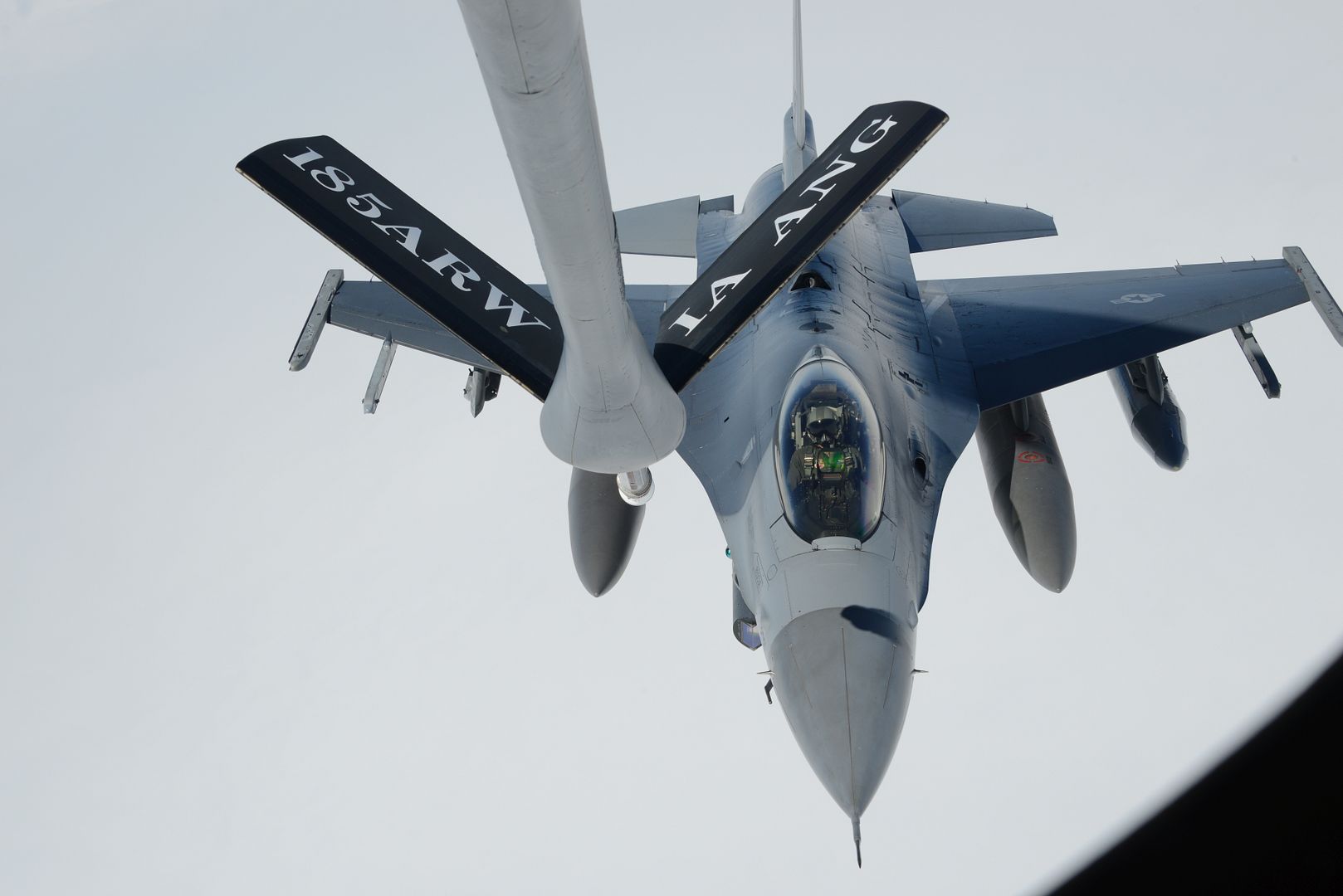
A drag parachute on a B-52 Stratofortress deployed from Barksdale Air Force Base, La., is opened after landing at RAF Fairford, England, March 20, 2019. The B-52s arrived at RAF Fairford to conduct theater integration and flying training as a part of U.S. Strategic Command?s Bomber Task Force (BTF) in Europe. (U.S. Air Force photo by Airman 1st Class Jennifer Zima)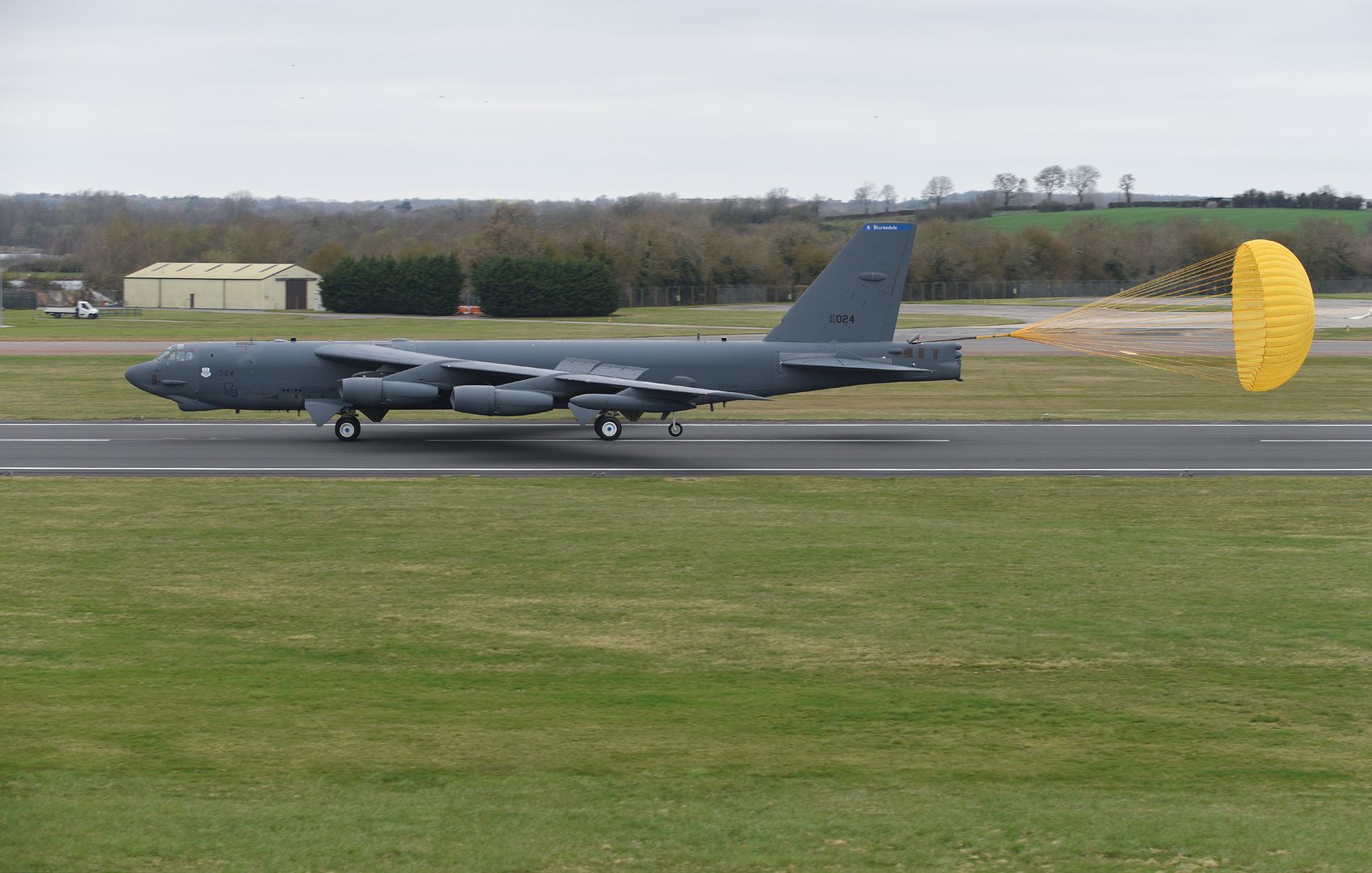
U.S. Airmen assigned to the 122nd Fighter Wing, Indiana Air National Guard, preflight an A-10C Thunderbolt II aircraft on the first day of spring, March 20, 2019, at the 122nd Fighter Wing in Fort Wayne, Indiana. The maintainers performed their inspections against the backdrop of a warm sunrise emerging through the clouds during the spring equinox. (U.S. Air National Guard photo by Tech. Sgt. William Hopper)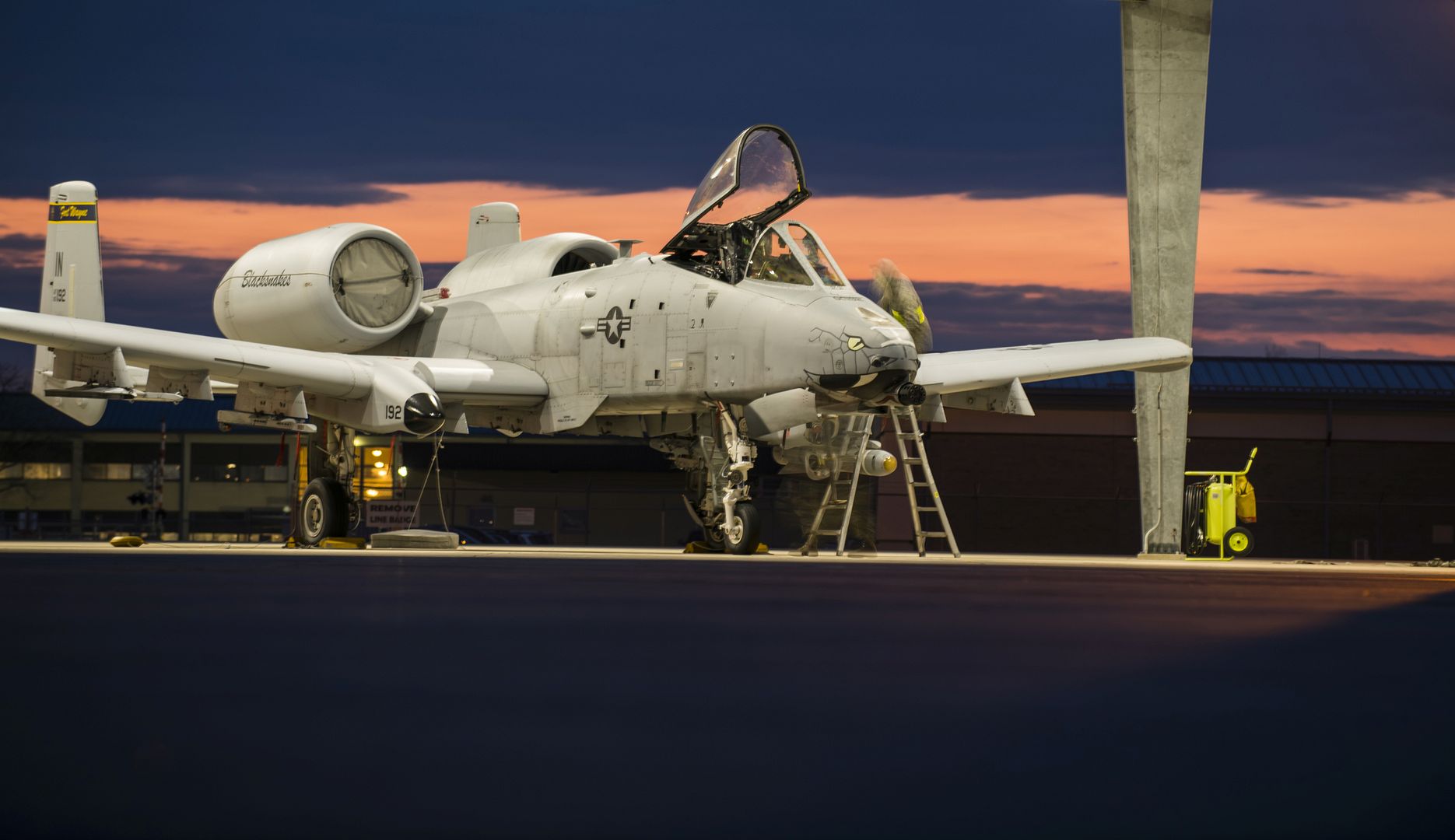
A C-17 Globemaster III taxis to a parking spot at Joint Base Charleston, South Carolina, March 20, 2019. The C-17 can perform tactical airlift and airdrop missions and can transport litters and ambulatory patients during aeromedical evacuations. (U.S. Air Force photo by Staff Sgt. Matthew Lotz)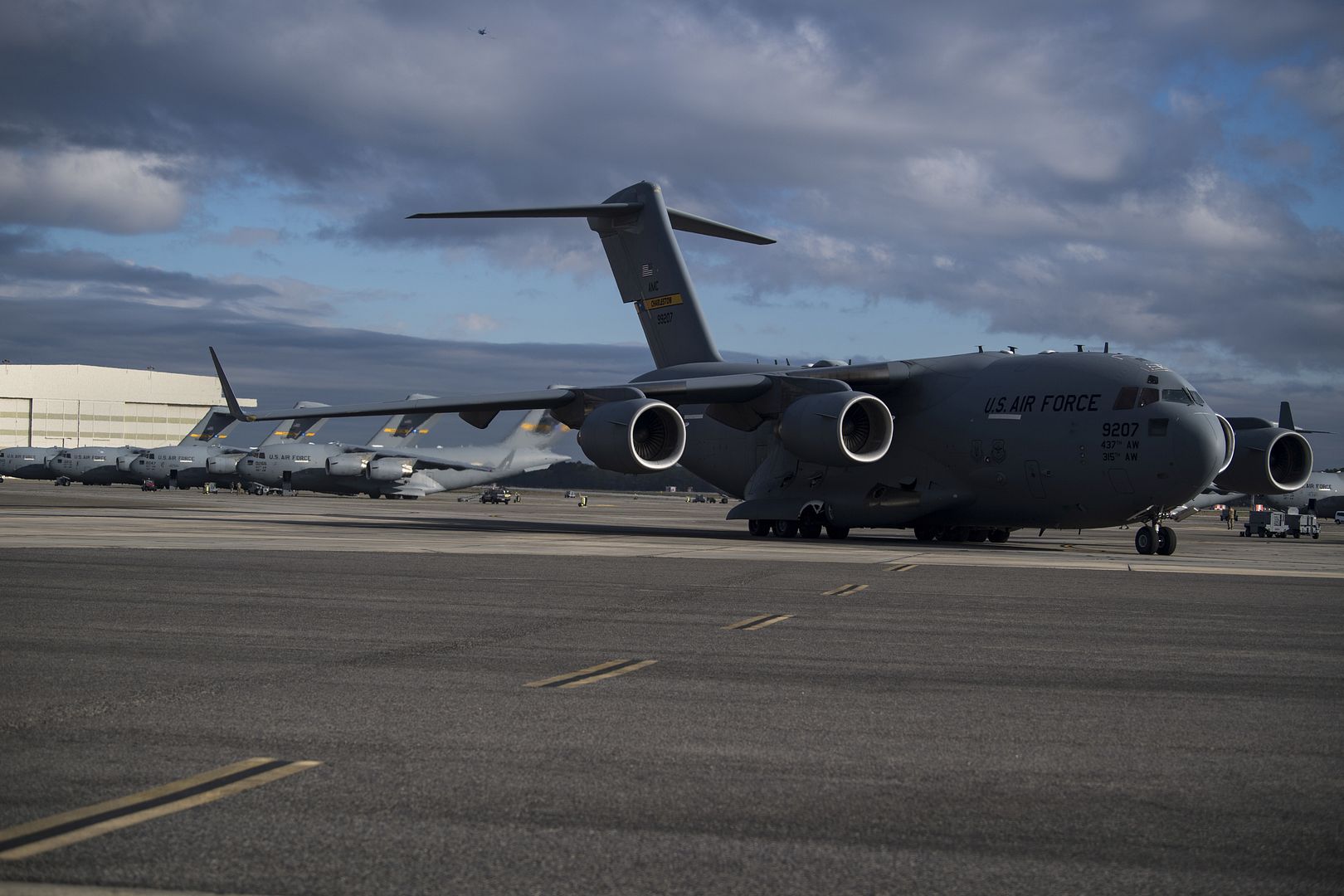
U.S. Airmen from the 724th Air Mobility Squadron load equipment onto a Royal Moroccan Air Force C-130H Hercules at Aviano Air Base, Italy, March 16, 2019. The aircraft visited Aviano in preparation for African Lion 19, an exercise that represents a continuation of the U.S. and Morocco?s long-standing relationship and security cooperation. (U.S. Air Force photo by Staff Sgt. Tory Cusimano)
A 908th Expeditionary Aerial Refueling Squadron KC-10 Extender peels away from another 908th EARS KC-10 after refueling in support of Operation Inherent Resolve, March 17, 2019. The 908th EARS empowers the fight against ISIS by providing mission extending aerial refueling services to U.S. and Coalition forces conducting operations in OIR's area of responsibility. (U.S. Air Force photo's by Staff Sgt. Jordan Castelan)
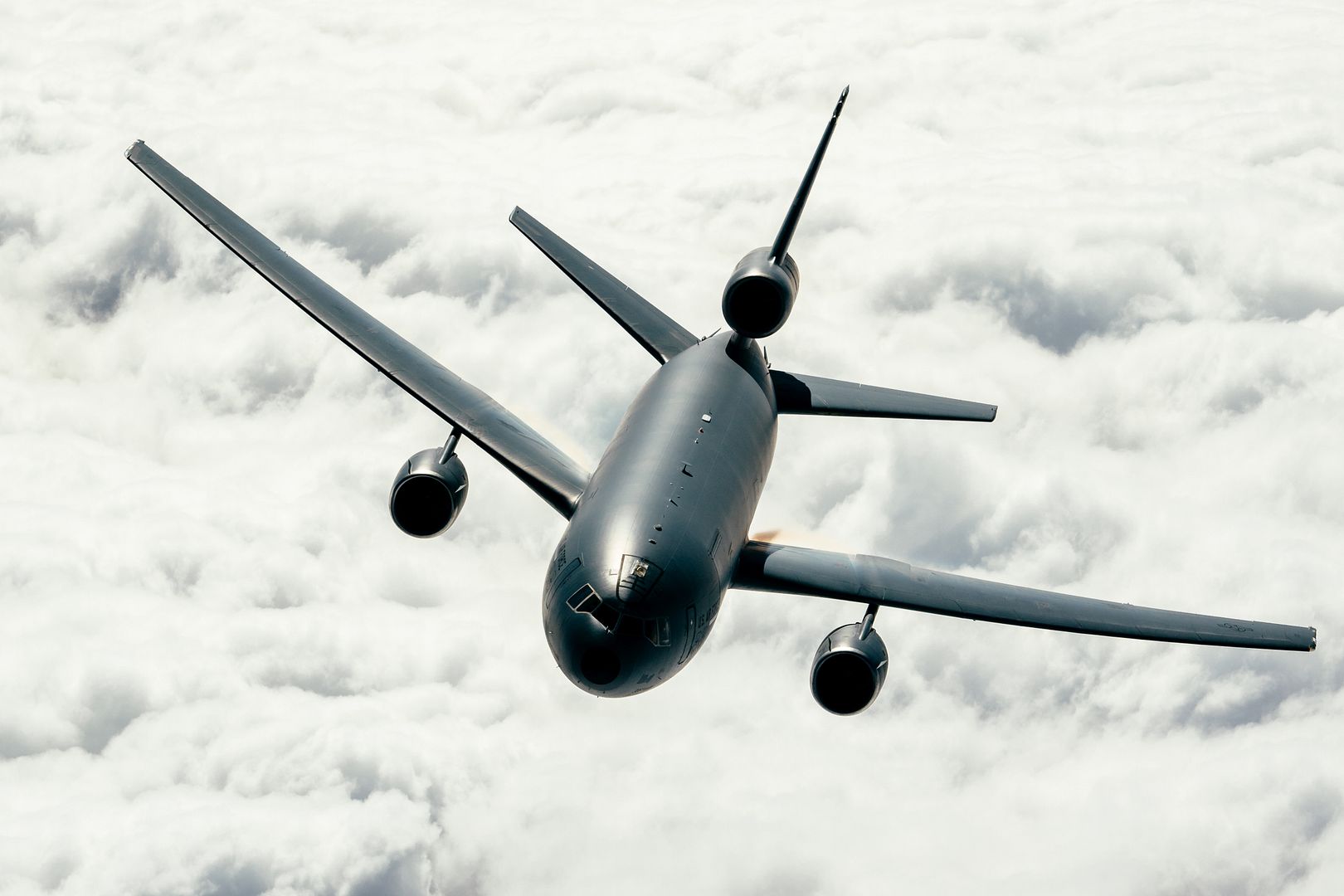
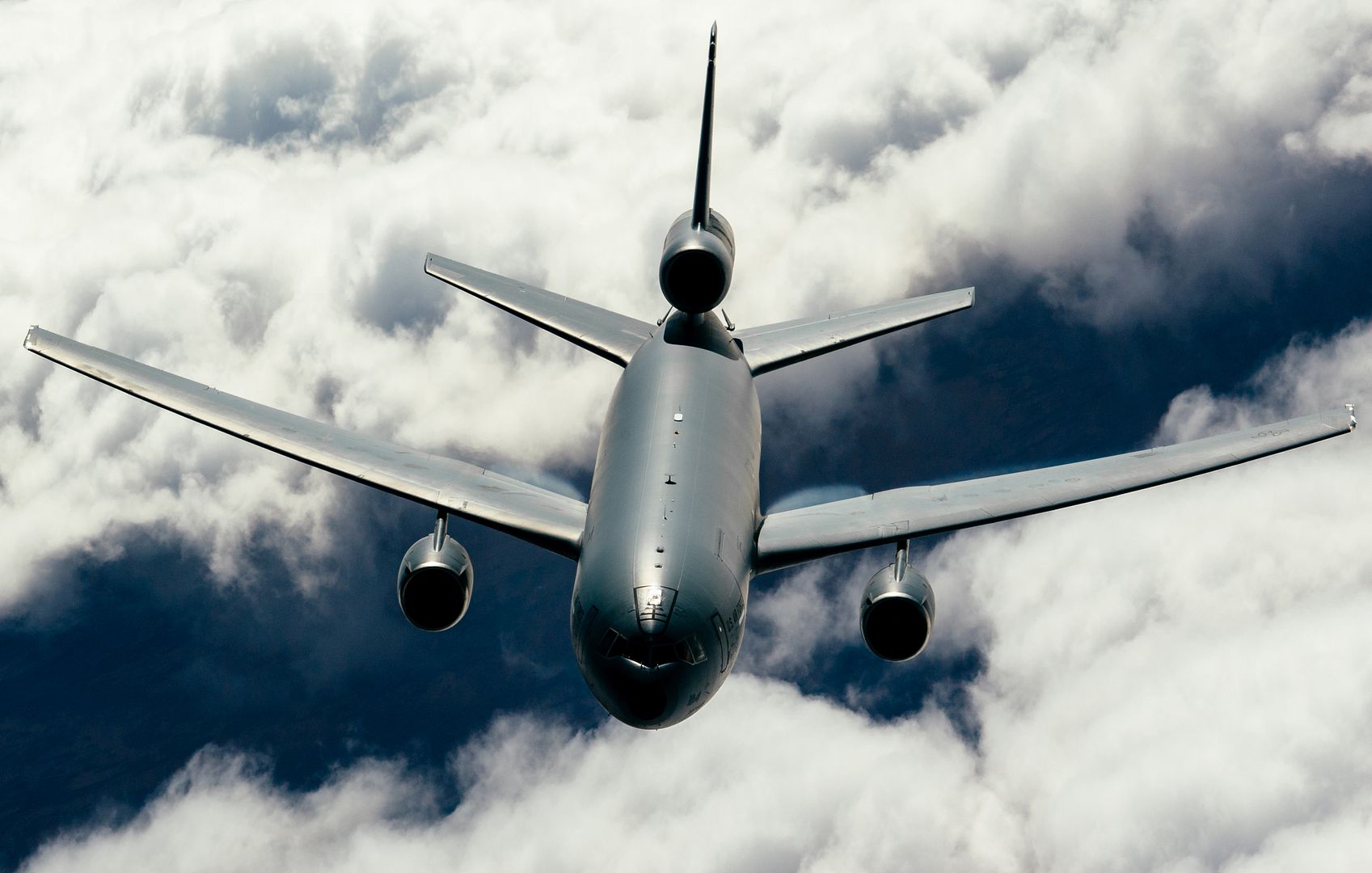
A 99th Expeditionary Reconnaissance Squadron U-2 Dragon Lady prepares for a mission in support of Operation Inherent Resolve from Al Dhafra Air Base, United Arab Emirates, Mar. 15, 2019. Commonly referred to as the most difficult aircraft to fly in the world, the U-2 Dragon Lady has been host to less than fifteen-hundred pilots since the first flight in 1955. (U.S. Air Force photo by Senior Airman Gracie I. Lee)
Japan?s All Nippon Airways (ANA) has taken delivery of its first A380 at a special ceremony in Toulouse, becoming the 15th operator of the world?s largest passenger aircraft. The delivery ceremony was attended by ANA HOLDINGS President and CEO Shinya Katanozaka and hosted by Airbus CEO Tom Enders.
ANA has ordered three A380s and will operate the aircraft on the popular route between Tokyo Narita and Honolulu from 24 May. Each ANA A380 will feature a special livery depicting the Hawaiian Green Sea Turtle, also known as the Honu. The livery on the first aircraft is painted in blue, while the second will be green and the third orange.
ANA?s A380 is configured in a premium layout seating 520 passengers. The upper deck features eight suites in first class, 56 business class seats that convert to fully flat beds and 73 premium economy seats. Economy class is located on the main deck, where ANA offers a spacious layout seating 383 passengers, including 60 couch seats. The aircraft features ANA?s very latest in-flight entertainment systems, as well as full connectivity in all classes.
?We will commit all three of our Airbus A380 to the Tokyo-Honolulu route with the goal of introducing a new level of luxury service to our passengers flying ANA on the number one resort route for Japanese travelers,? said Shinya Katanozaka, President and CEO of ANA HOLDINGS INC.
?We believe the A380 will become a game changer for ANA and will enable us to increase our market share by doubling the number of seats connecting Honolulu and Tokyo by 2020,? he added. ?The FLYING HONU is designed to offer unprecedented comfort and convenience and a world of new possibilities to ANA passengers, something that would not have been possible without the combined efforts of the Airbus and Rolls-Royce teams working closely with the dedicated professionals at ANA.?
?Airbus is proud to deliver this beautiful aircraft to ANA,? said Airbus CEO Tom Enders. ?Offering unrivalled levels of passenger comfort, the A380 will enable ANA to increase its capacity on the busy route to Hawaii with maximum efficiency. We are confident that the aircraft will be highly successful in service with ANA and are committed to providing full support to the airline all along the way.?
The A380 offers airlines the most efficient option to meet demand on the world?s most heavily travelled routes. It is also firmly established as the aircraft of choice by passengers worldwide, offering more personal space in all classes, a super-quiet cabin and smooth ride. Around 250 million passengers have already flown on the aircraft.
Following today?s delivery to ANA, there are currently 232 A380s in service with 15 airlines worldwide, flying on 120 routes across the globe.
To experience the unique A380 in-flight experience, passengers can check available flights and make bookings via Airbus? dedicated iflyA380 app or website.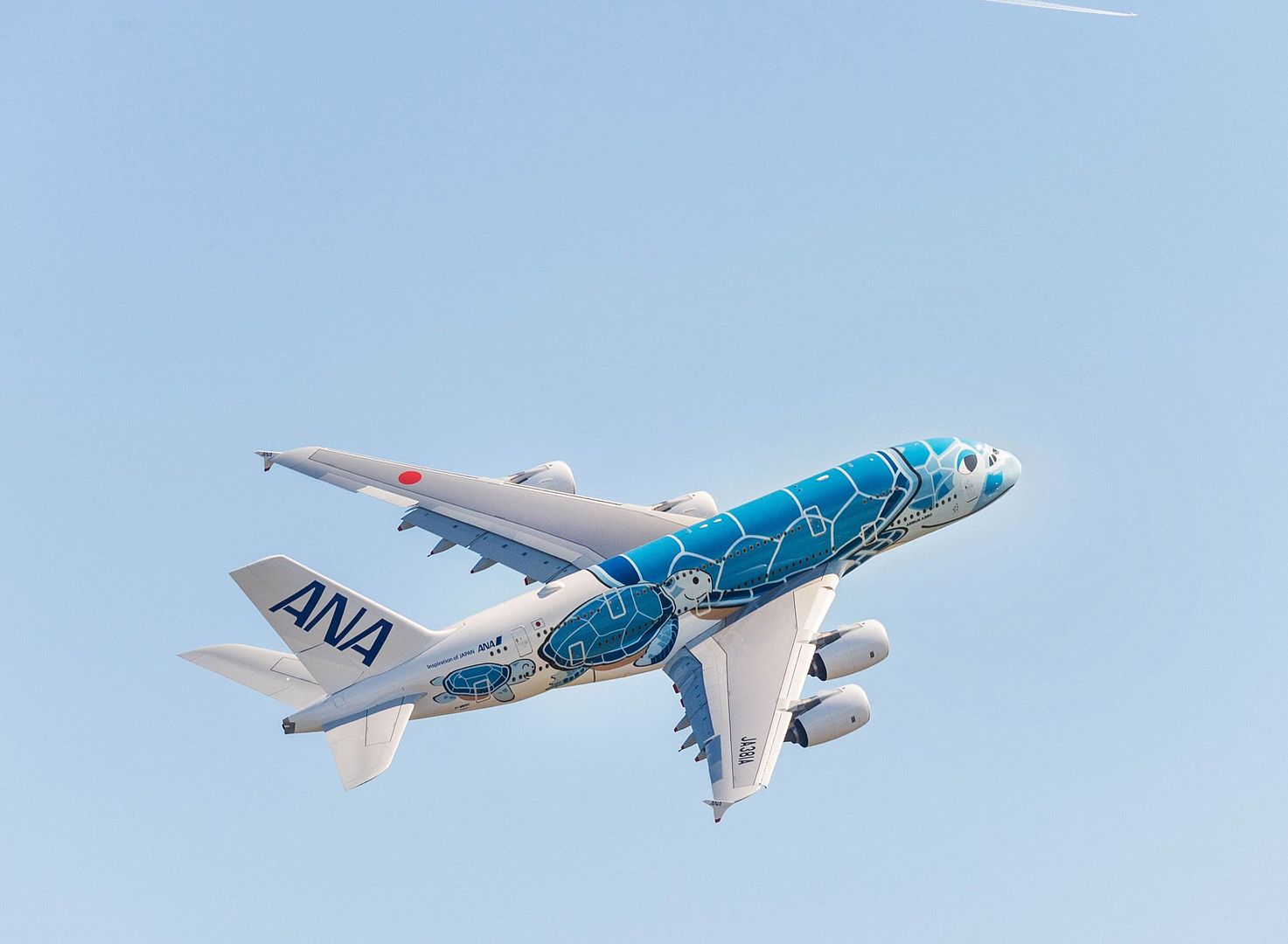
-
 Main AdminHILL AIR FORCE BASE, Utah (AFNS) -- Maintainers and pilots in the 388th Fighter Wing recently completed the first operational rapid crew swap exercise with the F-35A Lightning II.
Main AdminHILL AIR FORCE BASE, Utah (AFNS) -- Maintainers and pilots in the 388th Fighter Wing recently completed the first operational rapid crew swap exercise with the F-35A Lightning II.
"Other aircraft like bombers, tankers, helicopters, and twin engine fighters have been doing ?hot crew swaps? for some time. Until now, it hasn?t been safe to do with a single engine fighter, but the F-35?s maintenance-friendly design provided Airmen here an opportunity to develop this capability," said Col. Michael Miles, 388th Maintenance Group commander.
During a rapid crew swap, a pilot takes off, completes his mission, lands and takes on fuel while another pilot takes over the cockpit of the same fighter.
This cuts down on the number of required maintenance actions and reduces the time it takes to generate a new sortie by up to two hours, said 1st Lt. Ryan Naluai, 421st Aircraft Maintenance Unit assistant officer in charge.
?The jet?s systems report on the health of the aircraft as it is flying and after it lands. So, under these conditions, we can confidently put it back up in the air again immediately without doing a full post-operation inspection,? Naluai said. ?It?s a testament to the reliability of the F-35 and the proficiency of our maintainers.?
"During home-station flying, rapid crew swaps will allow for more sorties in a condensed period of time, which will become increasingly important as three full squadrons begin flying here," said Maj. Caleb Guthmann, 388th Fighter Wing director of staff and 34th Fighter Squadron F-35 pilot.
During wartime, it allows aircraft to continually rotate into the fight, providing combat flexibility.
?Flying more sorties with less down-time proves the capability of the F-35 to fly sustained combat operations,? Guthmann said. ?It gives us more time in the air to target bad guys and protect friendlies.?
(U.S. Air Force photo by R. Nial Bradshaw)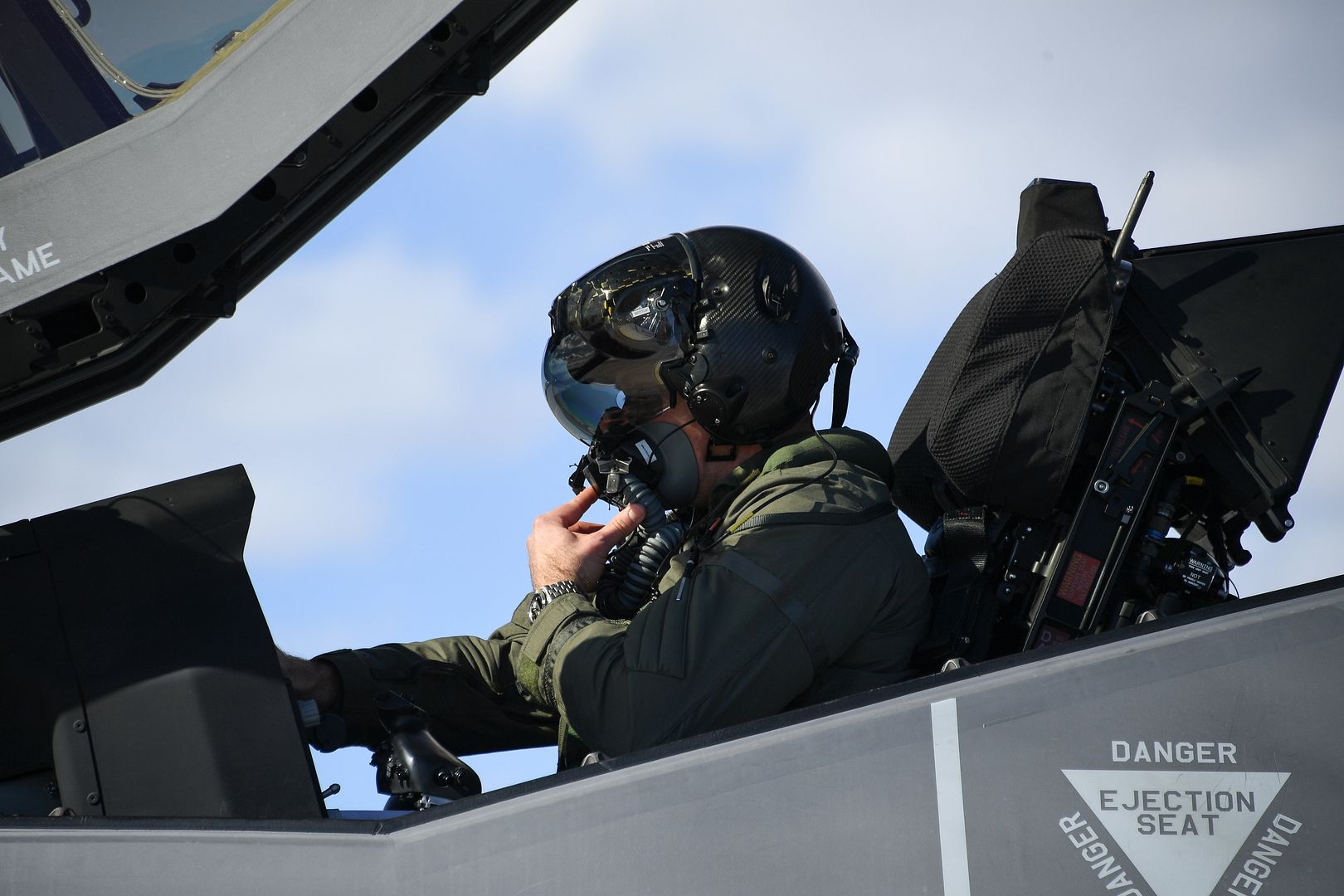
A Royal Saudi Air Force maintenance Airman walks around the F-15SA as other Airmen prepare the plane for its mission during Red Flag 19-2 at Nellis Air Force Base, March 19, 2019. Red Flag provides aircrews the experience of multiple, intensive air combat sorties in the safety of a training environment. (U.S. Air Force photo by Senior Airman Isaiah Soliz)
A Royal Saudi Air Force maintenance Airman gestures to the F-15SA aircrew via hand signals as they prepare for a mission during Red Flag 19-2 at Nellis Air Force Base, March 19, 2019. Saudi Arabia is participating in the exercise along with other allied nations and is filling the Strike role for the "Blue Force." (U.S. Air Force photo by Senior Airman Isaiah Soliz)
An F/A-18E Super Hornet, assigned to Strike Fighter Squadron (VFA) 151, lands on the flight deck of the aircraft carrier USS John C. Stennis (CVN 74) in the Arabian Sea, March 20, 2019. The John C. Stennis Carrier Strike Group is deployed to the U.S. 5th Fleet area of operations in support of naval operations to ensure maritime stability and security in the Central Region, connecting the Mediterranean and the Pacific through the western Indian Ocean and three strategic choke points. (U.S. Navy photo by Mass Communication Specialist 3rd Class Skyler Okerman)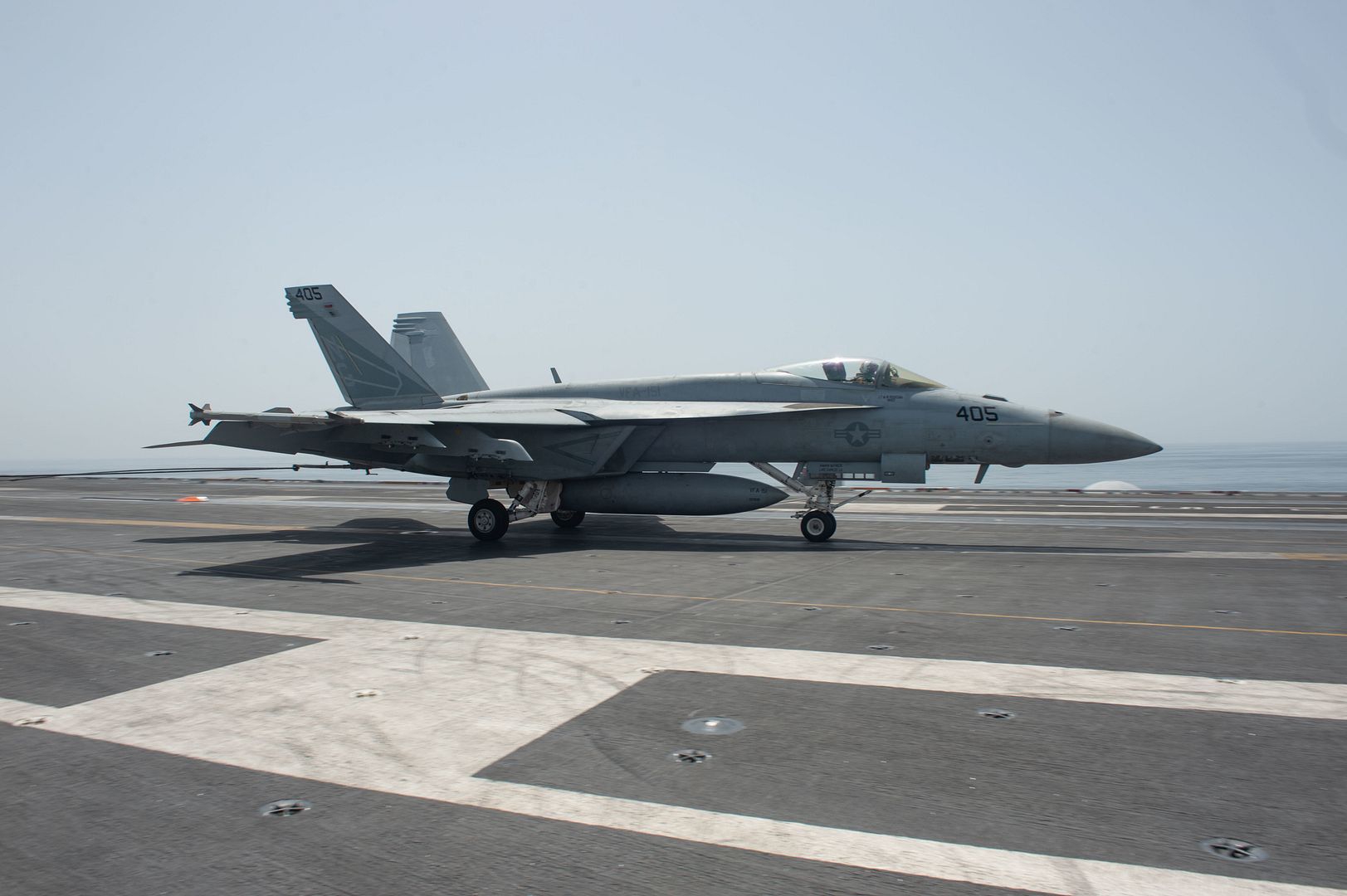
MARIETTA, Ga., March 21, 2019 ? Lockheed Martin (NYSE: LMT) delivered the first of four HC-130J Combat King II aircraft today to representatives from the New York Air National Guard?s 106th Rescue Wing (RQW).
This HC-130J will be operated by the 102nd Rescue Squadron (RQS) at Francis S. Grabreski Air National Guard Base, New York. The 102nd RQS, which is part of the 106th Rescue Wing (RQW), currently operates a legacy fleet of HC-130P/N variant Combat King I aircraft, which will be replaced by four new HC-130Js. The squadron will use its HC-130Js to refuel the New York Air National Guard?s 101st RQS HH-60G Pave Hawk helicopters, which were manufactured by Lockheed Martin?s Sikorsky business in Stratford, Connecticut.
Like others in the U.S. Air Force Rescue community, the 106th RQW lives by the motto, "That Others May Live," which reflects its mission of supporting combat search and rescue anywhere in the world. Crews from the 106th RQW rely on HC-130s to extend the range of combat search and rescue helicopters by providing air refueling in hostile or contested airspace. Other mission capabilities include performing tactical delivery of pararescue teams, small bundles, zodiac watercraft or four-wheel drive all-terrain vehicles; and providing direct assistance to survivors in advance of a recovery vehicle.
"The HC-130 Hercules aircraft has been an essential part of the 106th?s Rescue Wing?s fleet for many decades, supporting these brave Airmen in meeting their mission requirements time and time again,? said Ray Burick, vice president of Domestic Programs for Lockheed Martin?s Air Mobility & Maritime Missions line of business. ?The Lockheed Martin team is proud to provide the N.Y. Air National Guard with new HC-130Js that deliver increased power, capability and performance to support their crews in doing what they do best: saving lives and protecting the people they serve.?
The HC-130J is the only dedicated fixed-wing personnel recovery platform in the Air Force and Air National Guard. The HC-130J supports missions in adverse weather and geographic environments, including reaching austere locations. The HC-130J is also tasked for airdrop, airland, and helicopter air-to-air refueling and forward-area ground refueling missions. It also supports humanitarian aid operations, disaster response, security cooperation/aviation advisory, emergency aeromedical evacuation and noncombatant evacuation operations.
The HC-130J is one of eight production variants of the C-130J Super Hercules, the current production model of the legendary C-130 Hercules aircraft. With 400+ aircraft delivered, the C-130J is the airlifter of choice for 20 nations. The global Super Hercules fleet has more than 1.9 million flight hours of experience supporting almost any mission requirement ? any time, any place.
The U.S. government operates the largest C-130J Super Hercules fleet in the world. This delivery continues the U.S. government's transition to the C-130J as the common platform across Air Mobility Command, Air Force Special Operations Command, Air Combat Command, U.S. Coast Guard and U.S. Marine Corps. The Air National Guard and Air Force Reserve Command currently operate a mixed fleet of C-130J and older Hercules aircraft.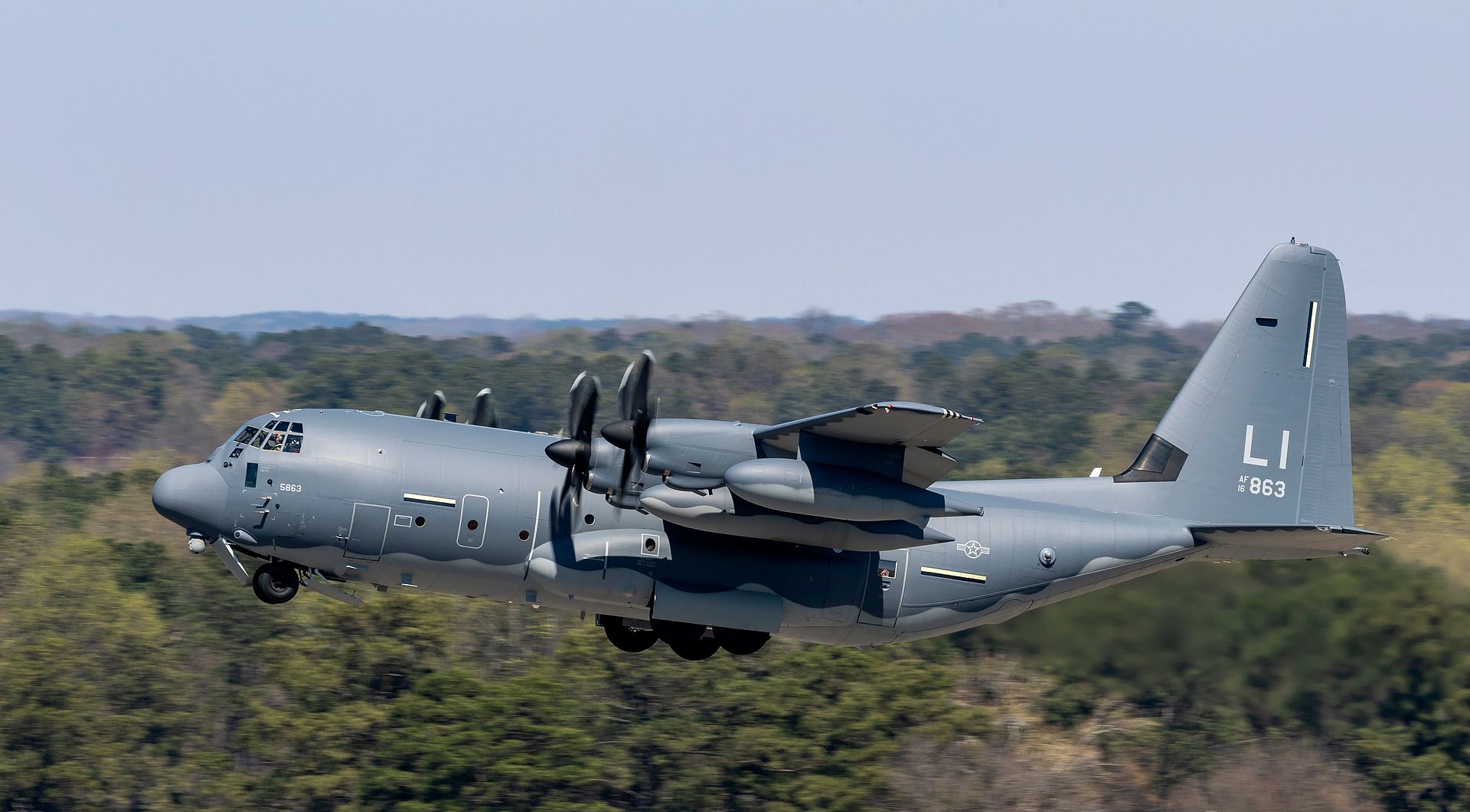
WEST PALM BEACH, Fla., March 21, 2019 /PRNewswire/ -- The Sikorsky-Boeing SB>1 DEFIANT? helicopter achieved first flight today at Sikorsky's West Palm Beach, Florida site. This revolutionary aircraft, developed by Sikorsky, a Lockheed Martin Company (NYSE: LMT), and Boeing (NYSE: BA), will help inform the next generation of military helicopters as part of the U.S. Army's Future Vertical Lift program.
"DEFIANT is designed to fly at nearly twice the speed and has twice the range of conventional helicopters while retaining the very best, if not better low-speed and hover performance of conventional helicopters," said Dan Spoor, vice president, Sikorsky Future Vertical Lift. "This design provides for exceptional performance in the objective area, where potential enemy activity places a premium on maneuverability, survivability and flexibility. We are thrilled with the results of today's flight and look forward to an exciting flight test program."
With its two coaxial main rotors and rear-mounted pusher propulsor, DEFIANT is unlike production rotorcraft available today. It represents a leap forward in technology to achieve the U.S. government's desire for vast increases in speed and range, while improving maneuverability and survivability in a cost-effective way. DEFIANT aircraft's use of X2? Technology will allow the Army to penetrate from strategic standoff and exploit gaps created in complex Anti-Access Area Denial systems against near-peer adversaries.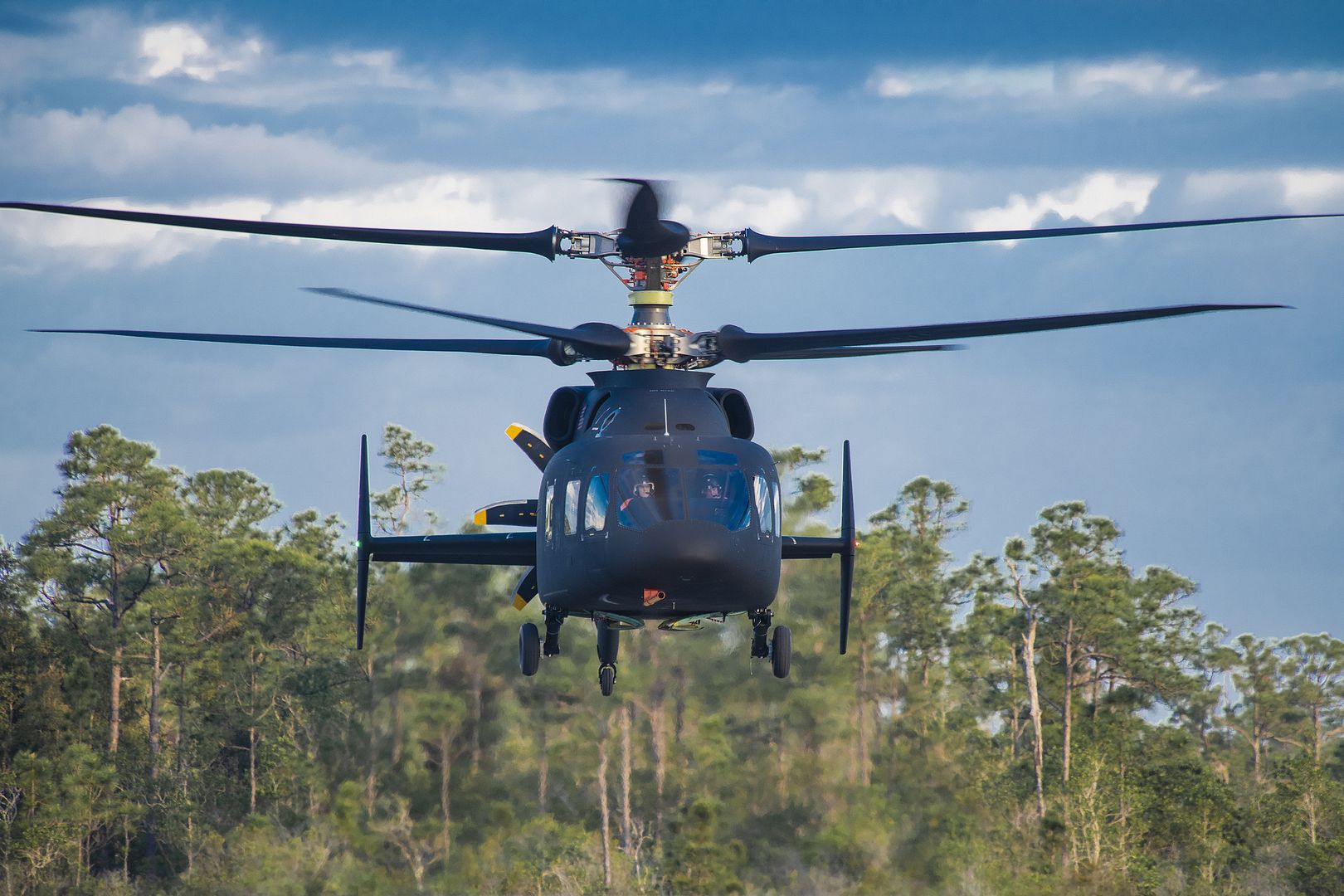
"The design and development of DEFIANT has revealed the capability advancement that is truly possible for Future Vertical Lift," said David Koopersmith, vice president and general manager, Boeing Vertical Lift. "Clearly, the performance, speed, and agility of DEFIANT will be a game changer on the battlefield and we look forward to demonstrating for the U.S. Army the tremendous capabilities of this aircraft."
The helicopter is participating in the Army's Joint Multi-Role-Medium Technology Demonstrator program. Data from DEFIANT will help the Army develop requirements for new utility helicopters expected to enter service in the early 2030s. This flight marks a key milestone for the Sikorsky-Boeing team, and is the culmination of significant design, simulation and test activity to further demonstrate the capability of the X2 Technology.
X2 Technology is scalable to a variety of military missions such as attack and assault, long-range transportation, infiltration and resupply. DEFIANT is the third X2? aircraft in less than 10 years.
For more information, visit www.lockheedmartin.com/defiant and www.boeing.com/defense/future-vertical-lift/.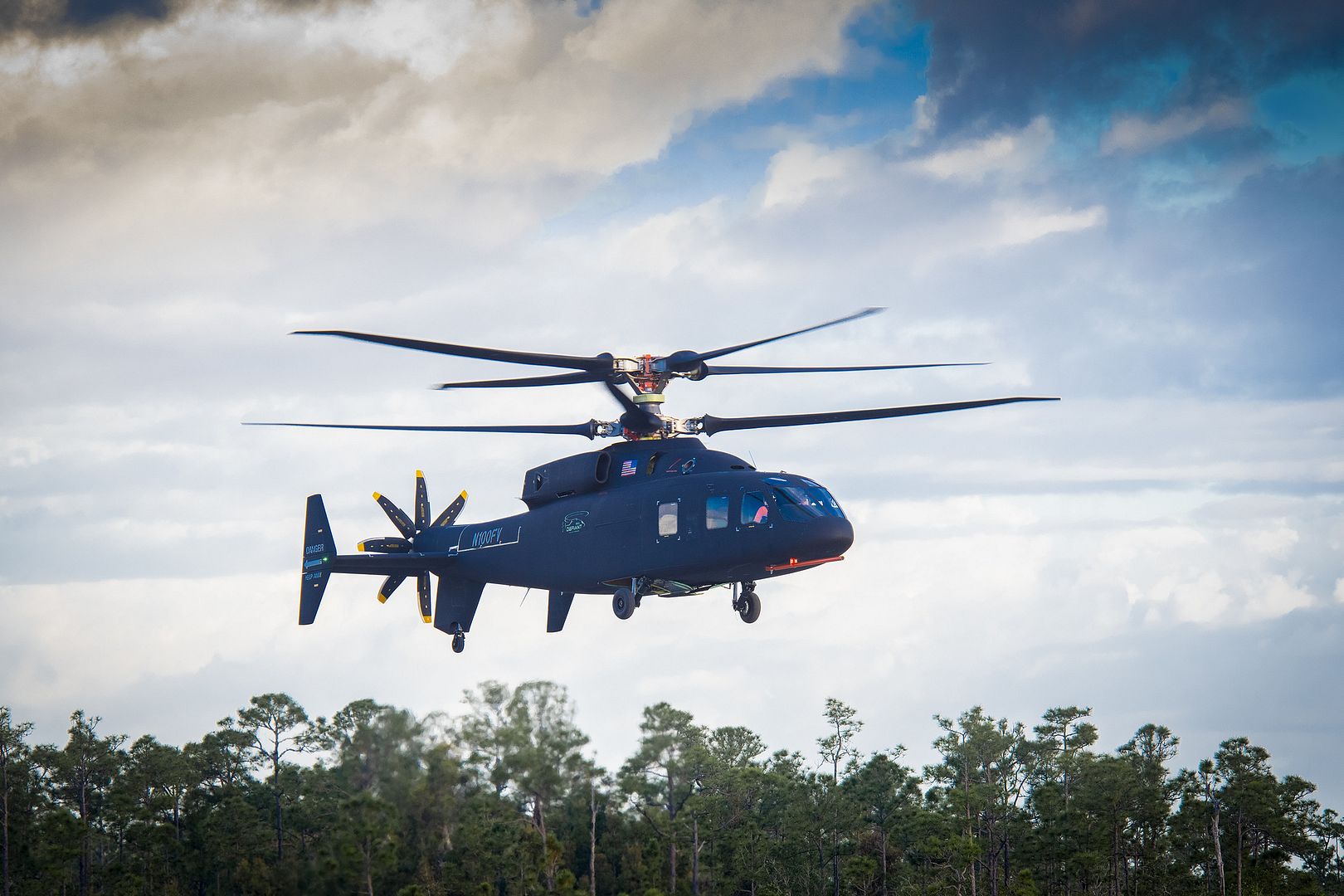
ARLINGTON, Va., March. 20, 2019 ? With a three-year contract award for 78 F/A-18 Block III Super Hornets, Boeing [NYSE: BA] will play a vital role in the U.S. Navy?s fleet modernization efforts.
The Block III configuration adds capability upgrades that include enhanced network capability, longer range, reduced radar signature, an advanced cockpit system and an enhanced communication system. Boeing will begin converting existing Block II Super Hornets to Block III early in the next decade. The fighter?s life also will be extended from 6,000 hours to 10,000 hours.
This new multi-year contract benefits the U.S. Navy and Boeing by allowing both to schedule future production and Navy officials estimate this multi-year model saves a minimum of $395 million on this contract valued at approximately $4 billion.
?This multiyear contract will provide significant savings for taxpayers and the U.S. Navy while providing the capacity it needs to help improve readiness,? said Dan Gillian, vice president of F/A-18 and EA-18G programs. ?A multiyear contract helps the F/A-18 team seek out suppliers with a guaranteed three years of production, instead of negotiating year to year. It helps both sides with planning, and we applaud the U.S. Navy on taking the appropriate steps needed to help solve its readiness challenges.?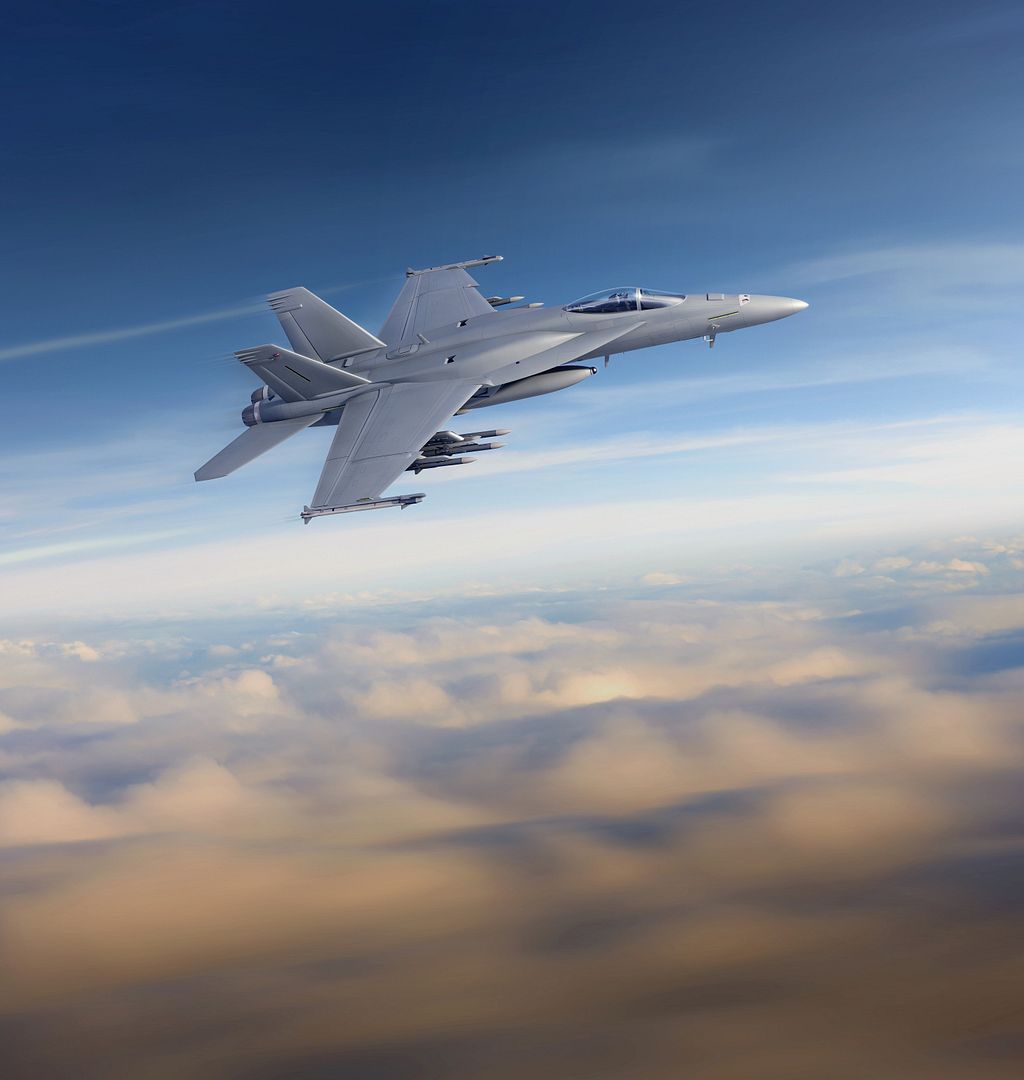
Madrid, 21 March 2019 ?The Border Service of the Republic of Kazakhstan has signed a firm order for one C295 medium transport aircraft.
Through this new agreement, which includes training, spares and ground support equipment, the overall C295 fleet operating in Kazakhstan will increase to nine aircraft.
The new C295, in transport configuration, will play a vital role in border control activities and homeland security operations due to its demonstrated reliability and cost efficiency in operation at low temperatures.
With this new order, the Border Service of Kazakhstan becomes the 31st operator of the C295 and brings the total number of orders up to 13 aircraft in the CIS.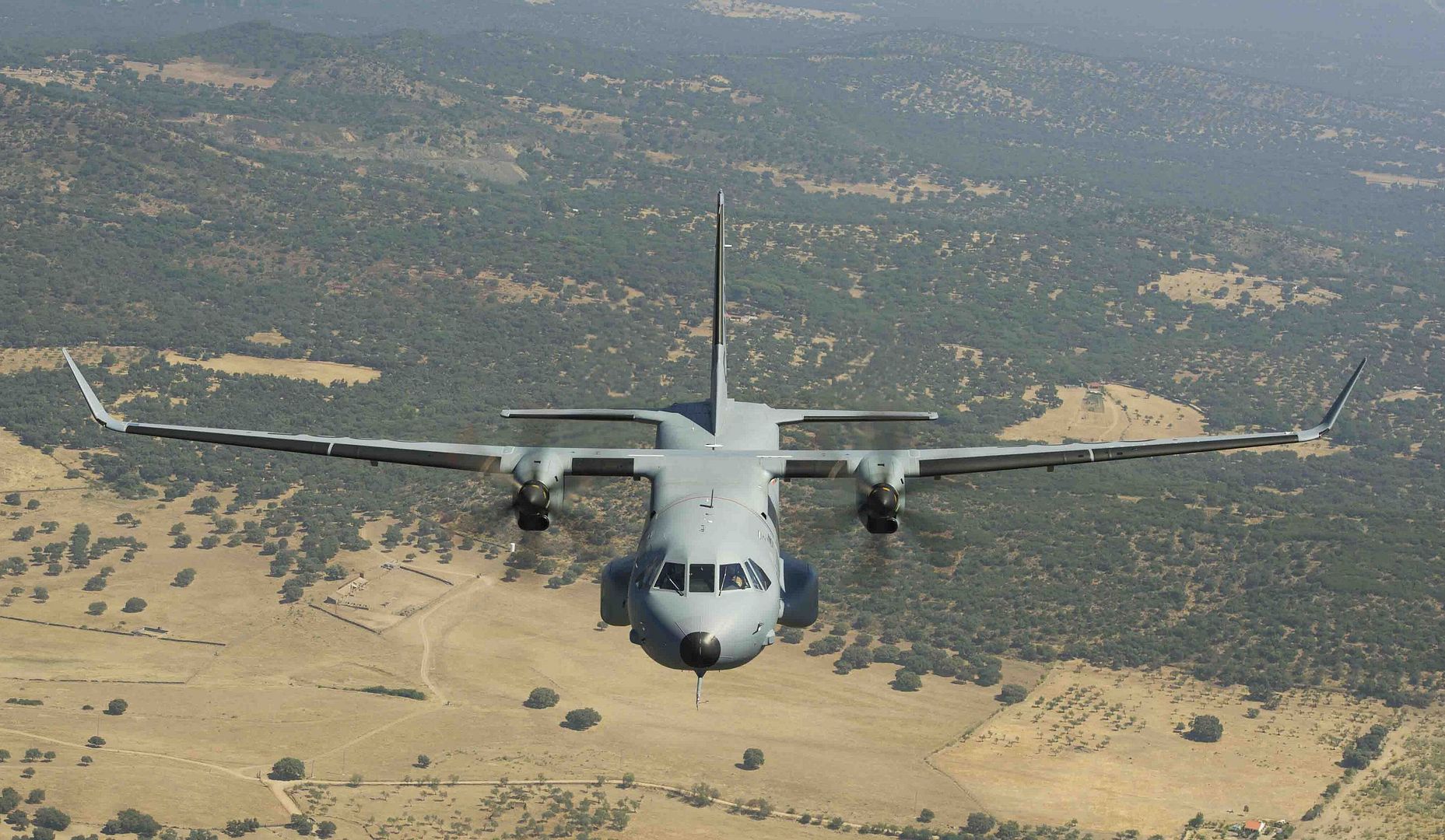
Post a reply
- Go to Previous topic
- Go to Next topic
- Go to Welcome
- Go to Introduce Yourself
- Go to General Discussion
- Go to Screenshots, Images and Videos
- Go to Off topic
- Go to Works in Progress
- Go to Skinning Tips / Tutorials
- Go to Skin Requests
- Go to IJAAF Library
- Go to Luftwaffe Library
- Go to RAF Library
- Go to USAAF / USN Library
- Go to Misc Library
- Go to The Ops Room
- Go to Made in Germany
- Go to Campaigns and Missions
- Go to Works in Progress
- Go to Juri's Air-Raid Shelter
- Go to Campaigns and Missions
- Go to Works in Progress
- Go to Skinpacks
- Go to External Projects Discussion
- Go to Books & Resources
